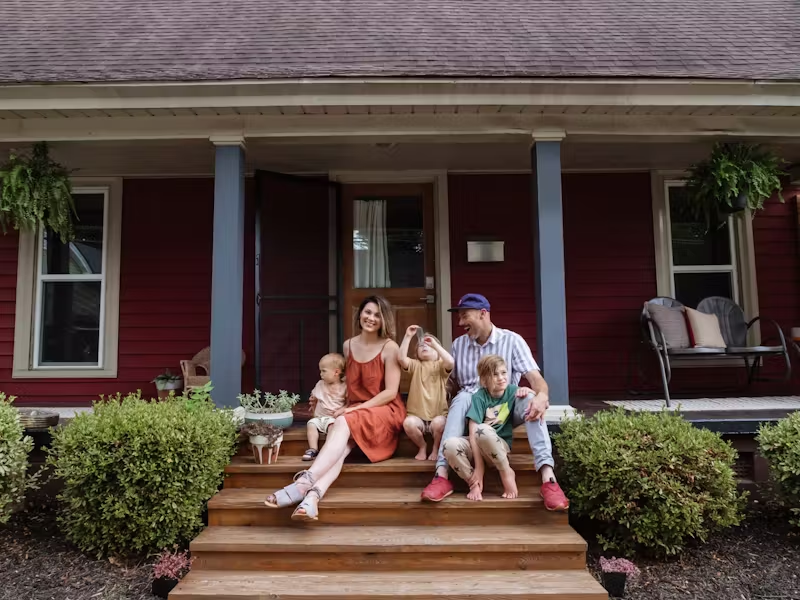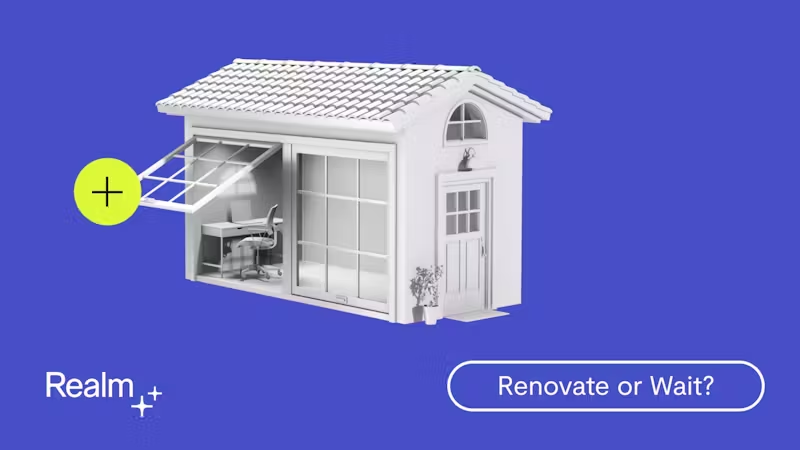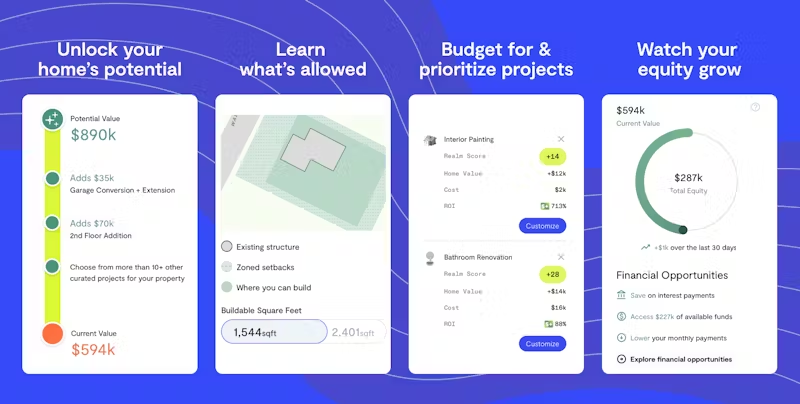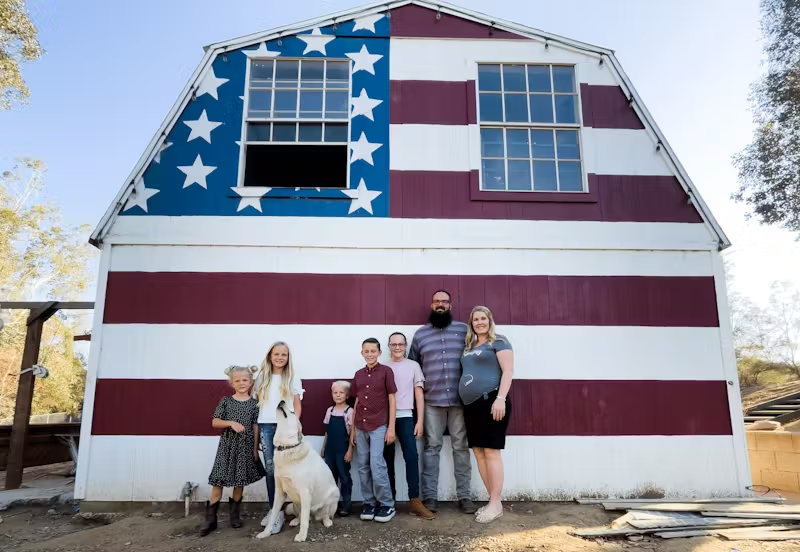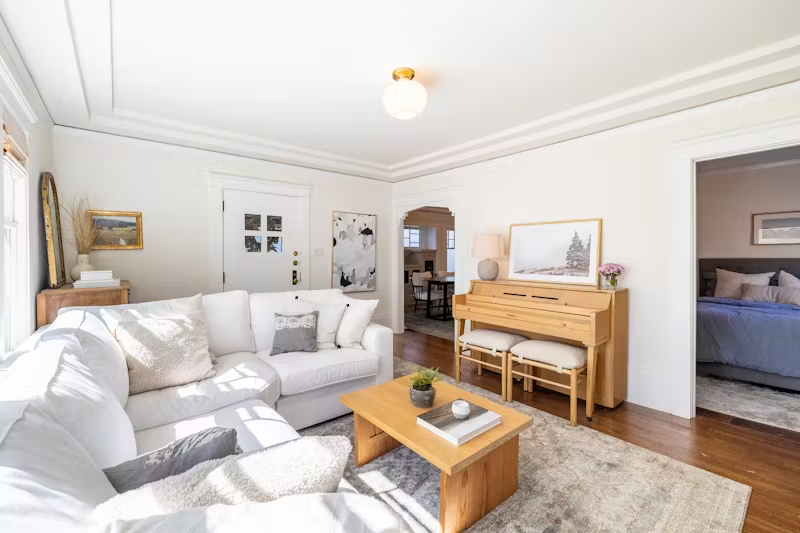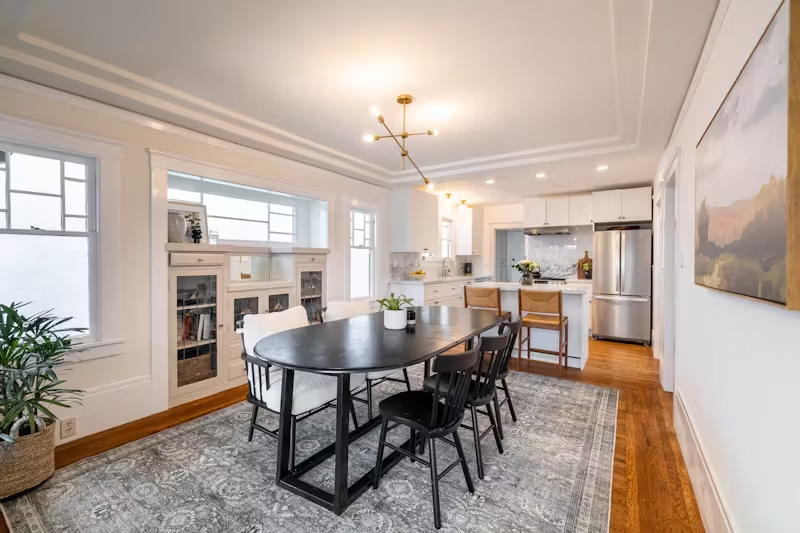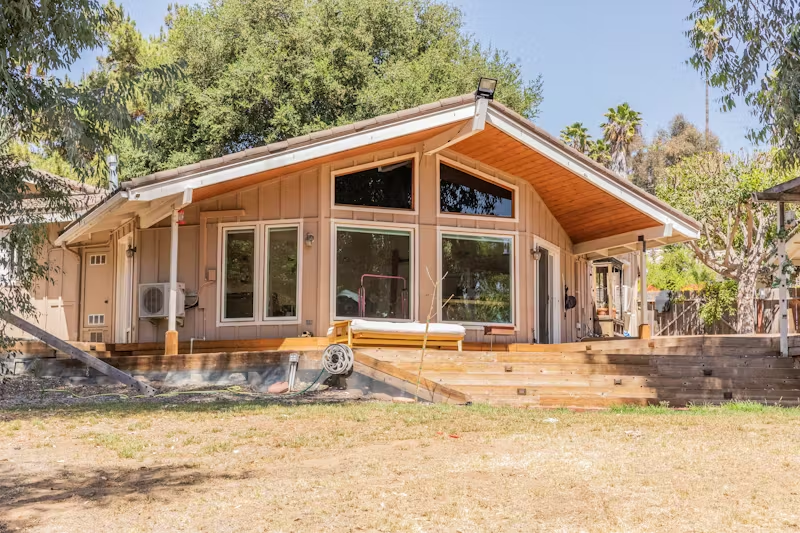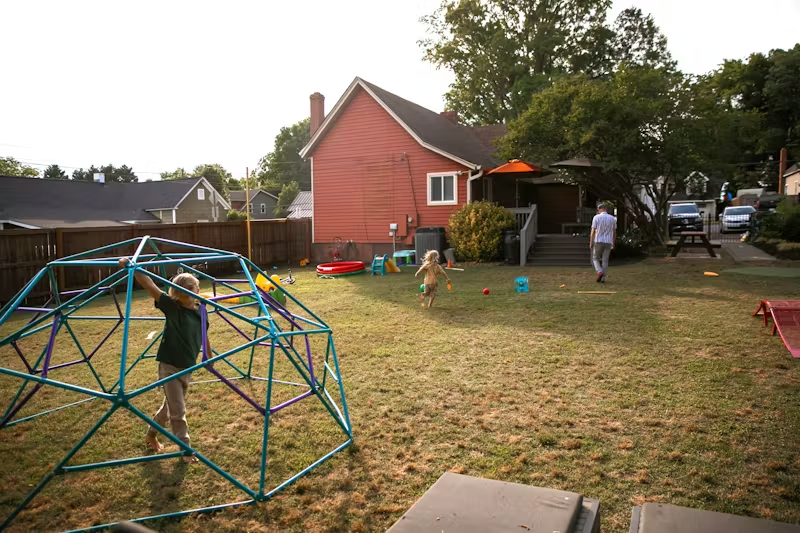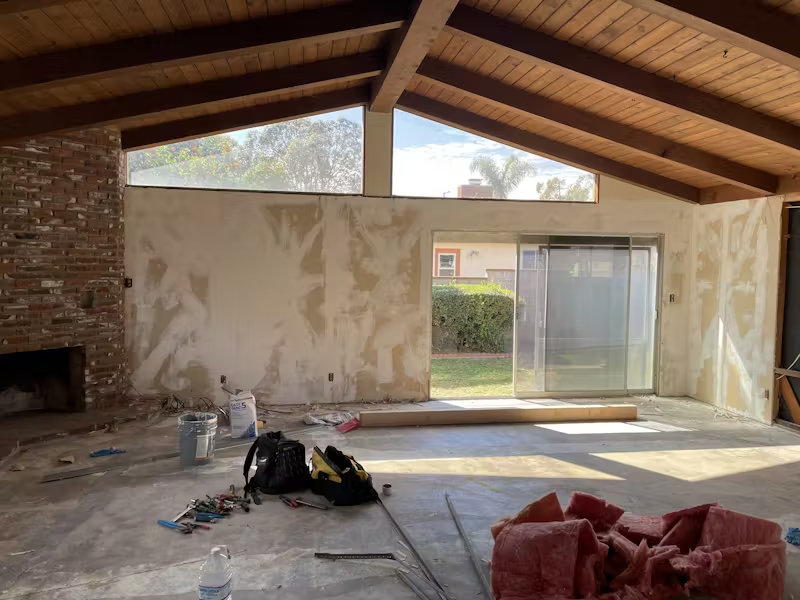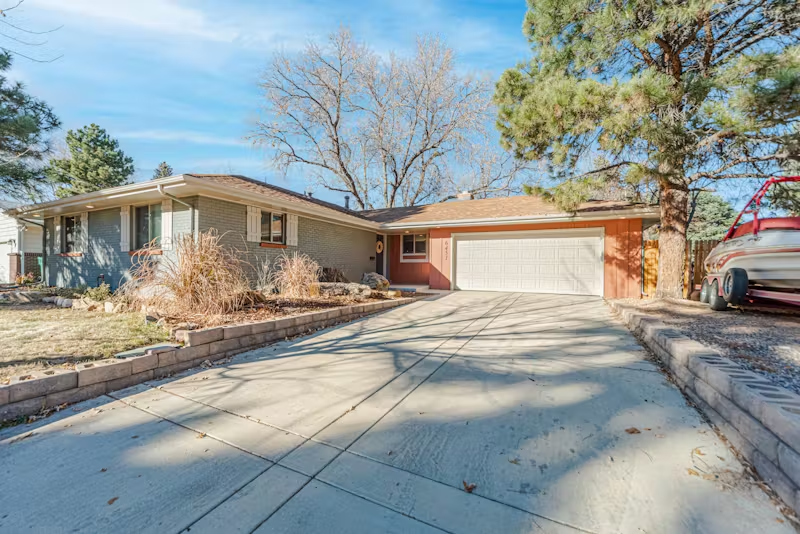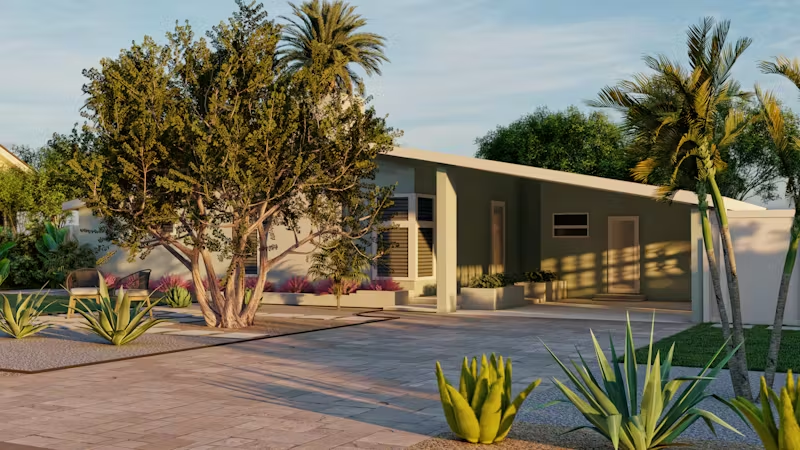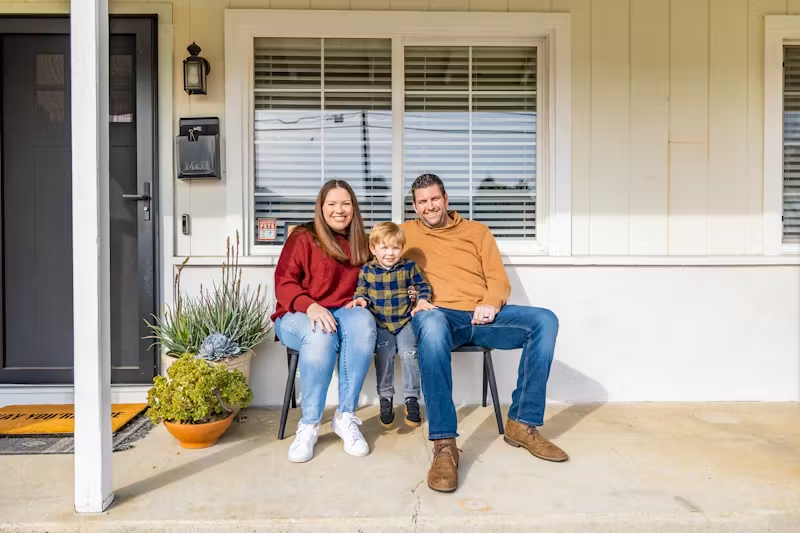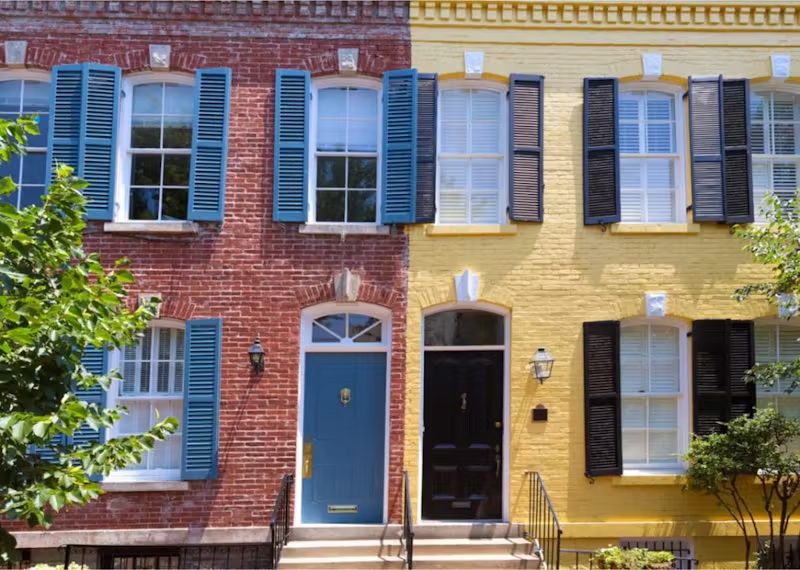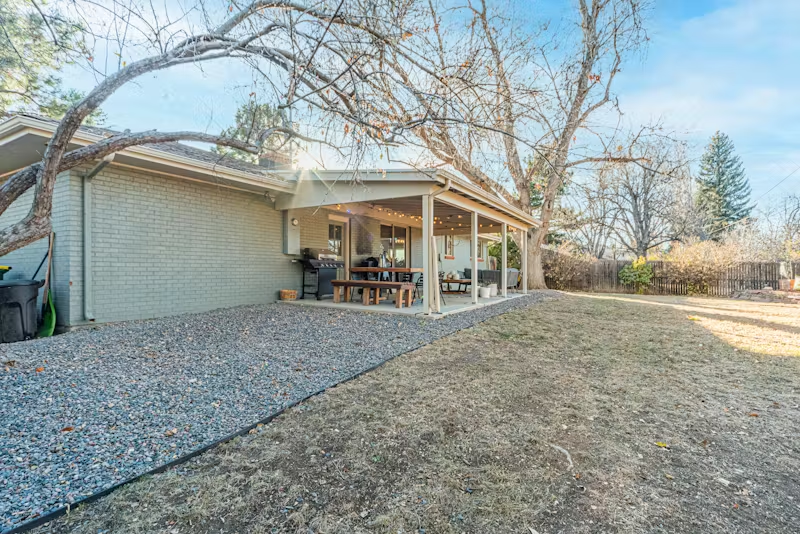Average Basement Finishing Costs: A Complete Breakdown
Get the average cost to finish a basement, plus a clear breakdown of expenses, key factors, and tips to help you plan your basement remodel budget.
|
September 22, 2025
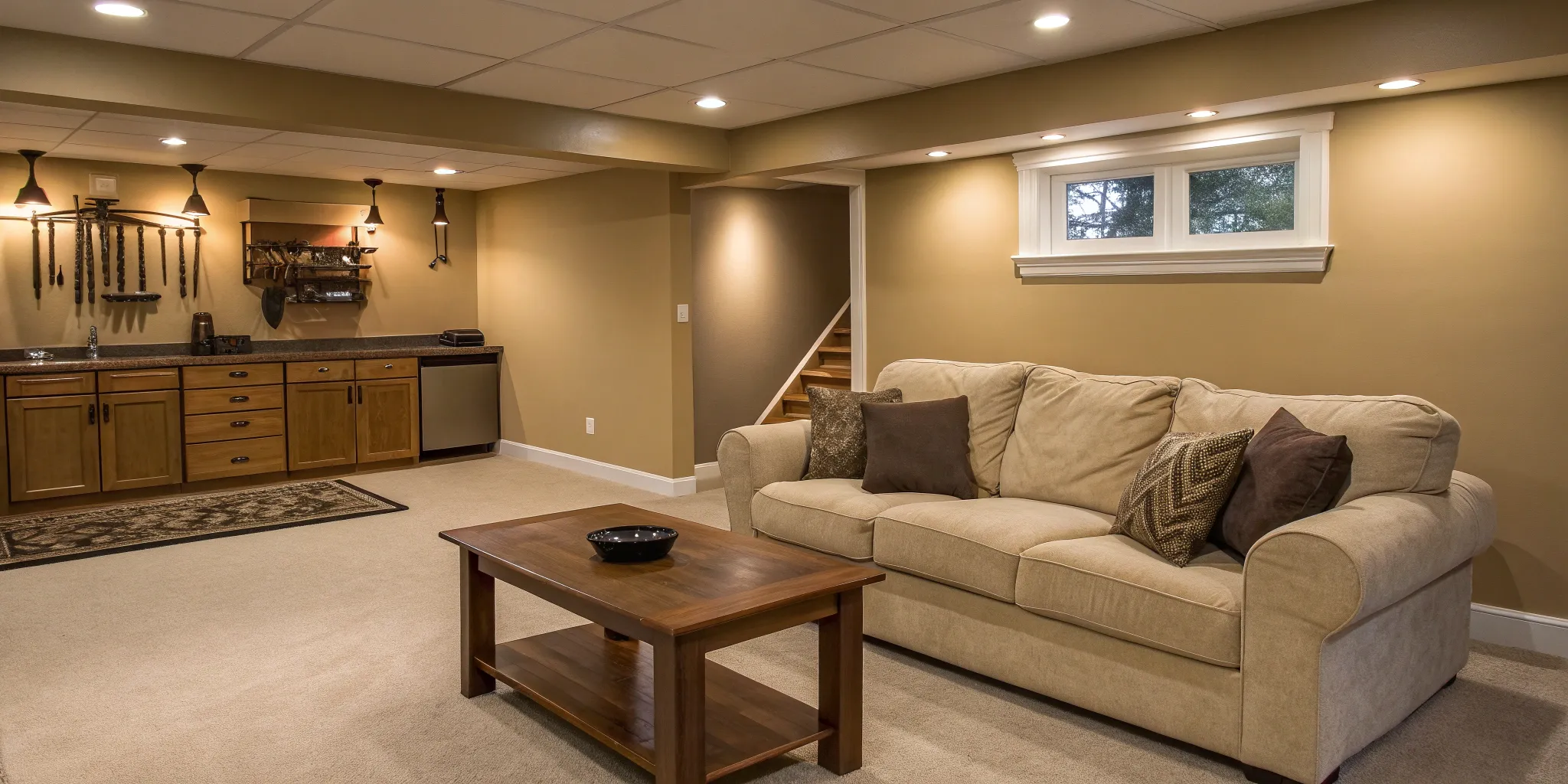
In this article:
That concrete box downstairs holds so much potential. It could be a cozy family room, a quiet home office, or the guest suite you’ve always wanted. But before you start picking out paint colors, there’s one big question: What will it actually cost? The final price tag can feel like a moving target, influenced by everything from your zip code to your taste in flooring. While the average cost to finish a basement provides a helpful starting point, it doesn’t tell the whole story. This guide will break down all the expenses, from foundation work to premium features, so you can build a realistic budget and turn that untapped space into a valuable part of your home.
Key Takeaways
- Account for the Full Project Scope: Your final budget isn't just about flooring and paint. Factor in foundational costs like waterproofing, permits, and professional labor, and always include a 10-20% contingency fund for unexpected issues.
- Prioritize a Dry and Safe Foundation: Before any walls go up, address all moisture problems and hire licensed pros for critical systems like electrical and plumbing. Skipping these steps can lead to costly and dangerous problems down the road.
- Make Strategic Choices to Control Costs: You can save significantly without sacrificing quality by getting multiple detailed quotes, choosing durable material alternatives like luxury vinyl plank, and considering an open-concept design to reduce construction expenses.
What Does It Cost to Finish a Basement?
Figuring out the budget for finishing your basement can feel like trying to hit a moving target. The final price tag depends on everything from the size of your space to the finishes you choose. But don't worry—while there’s no single magic number, we can break down the costs so you can create a realistic budget. Think of these numbers as a starting point to help you plan your project with confidence.
The National Average
Let's start with the big picture. On average, homeowners across the country spend about $32,000 to finish a basement. However, the full range is quite wide, stretching from as low as $2,800 for a simple project to over $100,000 for a high-end conversion. This huge gap comes down to the key cost drivers: the price of materials, the cost of labor in your area, any special appliances you add, and the permits required. It’s a helpful baseline, but your specific project will have its own unique costs.
How Location Affects Your Cost
Where you live plays a major role in your total budget. If you’re in a city with a higher cost of living, like San Diego or the SF Bay Area, you can expect to pay more for both labor and materials. Local market conditions directly influence what contractors charge per hour. Plus, if your home is in a dense urban area or has tricky access, getting materials and equipment to the site can add to the expense. It’s always a good idea to research local rates before you get too deep into planning.
Breaking It Down by Square Foot
A more practical way to estimate your cost is to look at it per square foot. Generally, you can expect to pay between $7 and $23 per square foot for a basic basement finish. For example, turning a 1,000-square-foot basement into a simple, open living area would likely cost between $7,000 and $23,000. This calculation typically covers essentials like framing, drywall, basic flooring, and electrical work. Keep in mind that this is a foundational estimate—adding features like a bathroom or wet bar will increase the cost from here.
What's the Return on Investment?
Here’s the good news: finishing your basement is a smart financial move. Not only do you get more usable living space, but you also add significant value to your home. When it comes time to sell, you can typically expect a return on investment (ROI) of around 70% for a basement remodel. By converting an unfinished area into a functional living space—whether it's a family room, home office, or guest suite—you’re making your property much more attractive to future buyers. It’s one of the few home projects that pays you back in both enjoyment and equity.
Breaking Down the Core Costs
Finishing your basement is more than just one big project; it's a series of smaller projects that come together to create your new living space. Understanding where your money is going is the first step to building a realistic budget that you can stick to. Let's walk through the main expenses you can expect, from the ground up, so you can plan your renovation with confidence. Each stage has its own costs, and knowing what they are ahead of time can prevent surprises down the road.
Foundation and Waterproofing
Before you can even think about paint colors or furniture, you have to ensure your basement is a healthy, dry space. This is your starting line. Any existing issues, like foundation cracks or moisture problems, need to be addressed first. As one expert notes, "Addressing foundation cracks, waterproofing, or electrical updates can significantly impact your budget." Investing in proper waterproofing isn't just a recommendation; it's essential for protecting your entire investment from mold, mildew, and water damage. Think of it as the solid, reliable base for everything else you plan to build.
Framing and Drywall
Once your foundation is secure, it's time to give your basement some shape. This is where you start to see rooms emerge from the open space. Framing and drywall are what "turn it into a usable living space," creating the walls that will define your new bedroom, home office, or entertainment area. This stage involves building the skeleton of your new rooms with wood or metal studs and then covering them with drywall. The cost here will depend on the complexity of your layout—the more walls and corners you have, the more you can expect to spend on labor and materials.
Flooring
The floor you choose has a huge impact on both the look and feel of your basement. It also plays a big role in your budget. Overall, you can expect flooring to cost between $1,500 and $4,500, but the material you select makes all the difference. For example, durable and popular options like luxury vinyl plank or laminate typically run from $3 to $11 per square foot. If you're dreaming of hardwood, be prepared for a higher price tag of up to $22 per square foot. When making your choice, consider both your style and the practicalities of a below-ground space, where moisture-resistant flooring is always a smart move.
Electrical and Plumbing
Functionality is key, and that means getting your electrical and plumbing systems right. This is definitely not a DIY job. Electrical work for a basement can average around $5,300, covering outlets, lighting, and wiring to code. If you're adding a bathroom or a wet bar, plumbing costs can range anywhere from $2,500 to $15,000, depending on the complexity. Because these systems are so critical for safety and daily use, it's vital that the work is "done by licensed professionals." This ensures everything is up to code and built to last, giving you peace of mind.
HVAC
To make your basement a truly comfortable living area, you can't forget about heating, ventilation, and air conditioning (HVAC). A properly installed system keeps the temperature stable and the air quality healthy, which is especially important in a space that can be prone to dampness. You'll likely need to extend your existing ductwork or add a dedicated system, like a mini-split, to manage the climate effectively. Just like with electrical and plumbing, this is a job for the pros. A qualified HVAC technician can assess your needs and ensure your new space is comfortable year-round.
Permits and Inspections
Last but not least is the paperwork. It might not be the most exciting part of the project, but it's one of the most important. You should budget between $1,200 and $2,000 for the necessary building permits and inspections. These fees ensure your project is legally compliant and meets local safety standards. Skipping this step can lead to major headaches, including fines, trouble selling your home later, or even being forced to tear out the work you just paid for. Working with a dedicated project advisor can help you manage this process smoothly, so you know everything is done by the book.
What Factors Influence Your Budget?
Your final basement finishing cost is a puzzle with several key pieces. Understanding what drives the price up or down will help you create a realistic budget from the start. Let's look at the main factors that will shape your project's bottom line.
The Size of Your Space
It’s no surprise that the bigger the basement, the more it will cost to finish. The total square footage directly impacts the amount of materials you’ll need—from framing studs and drywall to flooring and paint. A larger space also requires more labor hours to complete. For perspective, finishing a 1,000-square-foot basement can range from $7,000 to over $23,000. This wide range shows how size is just the starting point. The complexity of your design and the finishes you choose will ultimately determine where you land within that spectrum. Thinking about how you'll plan your new space early on can help you manage costs effectively.
Quality of Labor and Materials
The choices you make here have the single biggest impact on your budget. Materials often account for 70% or more of the total project cost, so your selections matter. Luxury vinyl tile will cost more than basic carpeting, and custom cabinetry is a bigger investment than stock options. Similarly, labor can make up 20% or more of your final bill. While it might be tempting to go with the lowest bid, hiring skilled, vetted professionals is crucial for a quality result that lasts. Investing in the right team and materials from the start prevents costly rework and ensures your new space is both beautiful and safe.
Local Building Codes
Every renovation project has to follow local rules, and finishing a basement is no exception. Your city or county has specific building codes that dictate requirements for things like ceiling height, electrical wiring, plumbing, and emergency exits (egress windows). To ensure your project is compliant, you’ll need to secure permits before work begins and schedule inspections at key stages. Skipping this step can lead to fines, orders to tear out finished work, and major headaches down the line. Factoring permit fees and any necessary code-related upgrades into your initial renovation budget is a non-negotiable part of smart project planning.
Your Basement's Current Condition
The state of your basement before you begin is a major cost factor. Are you starting with a clean, empty concrete box, or is there an old, partially finished space that needs to be demolished? A raw, unfinished basement is a blank slate, but it might need significant prep work. If the foundation has cracks, the concrete floor is uneven, or there are signs of moisture, you’ll need to address those foundational repairs first. These fixes are critical for the longevity of your finished space and will add to the overall cost. The more prep work required, the more you should allocate for labor and materials at the outset.
Potential Hidden Costs
Even the best-laid plans can encounter surprises, especially when you start opening up walls. It’s wise to set aside a contingency fund—typically 10% to 20% of your total budget—to cover unexpected expenses. Common hidden costs in a basement remodel include updating old electrical wiring to handle new lighting and outlets, extending HVAC ductwork for proper heating and cooling, or adding structural support beams. One of the most damaging and costly oversights is ignoring moisture problems. A small leak or persistent dampness must be professionally resolved before any finishing work begins. An expert advisor can help you anticipate these potential issues during the planning phase.
The Cost of Premium Features
Once you’ve covered the basics of finishing your basement, it’s time to think about the features that will transform it from a simple room into a functional, enjoyable part of your home. These premium additions are where you can truly customize the space to fit your lifestyle, whether you’re dreaming of a guest suite, a home theater, or a family game room.
While these features add significant value and utility, they are also major drivers of your total project cost. A full bathroom and a wet bar, for example, require extensive plumbing and electrical work that a simple open-plan room wouldn't. Understanding how these popular upgrades impact your budget is key to planning a renovation that meets your needs without any financial surprises. Let’s break down the costs associated with some of the most common premium basement features.
Adding a Bathroom
A bathroom is one of the most requested features for a finished basement, and for good reason—it adds convenience and makes the space truly livable as a guest suite or entertainment area. However, it's also one of the biggest investments you'll make. The cost comes from extending plumbing lines, installing ventilation, and purchasing fixtures like a toilet, sink, and shower. As one homeowner noted, the kitchen and bathroom are often the biggest drivers of the total project cost. Tiling, lighting, and cabinetry also add to the final price tag, so your material choices here will play a big role.
Installing a Kitchen or Wet Bar
Adding a kitchen or wet bar can turn your basement into the ultimate hub for entertaining. A simple wet bar might just include a sink, a mini-fridge, and some counter space. A more elaborate setup could feature a full-size refrigerator, dishwasher, stove, and custom cabinets. This addition requires significant plumbing and electrical work, similar to a bathroom. Planning for a kitchen and bar area with multiple appliances and a long countertop will naturally increase your budget, but it also adds a huge amount of functionality and appeal for hosting friends and family.
Creating Entertainment Areas
A finished basement is the perfect canvas for creating dedicated entertainment zones, like a home theater, game room, or kids' play area. While the costs here can vary widely, you’ll need to budget for specialized electrical work, such as wiring for surround sound, projectors, or specific lighting. Beyond just adding a fun space, finishing your basement can also increase your home's value and make it more energy-efficient. Thinking about how you’ll use the space for entertainment early on helps ensure all the necessary infrastructure is built into your plan from the start.
Building Custom Storage
Don't underestimate the power of good storage. While it might not be as exciting as a home theater, thoughtfully designed storage is what keeps your new space functional and clutter-free. A common mistake homeowners make is neglecting storage options during the design phase. Custom built-in shelving, closets, and cabinets can be tailored to your specific needs, whether it's for storing seasonal decor, board games, or exercise equipment. While custom solutions cost more than standalone furniture, they maximize every square inch of your space and create a seamless, high-end look.
Installing Egress Windows
Safety should always be a top priority. If you plan to use any part of your basement as a bedroom or living area, building codes will likely require an egress window. This is a window large enough for a person to exit through in an emergency. Installing an egress window can be a significant expense because it often involves cutting into your foundation and excavating soil from the outside to create a window well. While it’s a costly feature, it’s a non-negotiable safety requirement for creating a legal and safe living space.
Selecting High-End Finishes
The materials you choose have a massive impact on your final budget. In fact, finishes can make up 70% or more of your total renovation cost. This includes everything from flooring and paint to light fixtures and hardware. For example, flooring costs can range from just a few dollars per square foot for basic vinyl to much more for hardwood or premium tile. Opting for high-end finishes like stone countertops, custom cabinetry, or designer lighting will create a luxurious feel but will also increase your project's bottom line. This is an area where you have a lot of control over your spending.
Budgeting Mistakes to Avoid
A successful basement remodel hinges on a realistic and comprehensive budget. It’s easy to get excited about design choices and finishes, but overlooking key financial details can lead to frustrating delays and unexpected expenses. Thinking through your budget carefully from the start is the best way to ensure your project stays on track and you end up with a space you love, without the financial stress. Let’s walk through some of the most common budgeting mistakes so you can steer clear of them.
Underestimating the Total Cost
One of the biggest hurdles homeowners face is miscalculating the true cost of finishing a basement. It’s more than just drywall and flooring. Often, the initial estimate doesn't account for necessary but less glamorous work. For example, your project might require electrical upgrades to handle new lighting and outlets, HVAC adjustments to ensure the space is comfortable, or even structural reinforcements. These "hidden" expenses can quickly inflate your budget if you haven't planned for them. A detailed project plan from a trusted advisor can help you see the full picture from day one, preventing sticker shock down the line.
Forgetting About Future Needs
When designing your new basement, it’s natural to focus on what you need right now. But a common oversight is failing to consider your long-term needs, especially when it comes to storage. A basement can quickly become cluttered without dedicated storage solutions. Before you finalize your plans, think about how your family might use the space in five or ten years. Will you need more room for kids' toys, holiday decorations, or hobby supplies? Implementing built-in shelves, creating a designated storage room, or using vertical space creatively can make a huge difference and keep your new living area functional for years to come.
Skipping Professional Help
The temptation to DIY certain parts of a remodel to save money is strong, but it can be a costly mistake. While you might be able to handle painting or installing simple flooring, critical tasks like electrical, plumbing, and HVAC work should always be left to licensed experts. An improperly wired circuit isn't just a code violation—it's a serious fire hazard. Likewise, a small plumbing error can lead to major water damage. Hiring professionals for these jobs is an investment in your home’s safety and value, ensuring the work is done correctly and to code the first time.
Overlooking Moisture Issues
Of all the potential pitfalls in a basement remodel, ignoring moisture problems is one of the most damaging. Basements are naturally susceptible to dampness, and covering up an existing issue will only lead to bigger problems like mold, mildew, and rot. Before any framing or drywall goes up, it's crucial to thoroughly inspect for and address any signs of water intrusion. This includes sealing foundation cracks, improving exterior drainage, and ensuring the space is properly waterproofed. Starting with a dry, healthy foundation is non-negotiable for a successful and lasting renovation.
Not Setting a Contingency Fund
No matter how carefully you plan, renovations rarely go exactly as expected. You might uncover unexpected issues once you open up the walls, or a material you selected could suddenly be back-ordered, requiring a more expensive alternative. That’s why a contingency fund is essential. This is a portion of your budget—typically 10% to 20% of the total project cost—set aside specifically for these unforeseen expenses. Having this financial cushion prevents a minor hiccup from derailing your entire project and gives you the peace of mind to handle surprises without stress.
How to Plan Your Project Smartly
A successful renovation is all about the prep work. Taking the time to plan your basement project thoughtfully will save you from headaches, unexpected costs, and delays down the road. A clear strategy ensures that you, your designer, and your contractor are all on the same page from day one. Think of it as creating a roadmap that guides your project smoothly from a concrete slab to a cozy living space.
Get Accurate Quotes
One of the biggest hurdles in any renovation is creating a realistic budget. It’s easy to miscalculate the cost to finish a basement, and many homeowners are surprised by hidden expenses that pop up along the way. Things like electrical upgrades to handle new lighting, HVAC adjustments for proper airflow, or even structural reinforcements aren't always obvious at first glance. To avoid this, insist on detailed, itemized quotes from potential contractors. A vague estimate isn’t enough—you need a clear breakdown of costs for materials, labor, and any potential add-ons. This transparency is key to building an accurate project budget and keeping your finances on track.
Choose the Right Contractor
The contractor you hire can make or break your renovation experience. Your goal is to find a partner who is reliable, skilled, and communicates well. A great starting point is to ask at least three different contractors for written price estimates before making a decision. But don't stop there. You should also check their licenses, ask for proof of insurance, and speak with recent references. A trustworthy professional will be happy to provide these. Finding the right person takes time, which is why working with a service that provides a network of vetted, high-quality contractors can simplify the search and give you peace of mind knowing you’re in good hands.
Plan Your Timeline
Understanding the project timeline helps manage your expectations and plan your life around the construction. On average, finishing a basement takes between four and eight weeks, but this can vary significantly. The complexity of your design, the time it takes to get permits approved, and your contractor's schedule all play a role. It’s always a good idea to talk through the timeline with your contractor and build in a little buffer for unexpected delays, like waiting for a back-ordered material or a surprise inspection issue. A well-planned schedule keeps everyone accountable and helps you see the light at the end of the tunnel.
Comply with Building Codes
It can be tempting to skip the permitting process to save time and money, but this is a risky move. Building codes exist to ensure your new space is safe and structurally sound, covering everything from electrical wiring to proper egress. Skipping permits can lead to hefty fines, trouble when you sell your home, or even being forced to tear out completed work. Make sure you or your contractor secure the necessary building permits before any work begins. Including permit fees in your initial budget is a small price to pay for the safety and long-term value of your home.
Prevent Moisture from the Start
Basements are naturally prone to dampness, and neglecting potential moisture problems is one of the most damaging mistakes you can make. Water intrusion can lead to mold, mildew, and rot, which can ruin your new finishes and create an unhealthy environment. Before you even think about framing, address any existing water issues. This might involve sealing foundation cracks, installing a sump pump, or grading the soil outside to direct water away from your home. Using moisture-resistant materials like vinyl plank flooring and mold-resistant drywall will also provide an extra layer of protection for your investment.
Ways to Save on Your Remodel
A basement remodel is a significant investment, but it doesn't have to drain your savings. With some strategic planning and smart decision-making, you can create a beautiful, functional space while keeping your budget in check. It’s not about cutting corners on quality, but rather about making informed choices that give you the most value for every dollar spent.
Thinking through your project from different angles can reveal surprising opportunities for savings. From the materials you choose to the way you schedule the work, every decision plays a role in the final price tag. A little flexibility and creative thinking can go a long way. Here are five practical strategies to help you save on your basement remodel without compromising on your vision.
Find Material Alternatives
One of the most effective ways to manage your budget is by being open to different materials. High-end finishes are beautiful, but there are often more affordable alternatives that deliver a similar look and excellent durability. For example, instead of expensive hardwood, you could choose a high-quality laminate or luxury vinyl plank flooring. These options can mimic the appearance of real wood while offering great performance at a fraction of the cost. The same principle applies to countertops, tile, and fixtures. A Realm advisor can help you explore these options, ensuring you find materials that fit both your aesthetic and your budget.
Phase Your Project
If your dream remodel feels financially out of reach all at once, consider breaking it down into phases. Phasing allows you to spread the cost over time, making the project much more manageable. You can start by tackling the essentials first, like waterproofing, framing, and electrical work, to create a usable space. Later, as your budget allows, you can add features like a wet bar, custom built-ins, or a full bathroom. This approach lets you enjoy your basement sooner while you save up for the finishing touches, ensuring you don't have to compromise on your long-term goals due to immediate budget constraints.
Optimize Your Design
A smart layout can save you a surprising amount of money. For instance, an open-concept design often costs less than creating multiple small rooms because it requires fewer interior walls, doors, and electrical circuits. Working with the existing layout of your home’s plumbing and electrical systems can also prevent costly rerouting. Simple, clean designs not only feel modern and spacious but also tend to be more budget-friendly. Thoughtful project planning at the beginning can reduce material waste and labor hours, leading to significant savings down the line.
Know When to DIY
Taking on some of the work yourself is a classic way to cut costs. Tasks like painting, demolition, or installing simple flooring can save you a good chunk of money on labor. However, it’s crucial to be realistic about your skills and the time you can commit. Complex jobs involving plumbing, electrical wiring, or structural changes should always be left to licensed professionals. A DIY mistake in these areas can be dangerous and far more expensive to fix than hiring an expert from the start. Focus your DIY efforts where you’re confident you can achieve a professional-quality result.
Use Value Engineering
Value engineering is a systematic way to get the best value from your project. It involves analyzing your plans to find cost-saving opportunities without sacrificing quality, function, or style. This might mean simplifying a complex design element, choosing a different but equally effective construction method, or substituting a material that offers better long-term performance for the price. It’s about making strategic trade-offs that align with your priorities. Working with an expert who understands value engineering ensures your budget is used efficiently to create a space that truly meets your needs.
Frequently Asked Questions
How long does a basement remodel typically take? On average, you can expect the construction phase of a basement project to last between four and eight weeks. This timeline can shift depending on the complexity of your plans. A simple, open-concept room will be on the faster end, while adding a full bathroom or kitchen will extend the schedule. Factors like permit approval times and the availability of your chosen materials can also play a role, so it's always smart to build a little buffer into your timeline.
Is finishing my basement a good financial investment? Absolutely. From a purely financial standpoint, you can often expect to see a return of around 70% on your investment when you sell your home. But beyond the numbers, you're also investing in your quality of life. By transforming an unused area into a functional living space, you're adding square footage that your family can enjoy right now, whether it's a home office, a playroom, or a guest suite. It’s one of the few projects that pays you back in both home equity and daily enjoyment.
What's the biggest unexpected cost I should prepare for? The most common and damaging surprise is discovering a moisture problem after you've started. Basements are naturally prone to dampness, and any existing leaks or water intrusion must be professionally fixed before you put up a single wall. Ignoring it can lead to mold, rot, and ruined finishes. It's also common to find that old electrical or plumbing systems need to be updated to meet current codes, which is why having a contingency fund of 10-20% is so important.
Do I really need to get a permit for my basement project? Yes, and this is a step you definitely don't want to skip. Permits aren't just about bureaucratic red tape; they exist to ensure the work is done safely and correctly. An inspector will verify that your electrical wiring is safe, your plumbing is sound, and you have proper emergency exits, like an egress window if you're adding a bedroom. Skipping the permit process can result in fines and major problems when you eventually sell your home.
Can I save money by acting as my own general contractor? While it might seem like managing the project yourself will cut costs, it can often lead to expensive mistakes and delays if you don't have experience. A general contractor's job involves coordinating multiple subcontractors, managing a complex schedule, ordering materials, and ensuring everything passes inspection. Without a deep understanding of the process, you could face costly rework. For most homeowners, hiring a vetted professional or working with an advisor provides the peace of mind that the job will be done right, on time, and to code.

Transform your home with Realm
Build or renovate with expert guidance, reliable contractors, and a customized plan for your project.





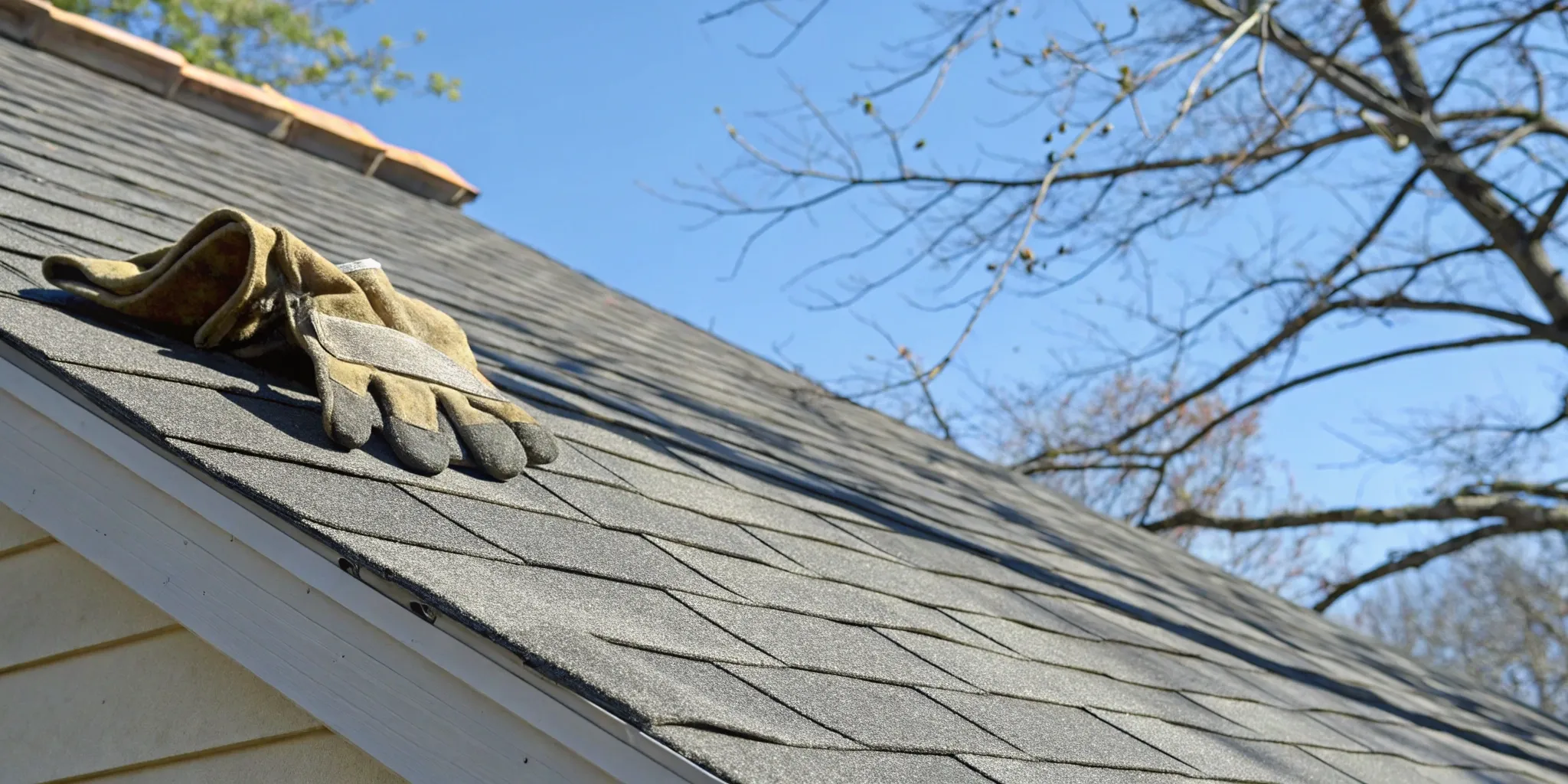
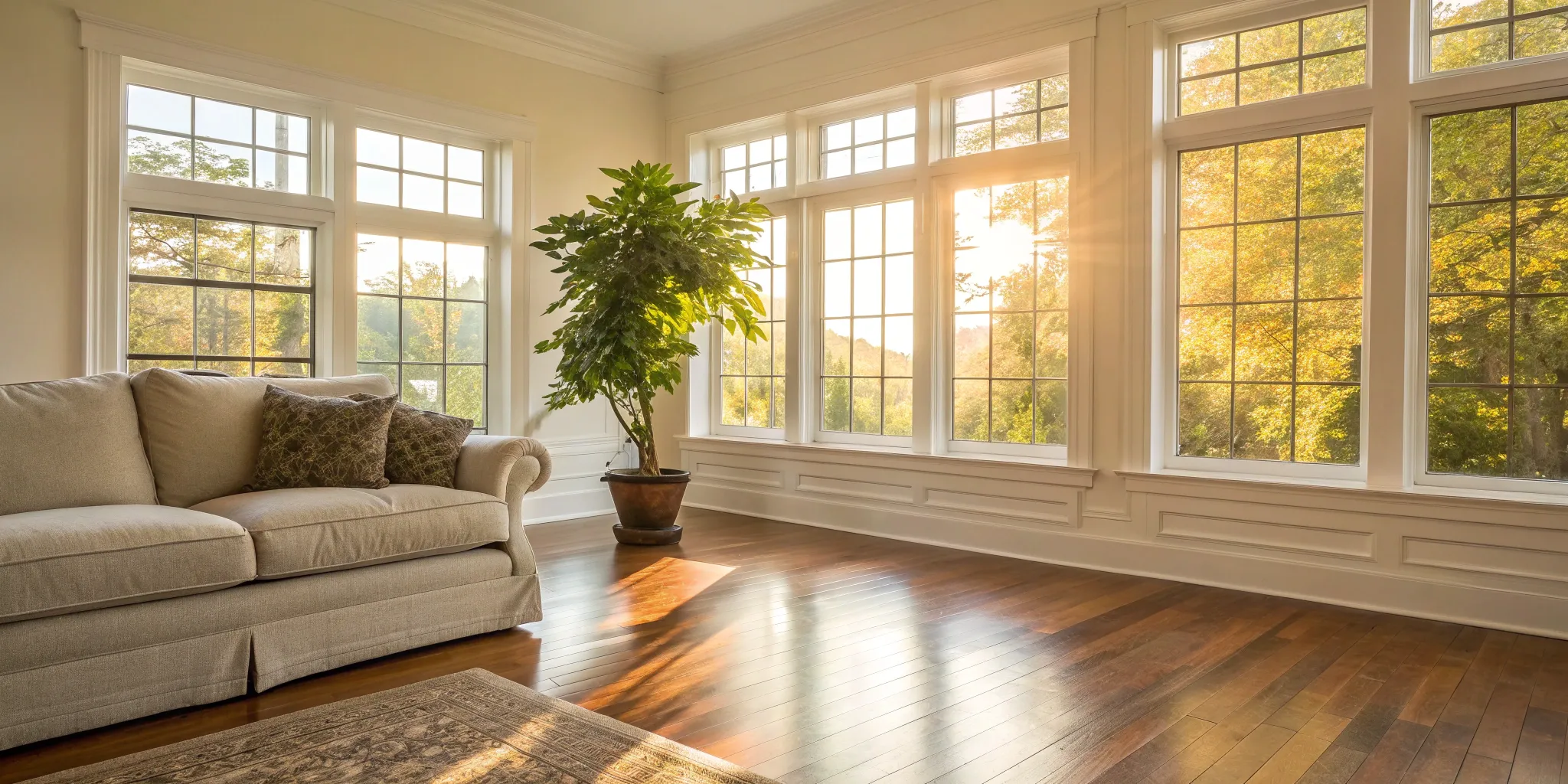

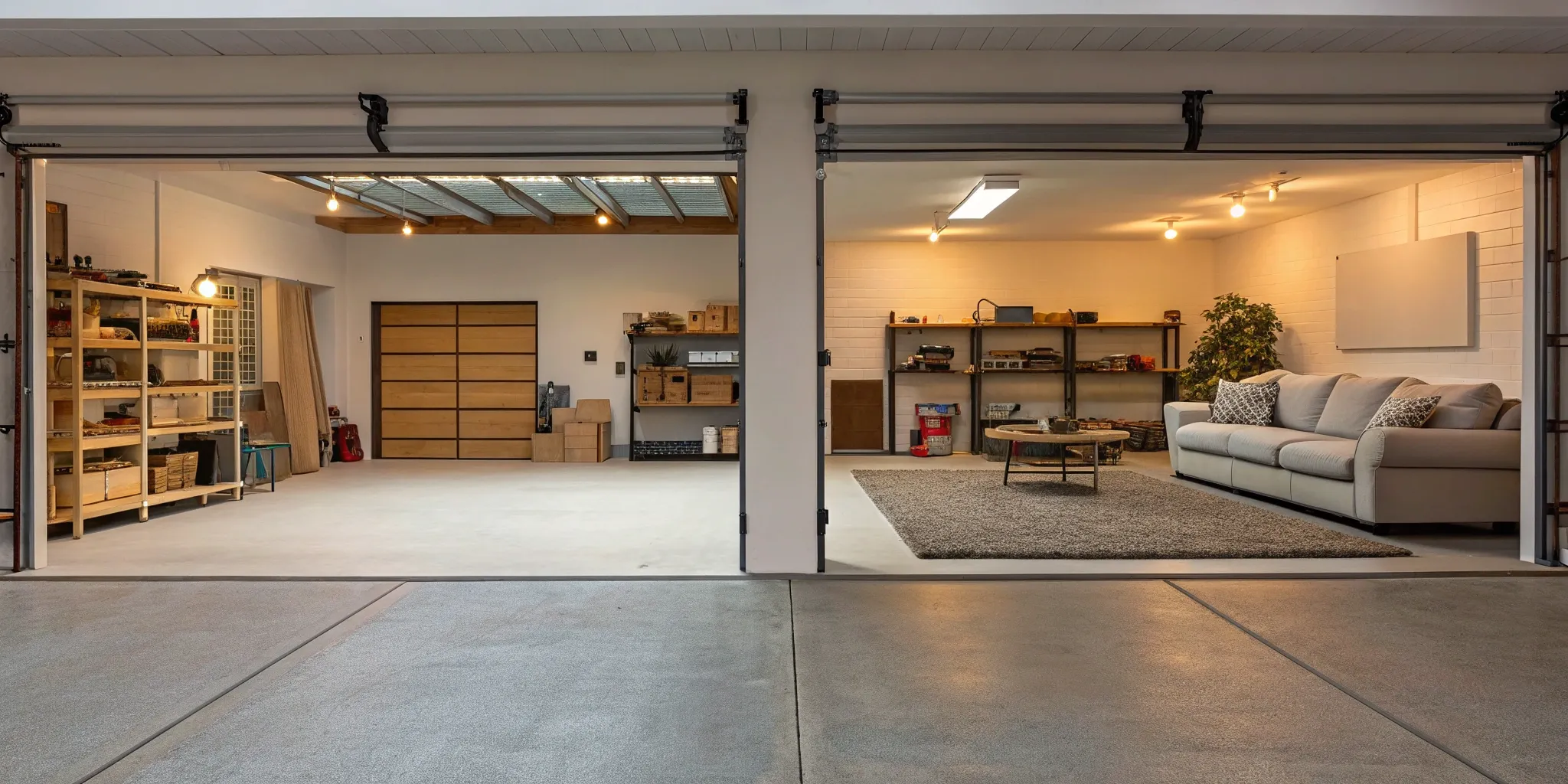
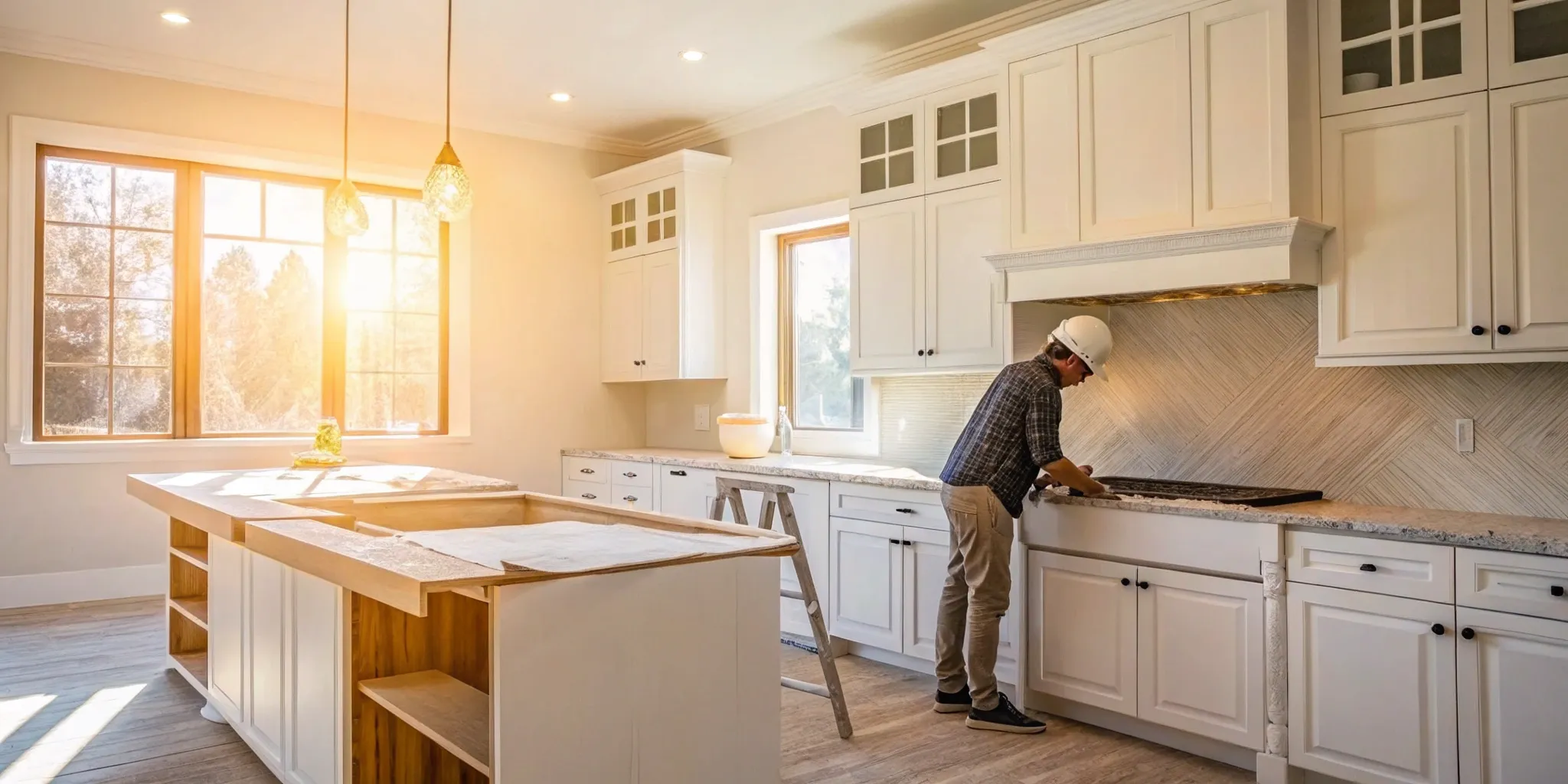
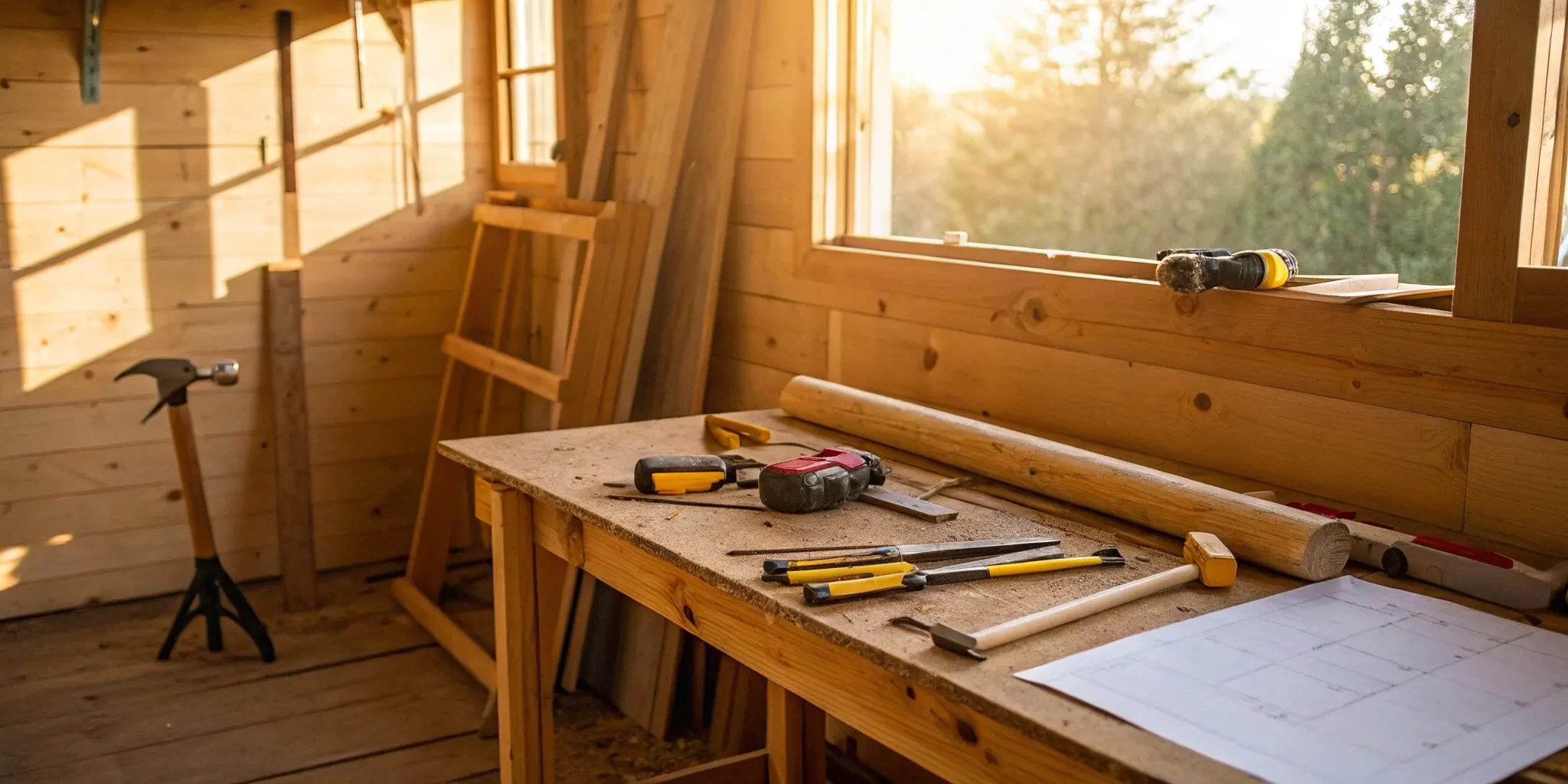
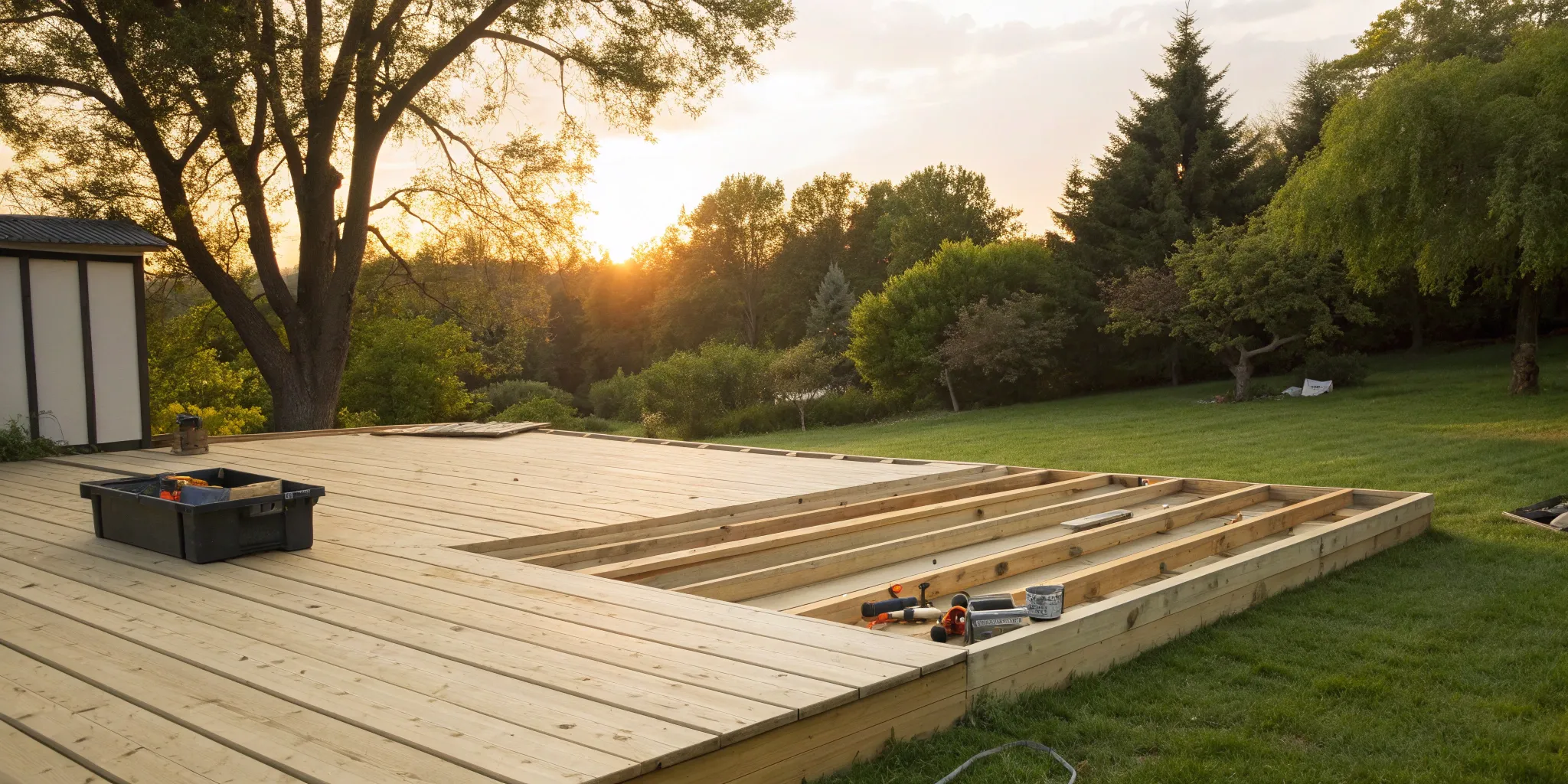
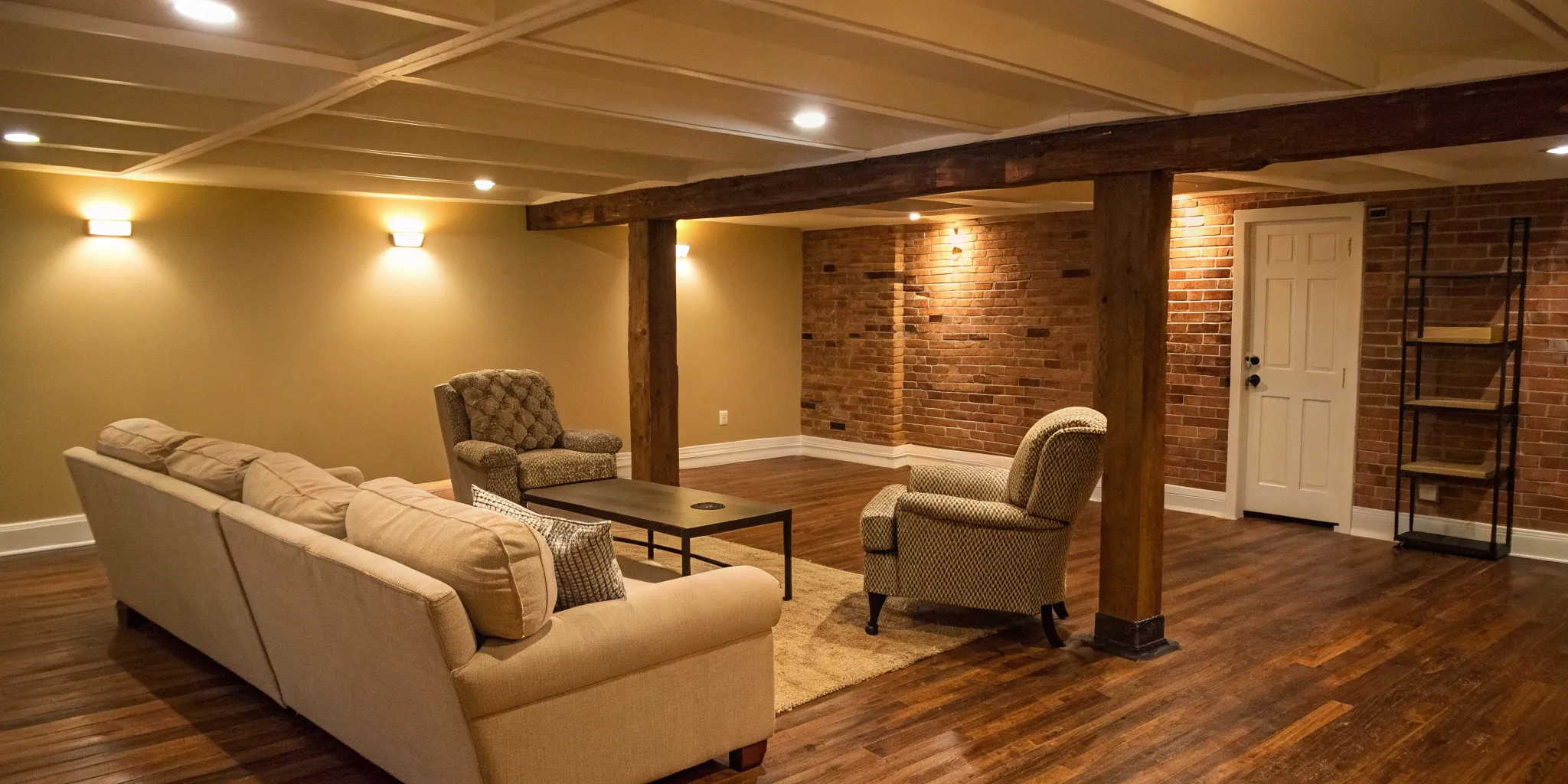
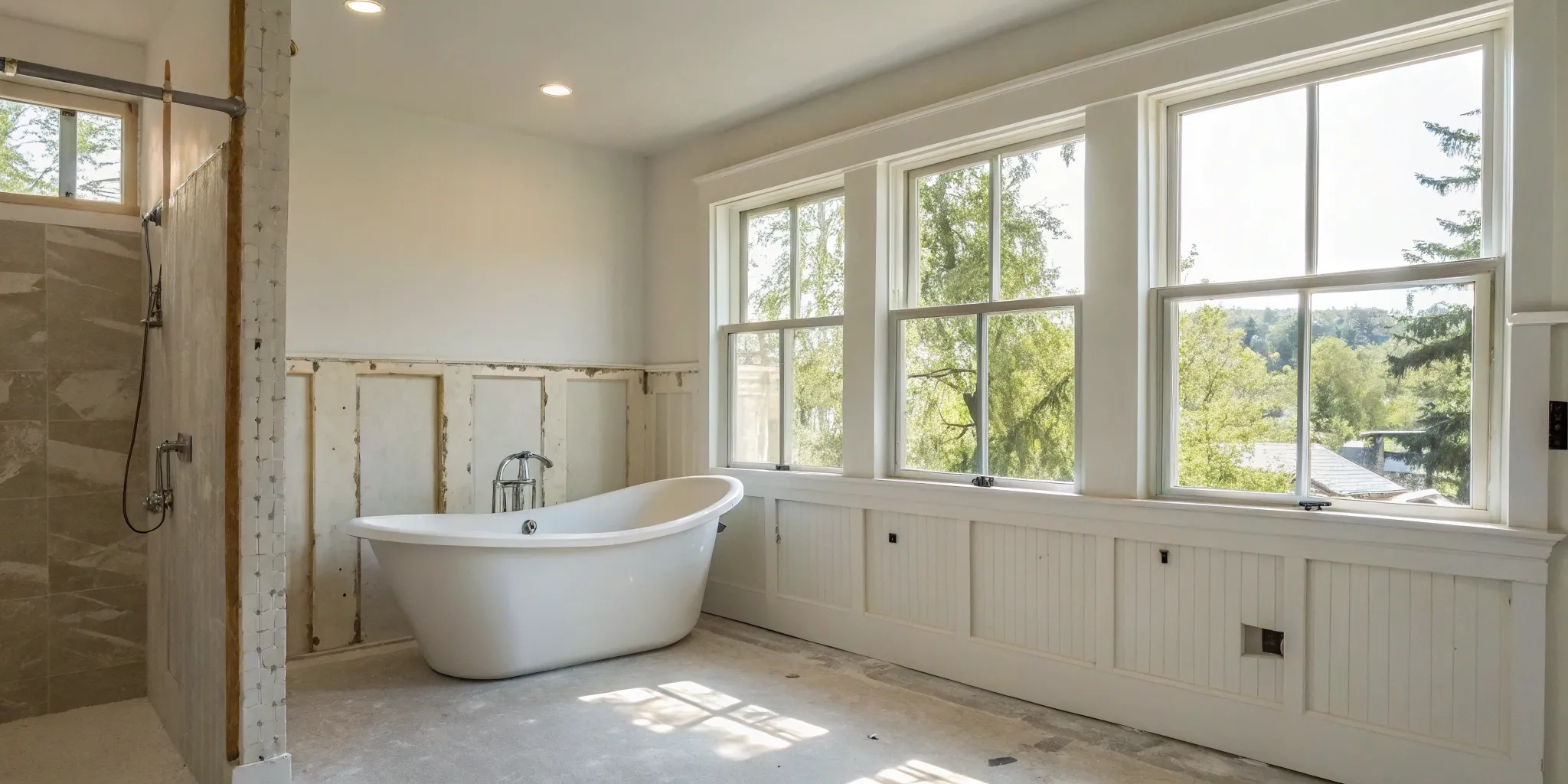
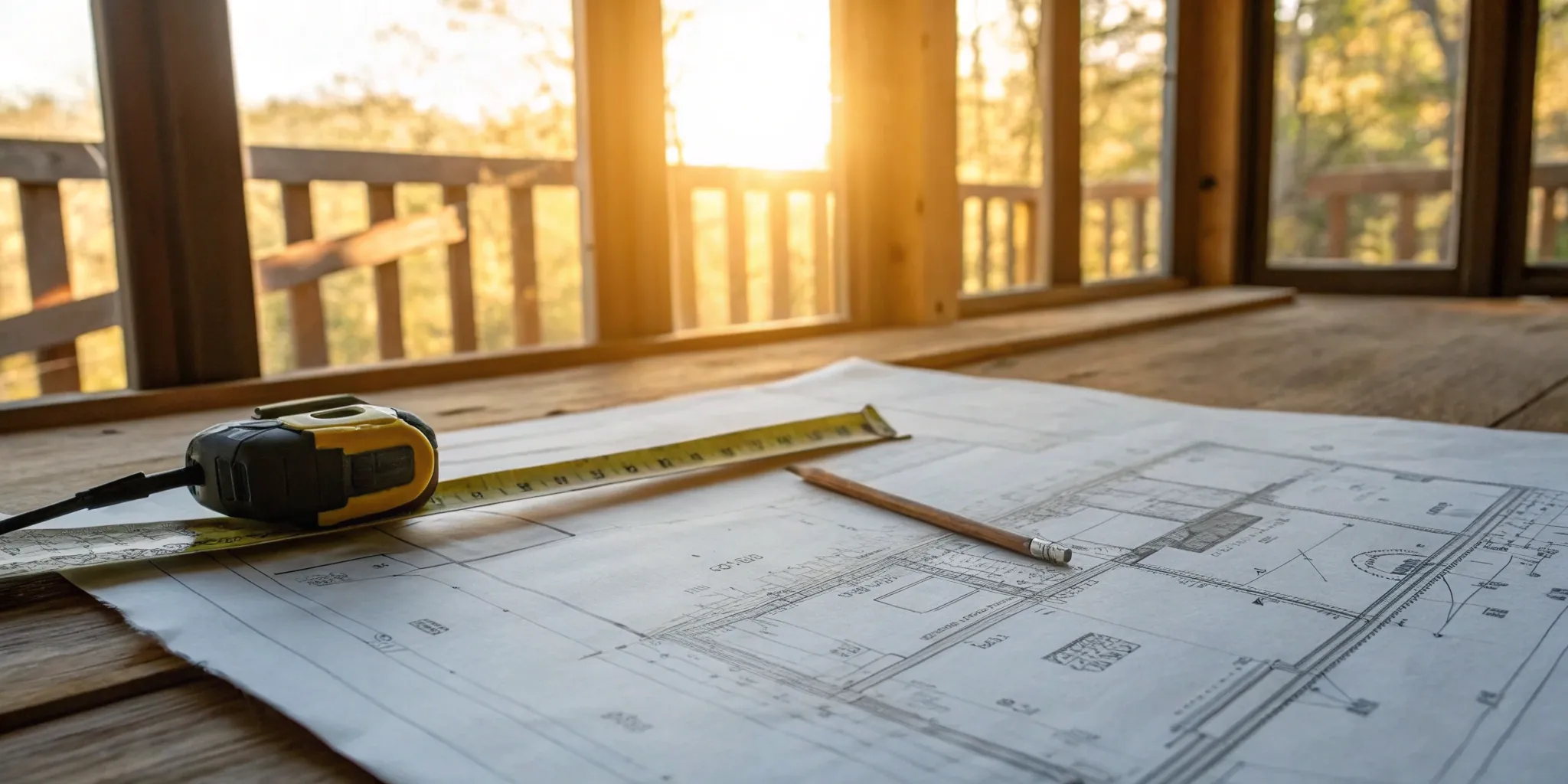



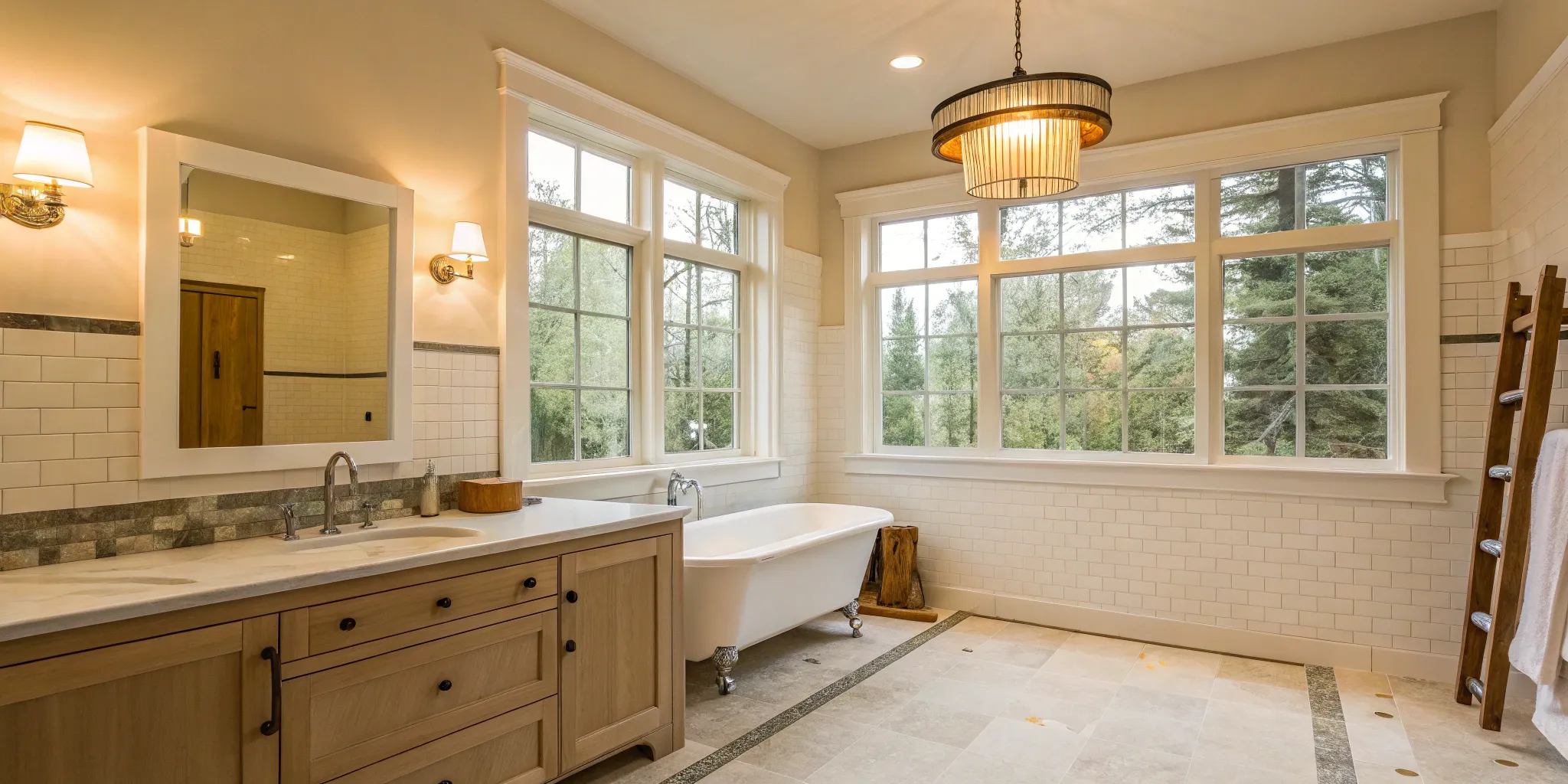
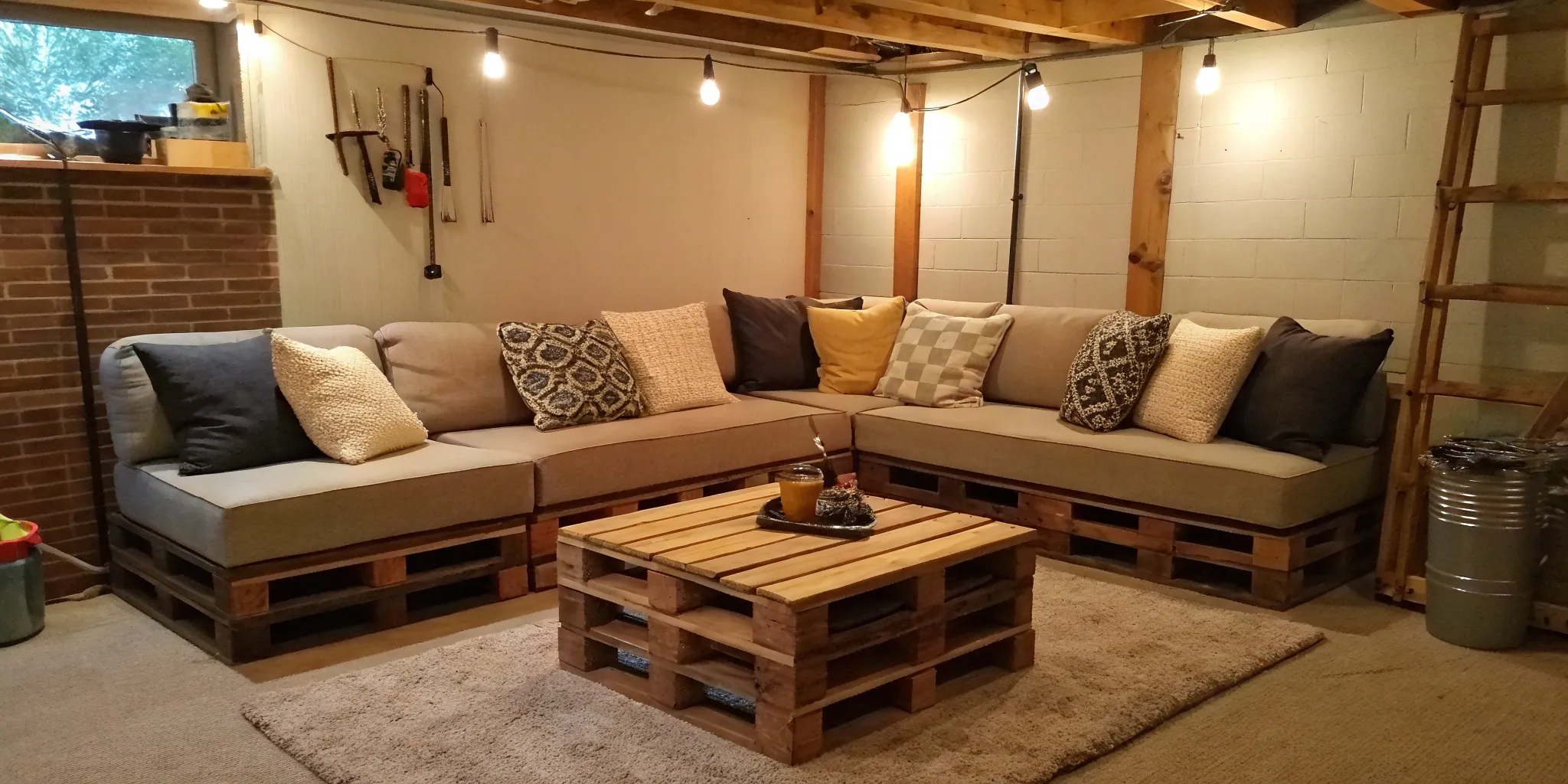
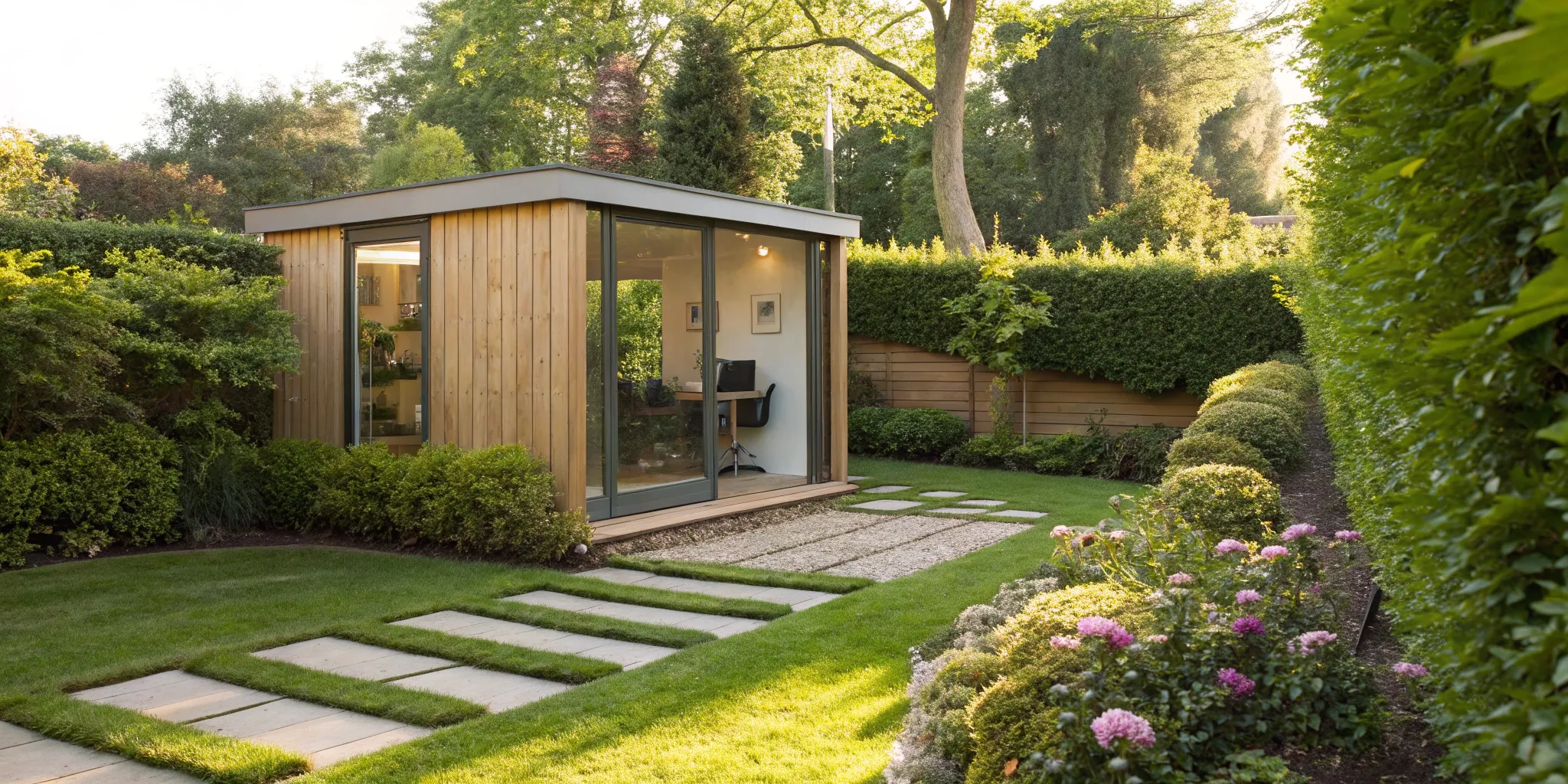
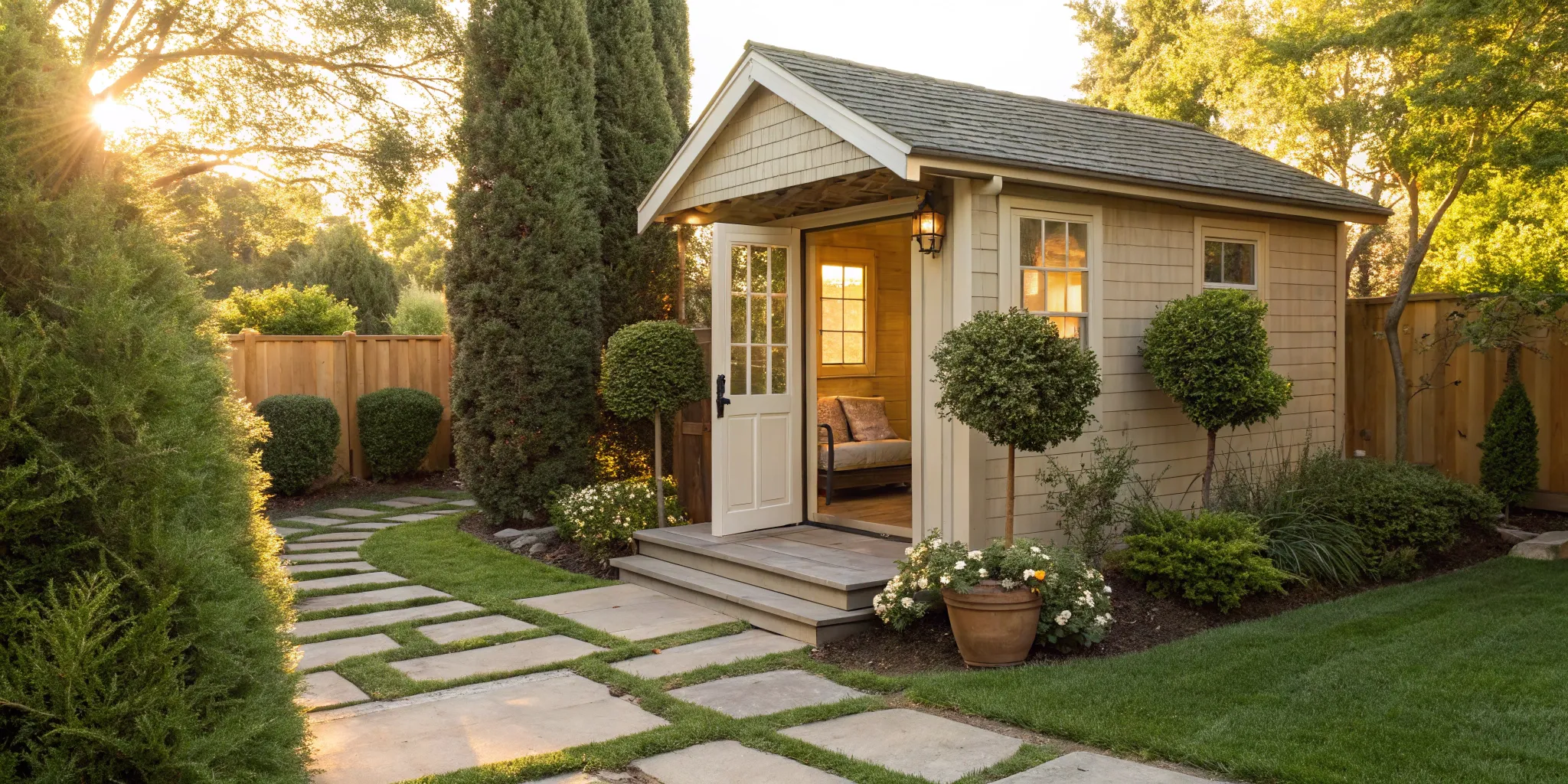
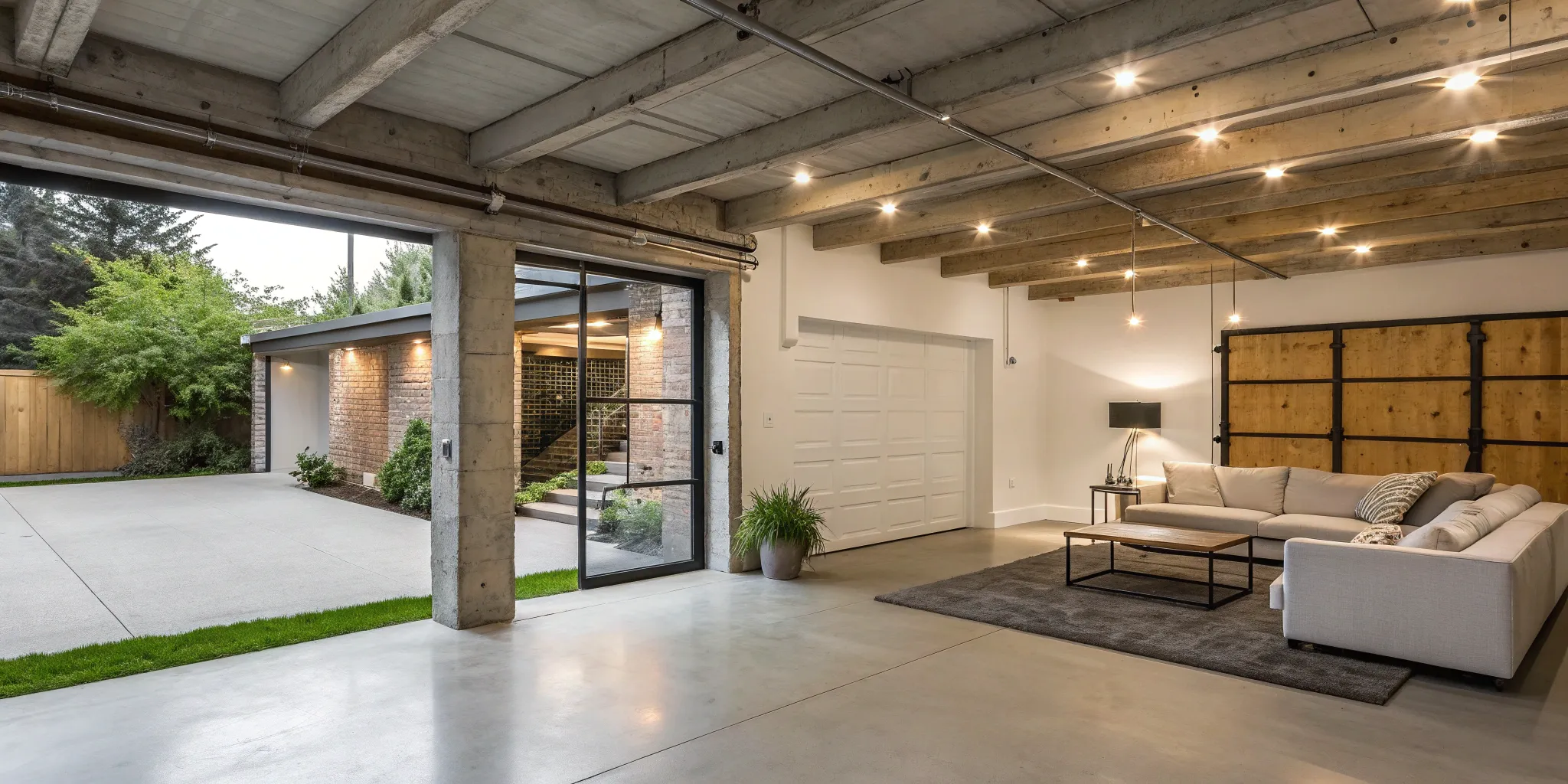

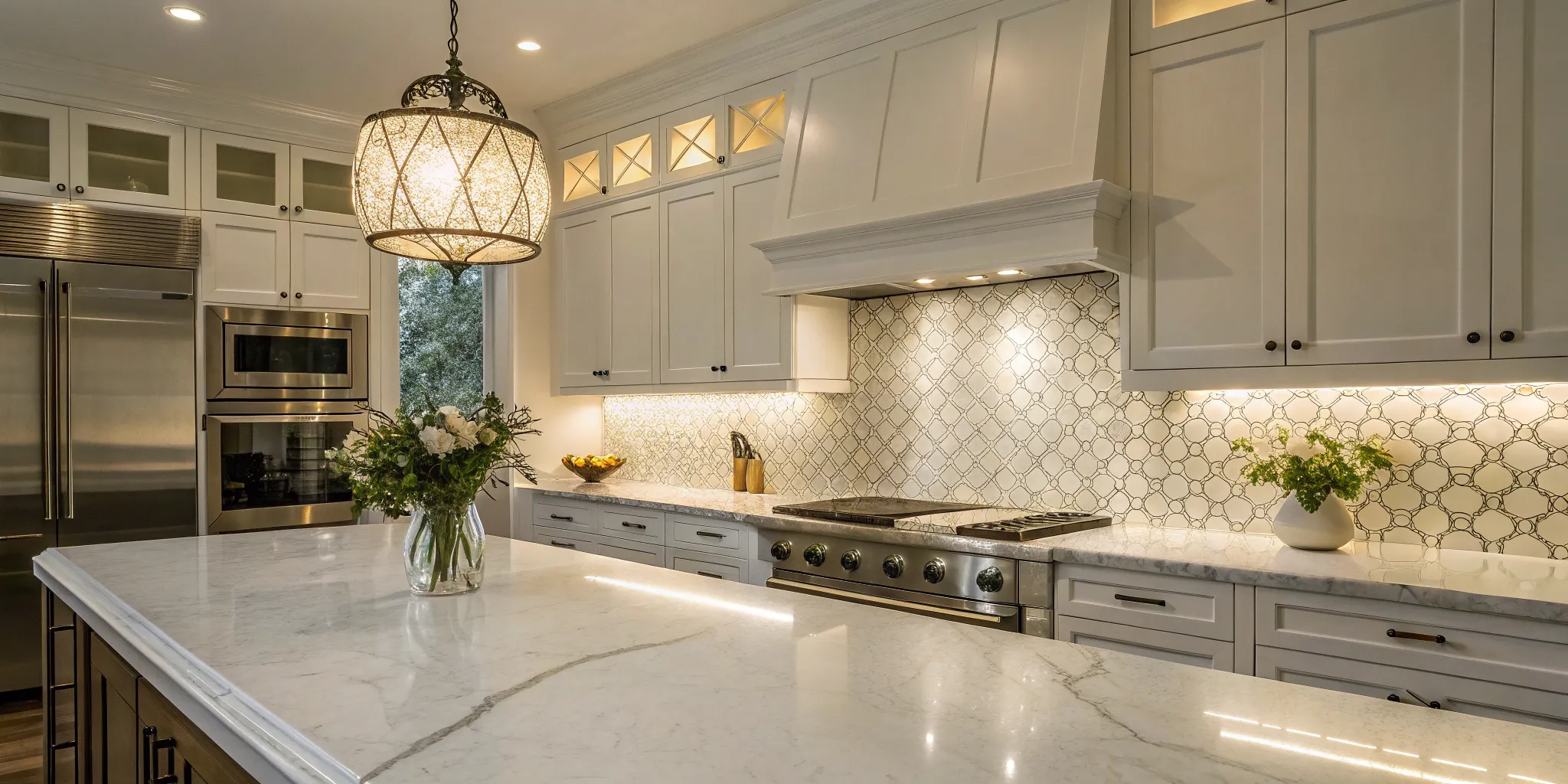
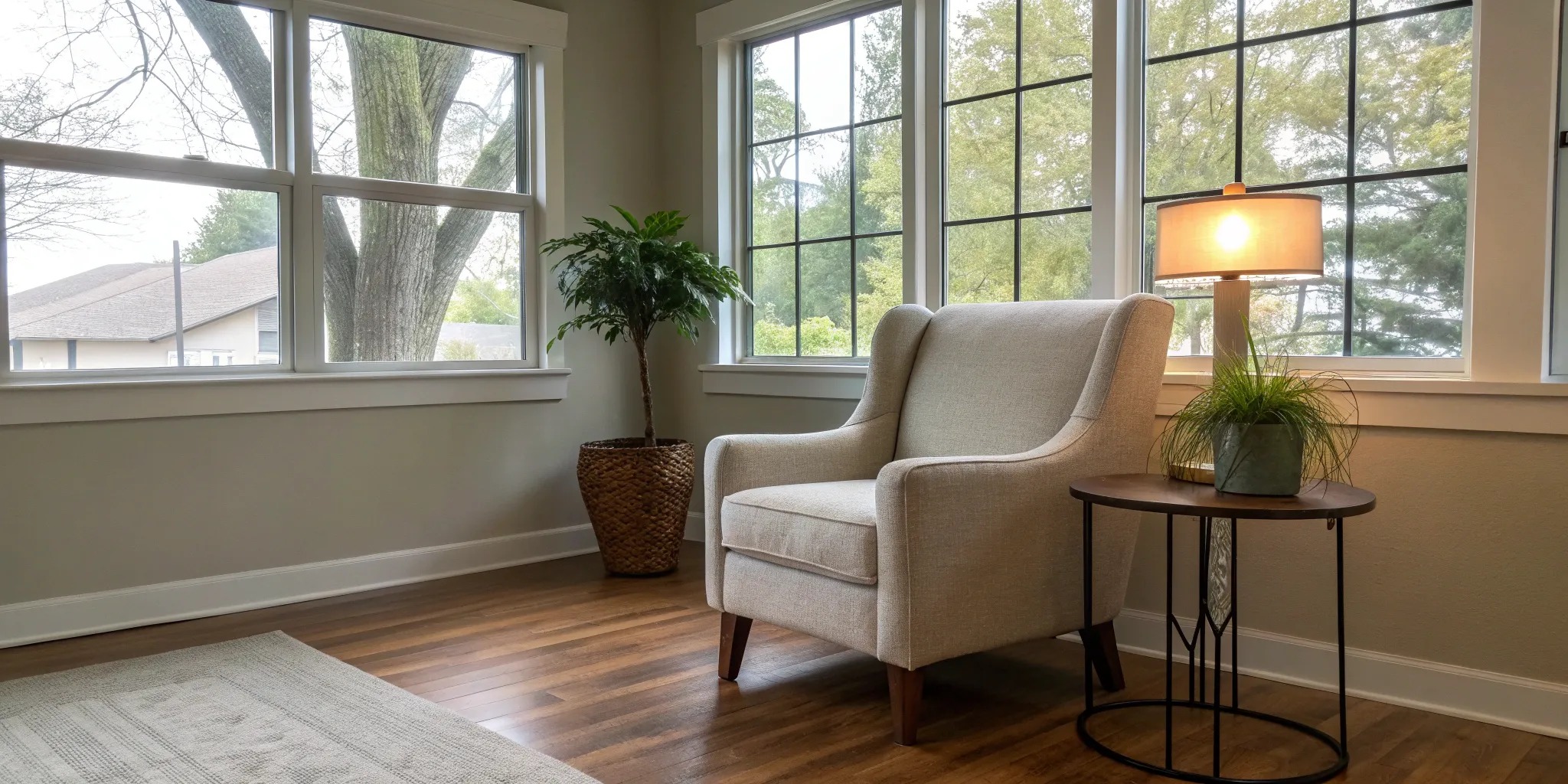
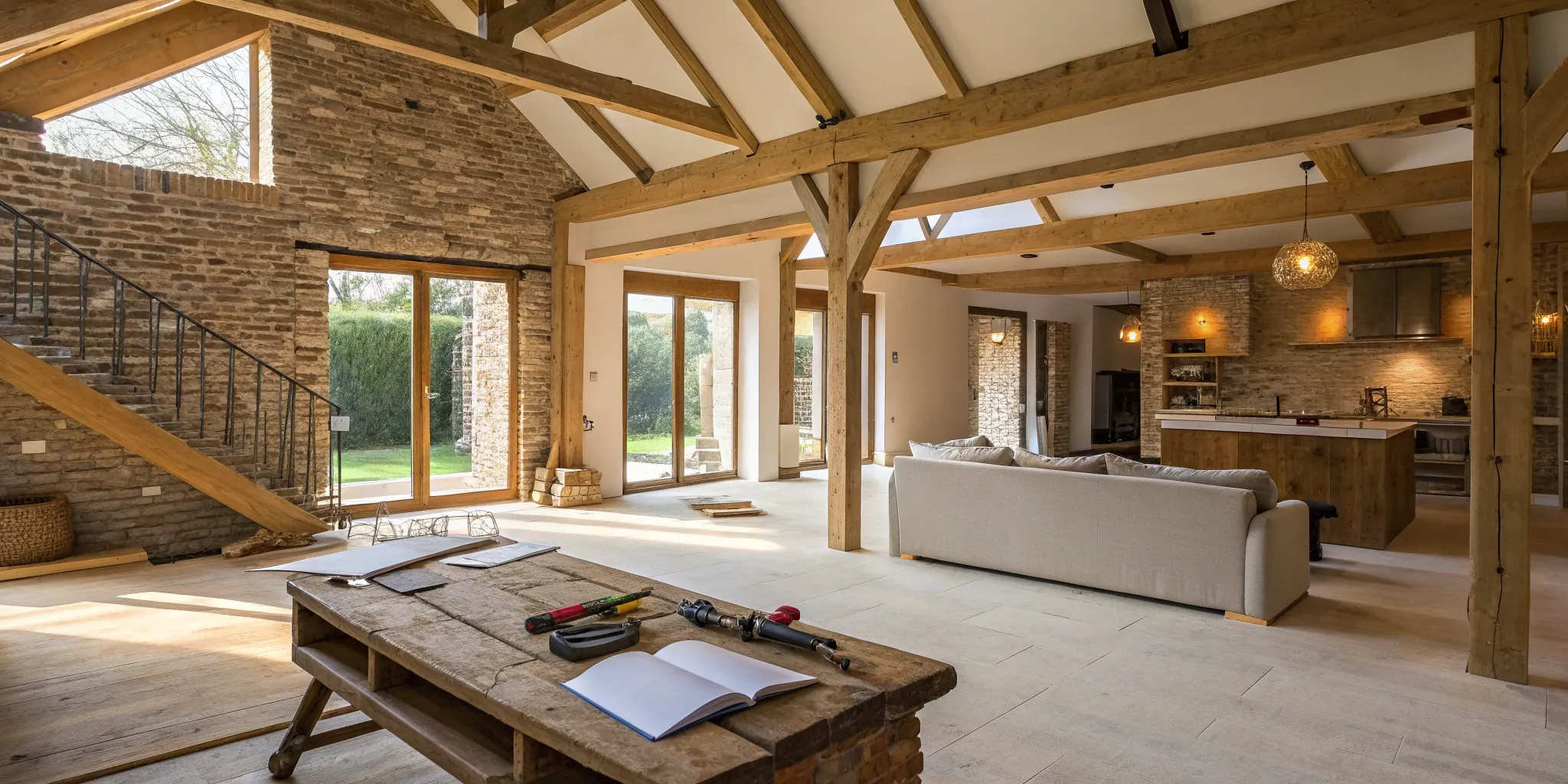
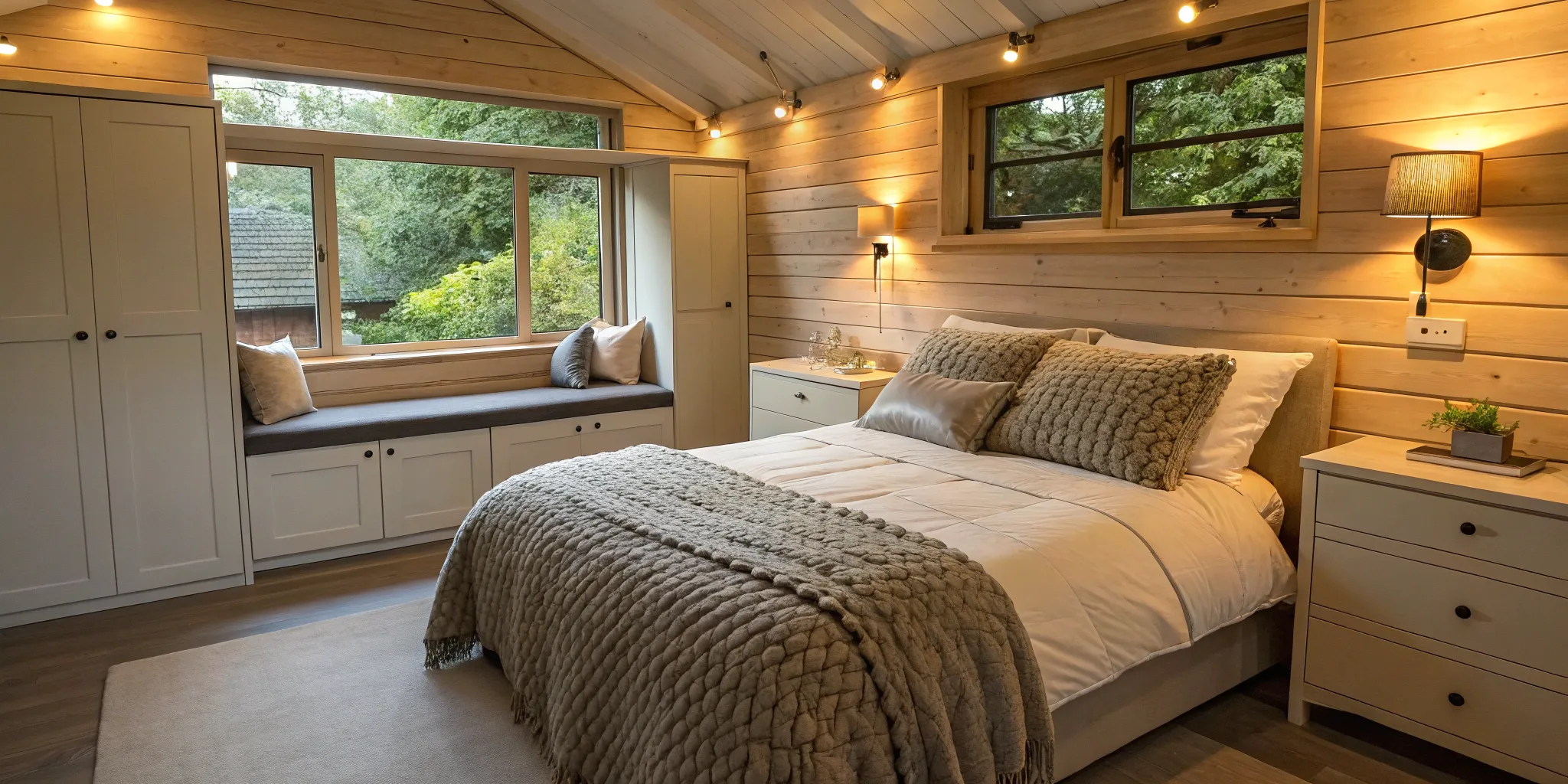
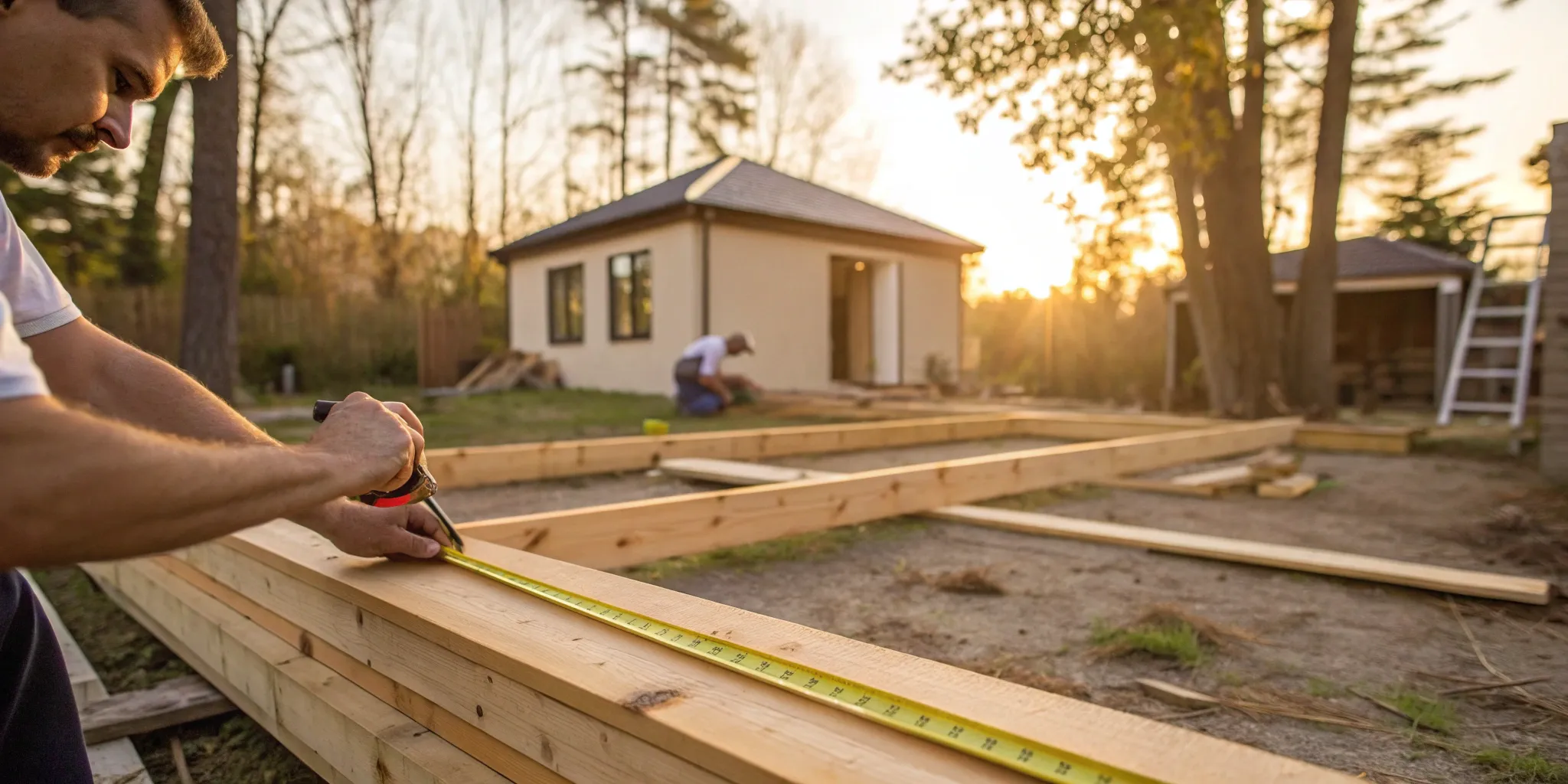
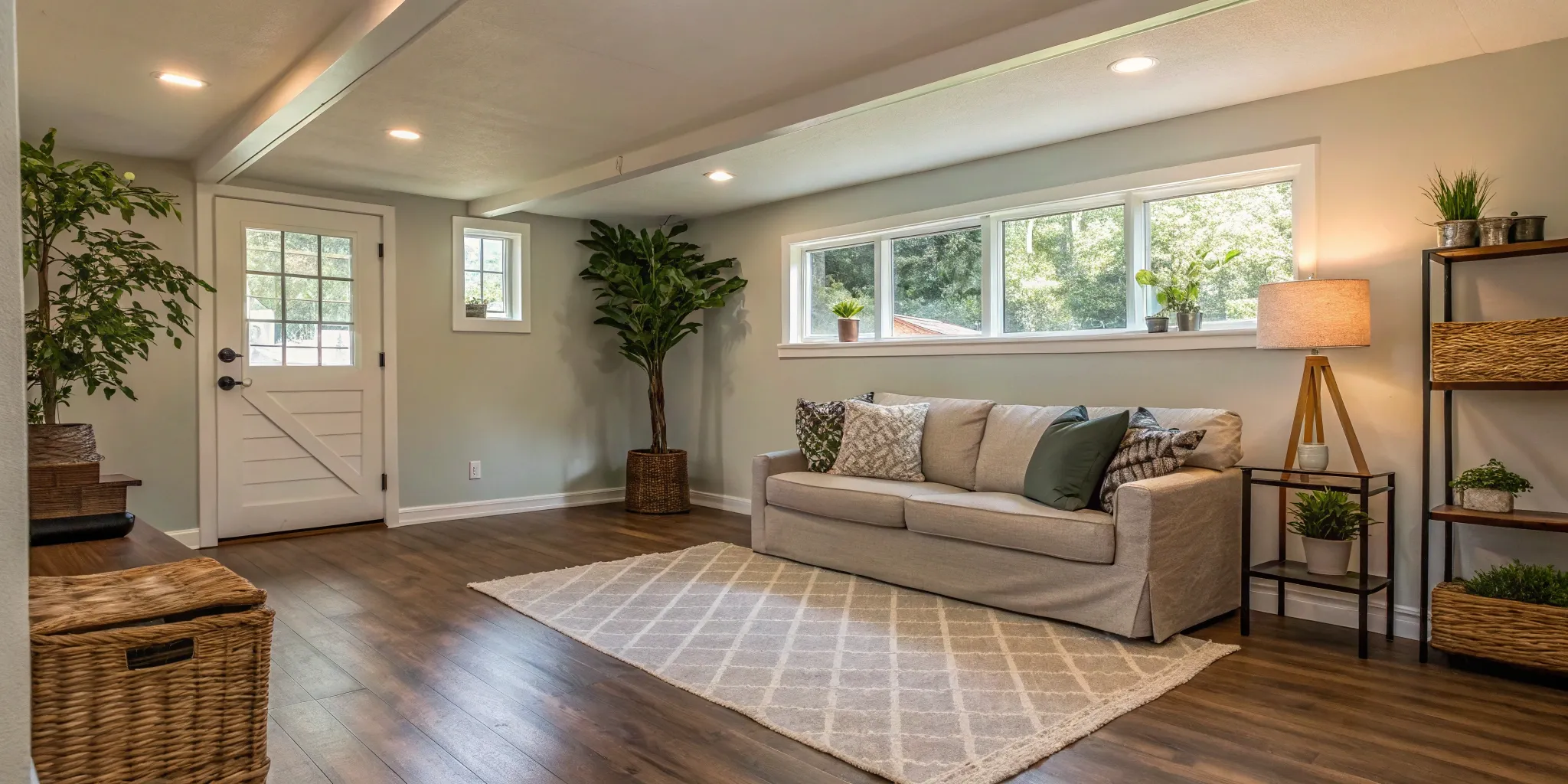

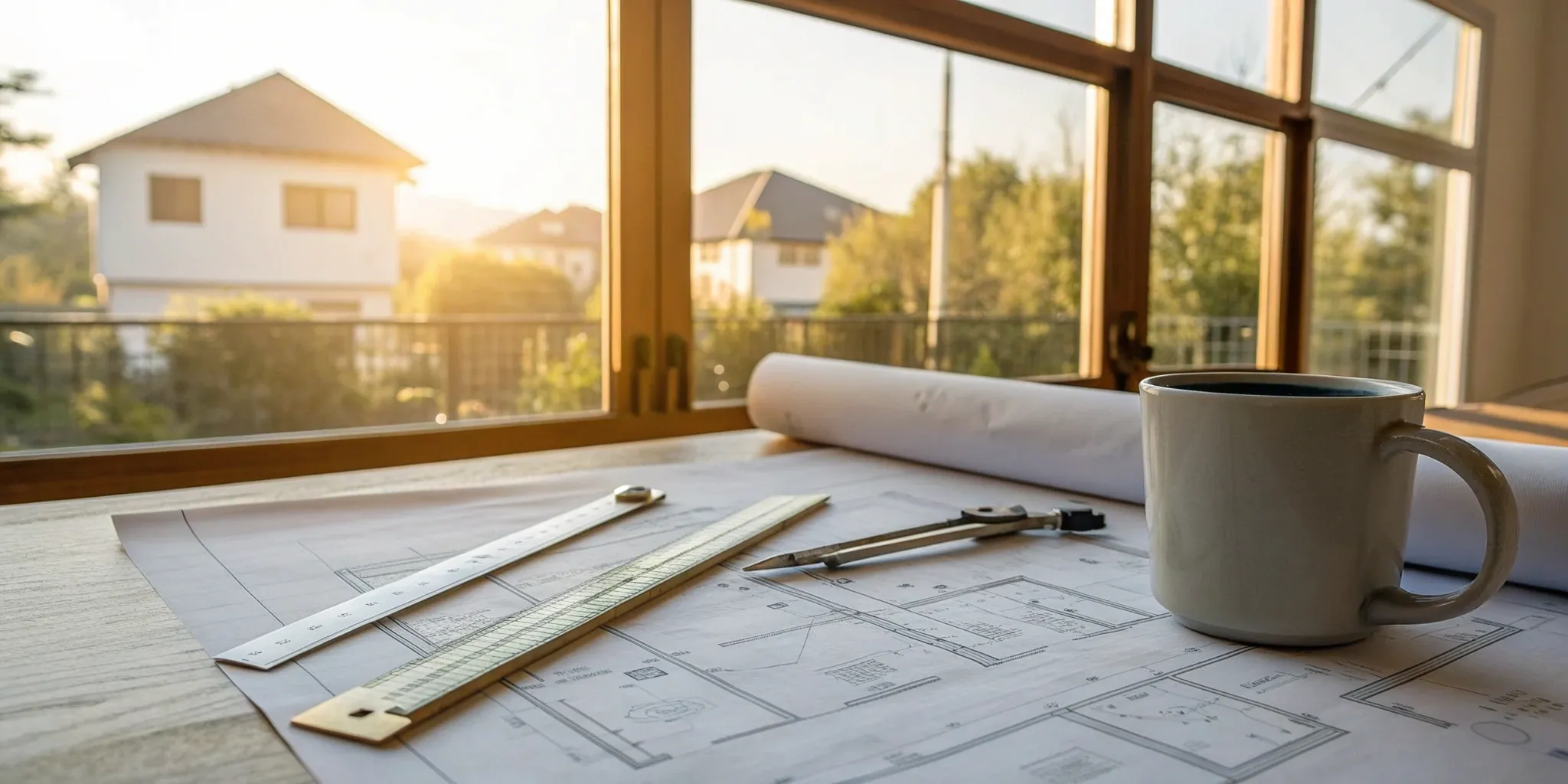


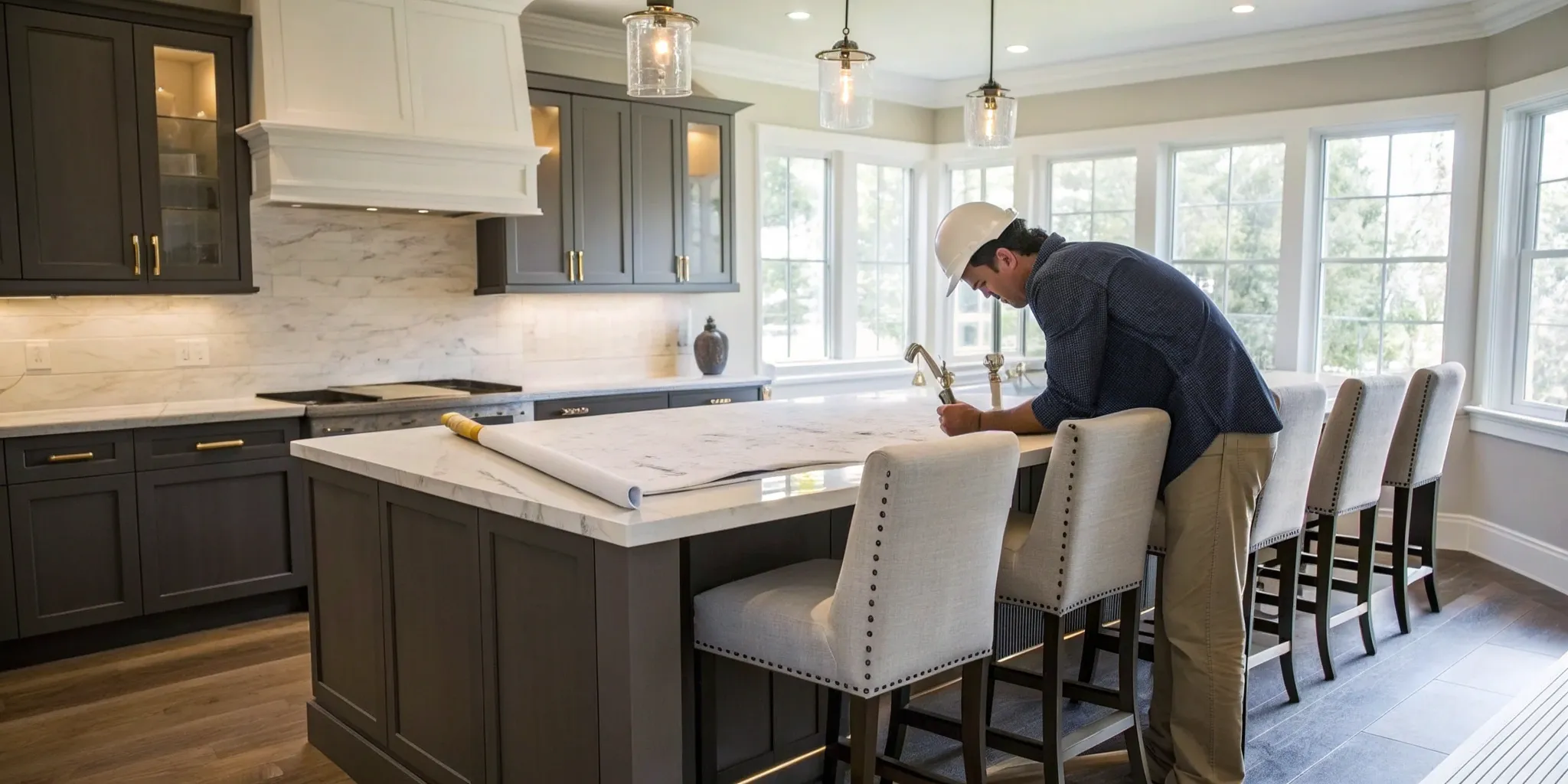
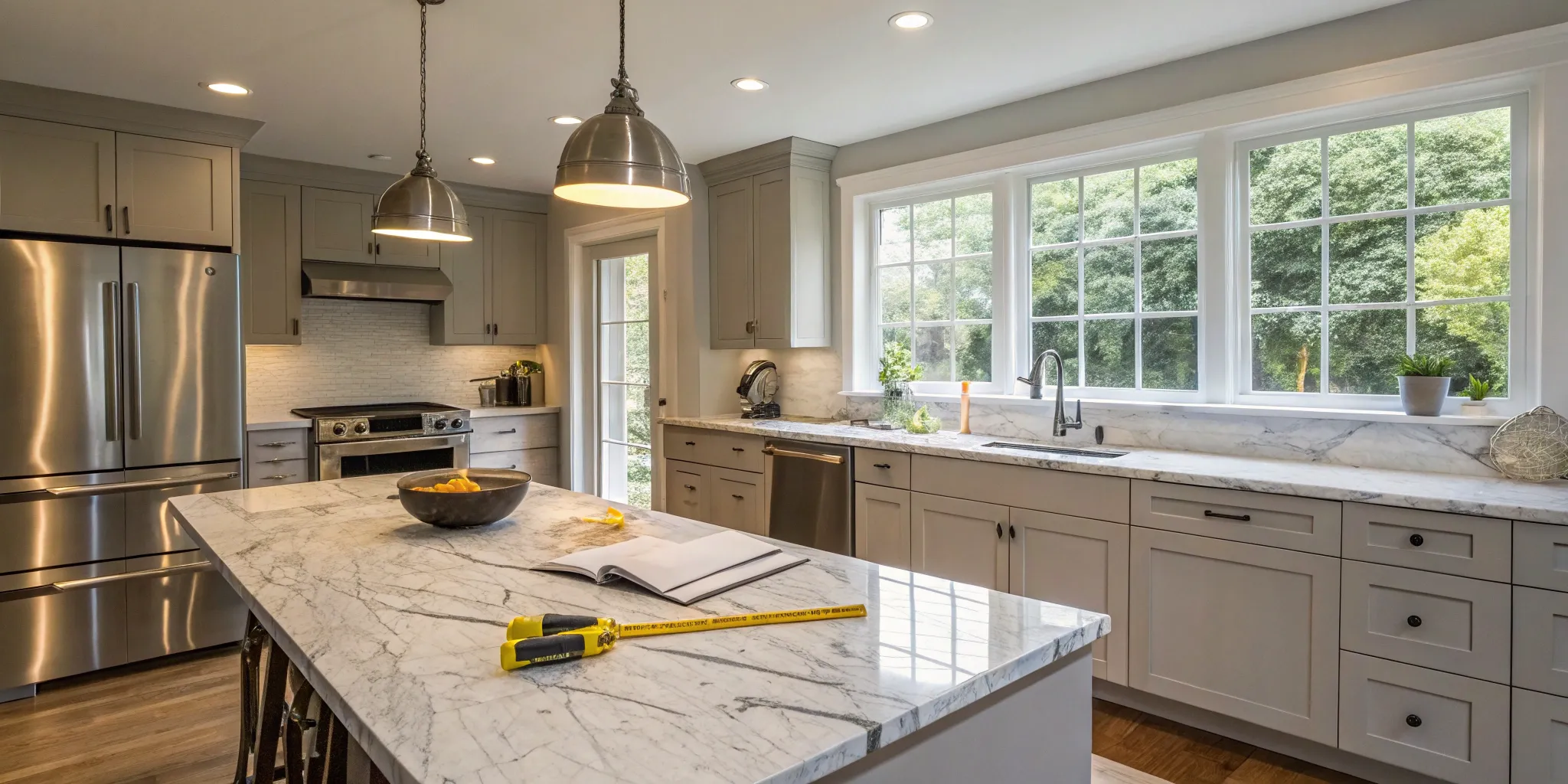
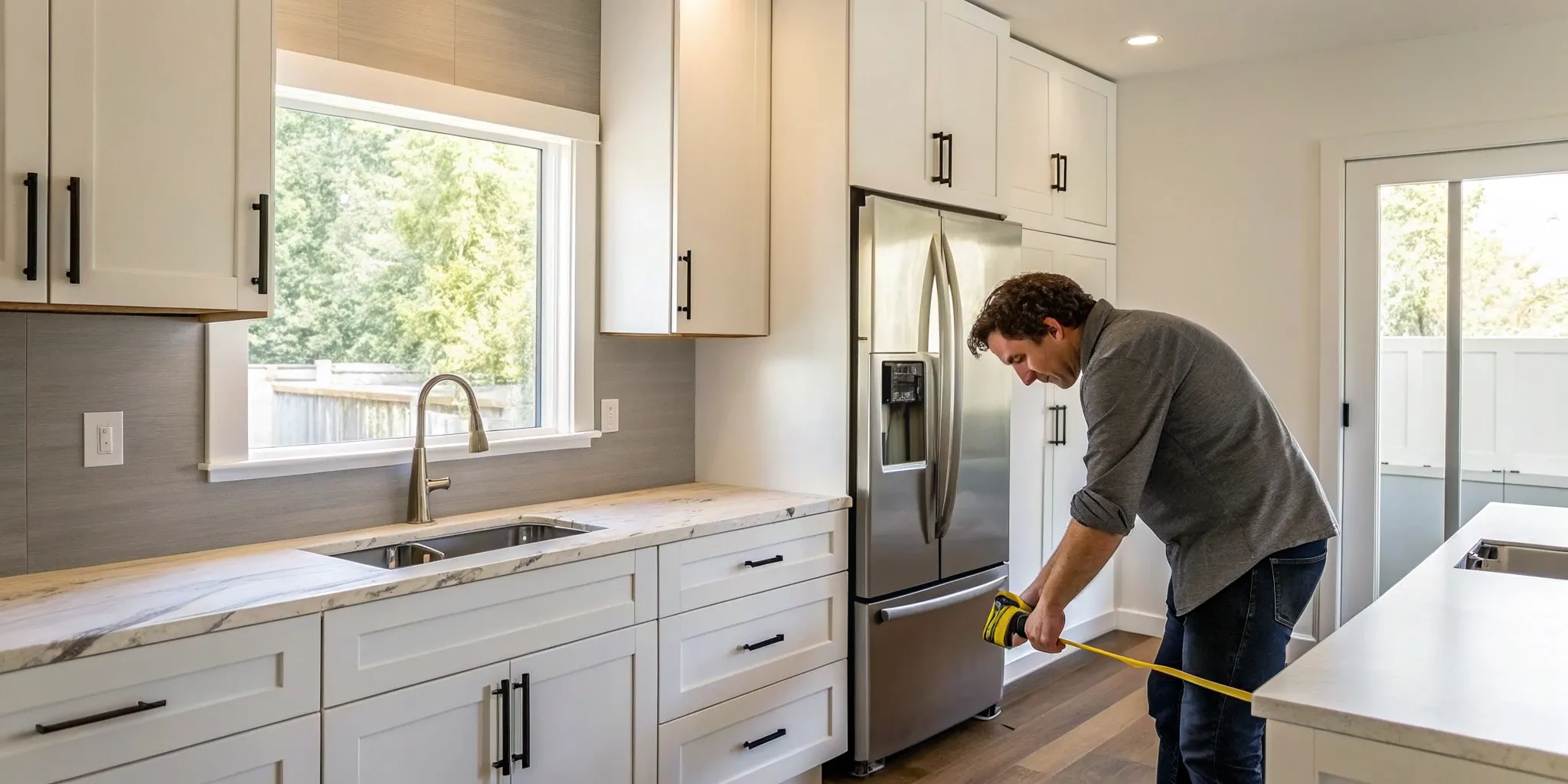
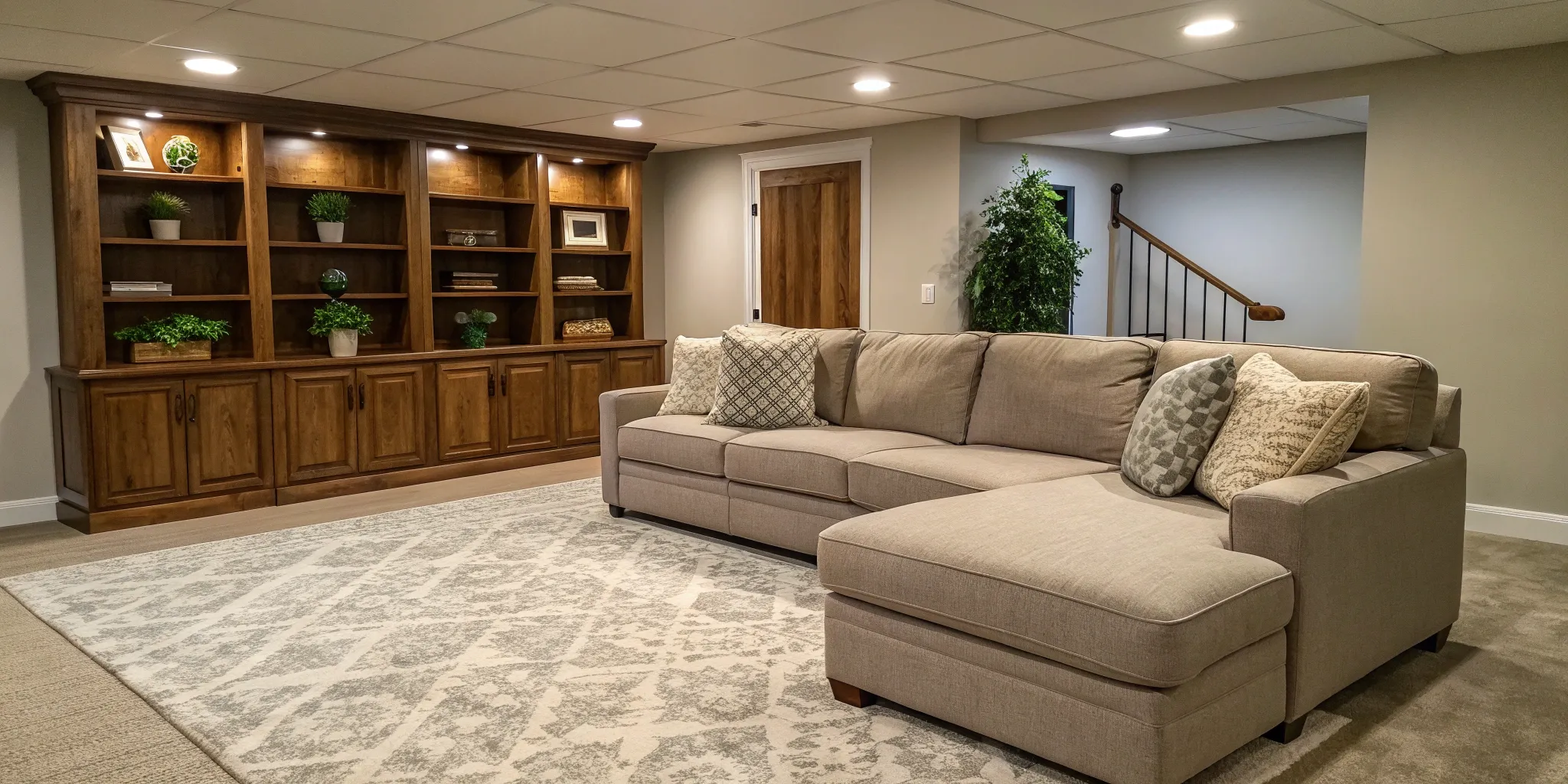
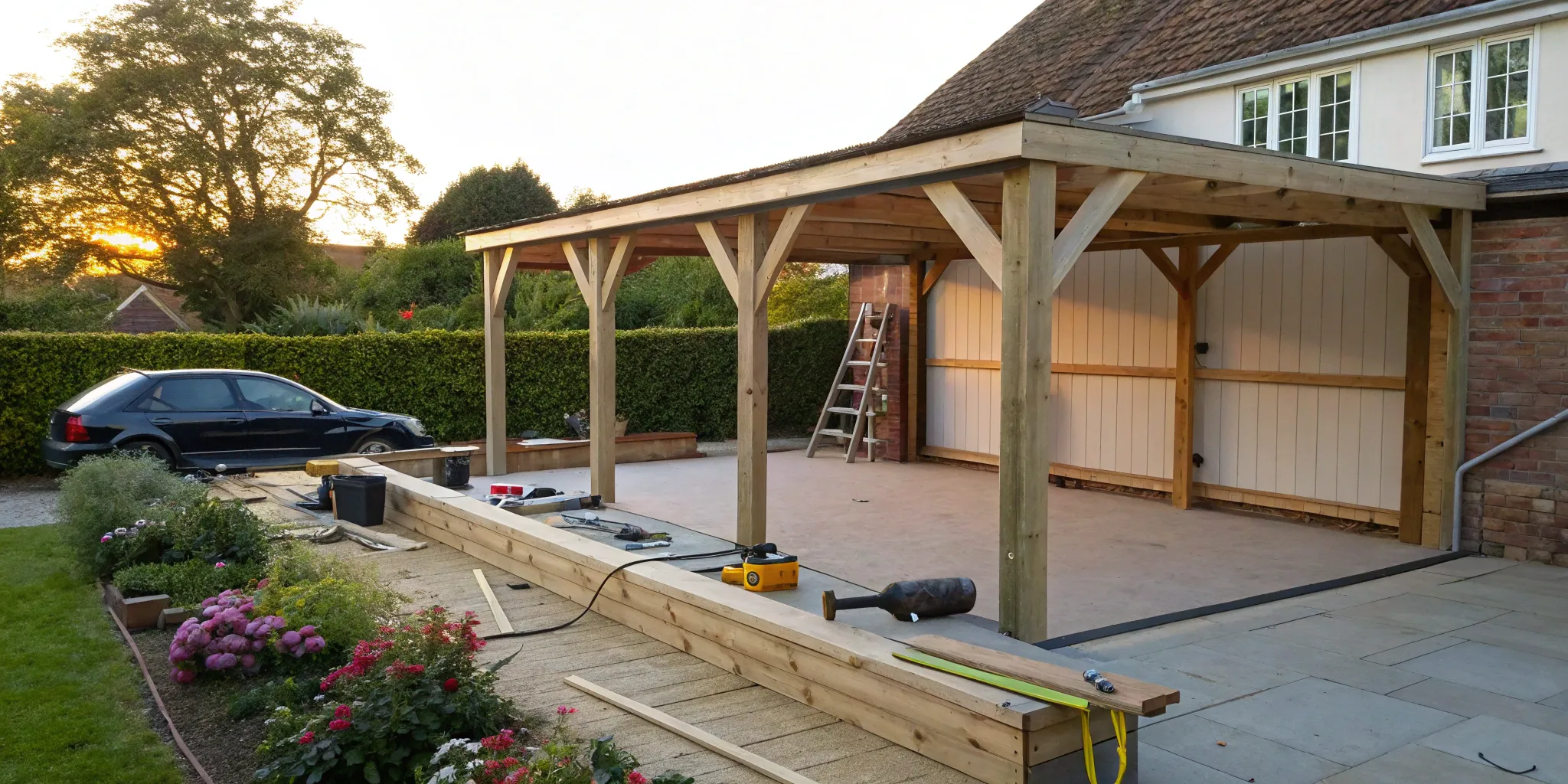
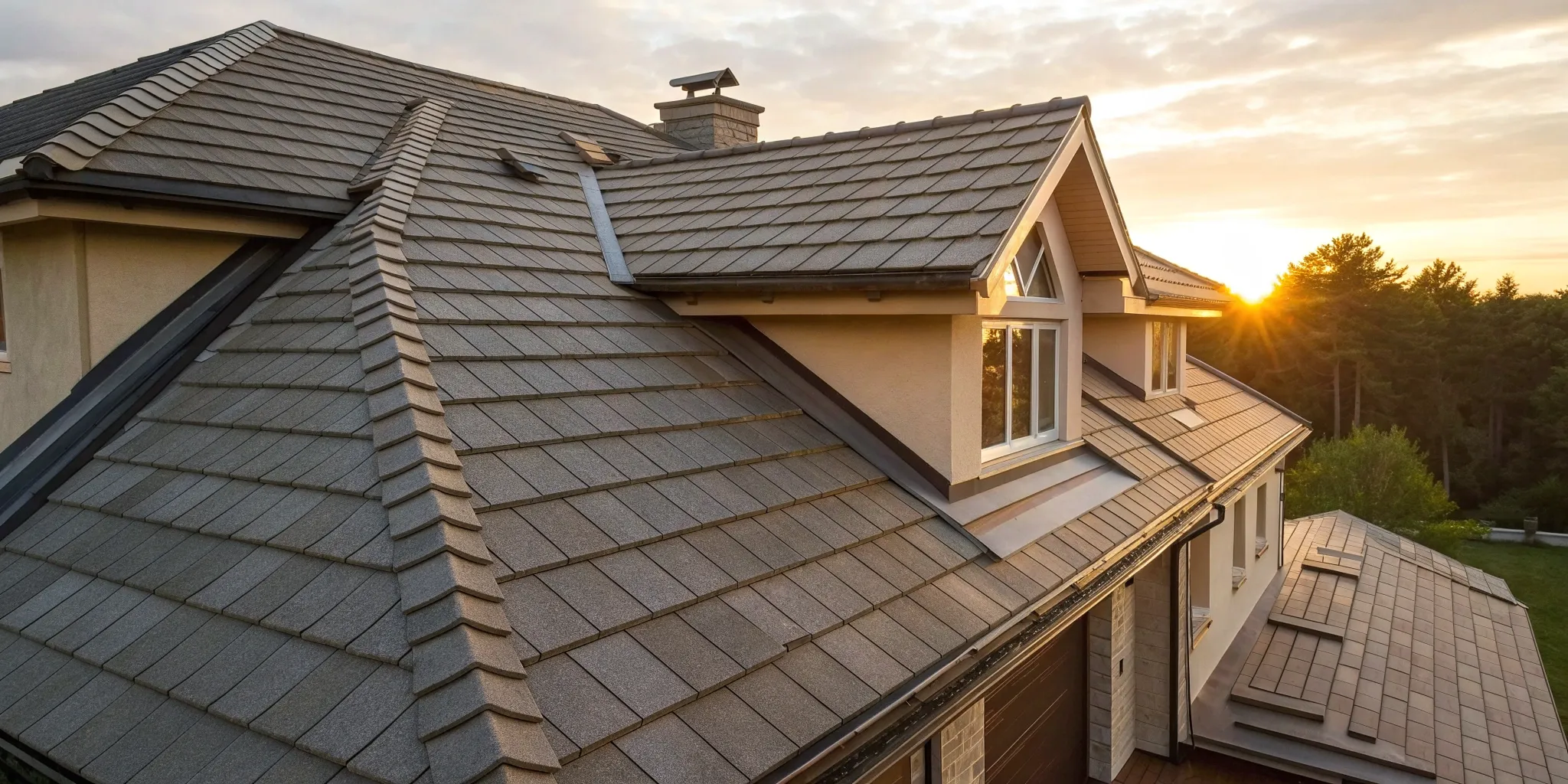
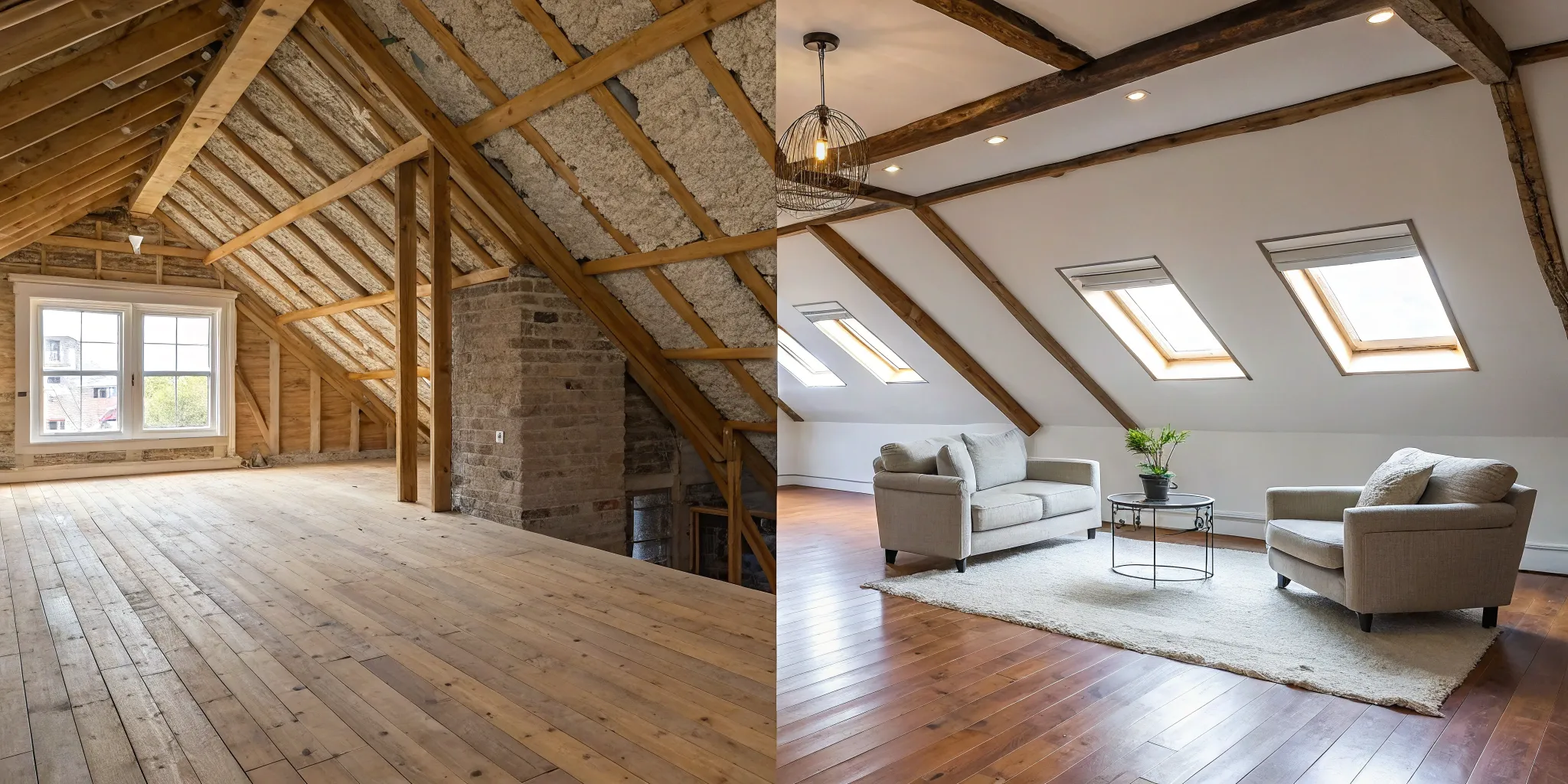

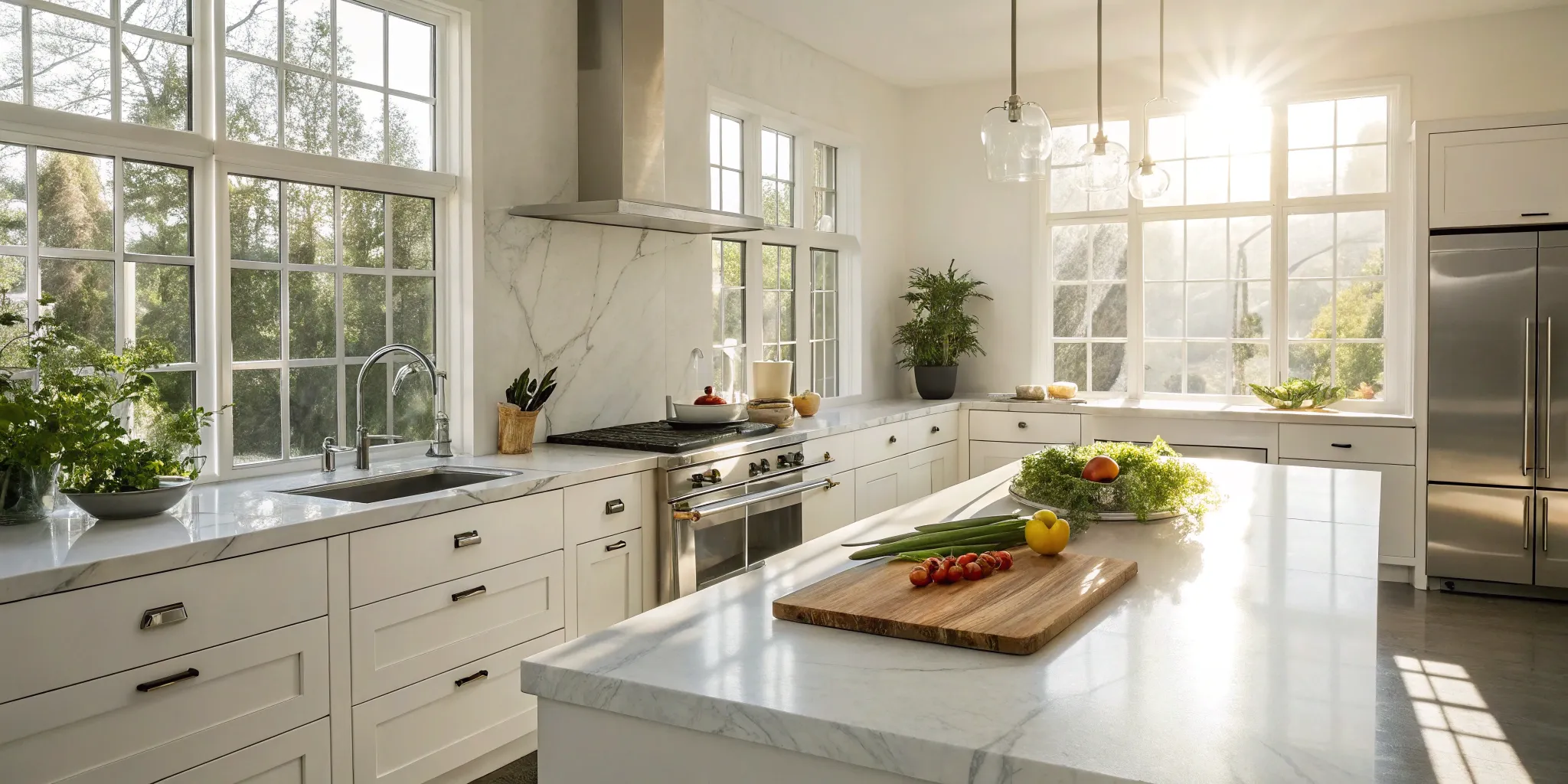

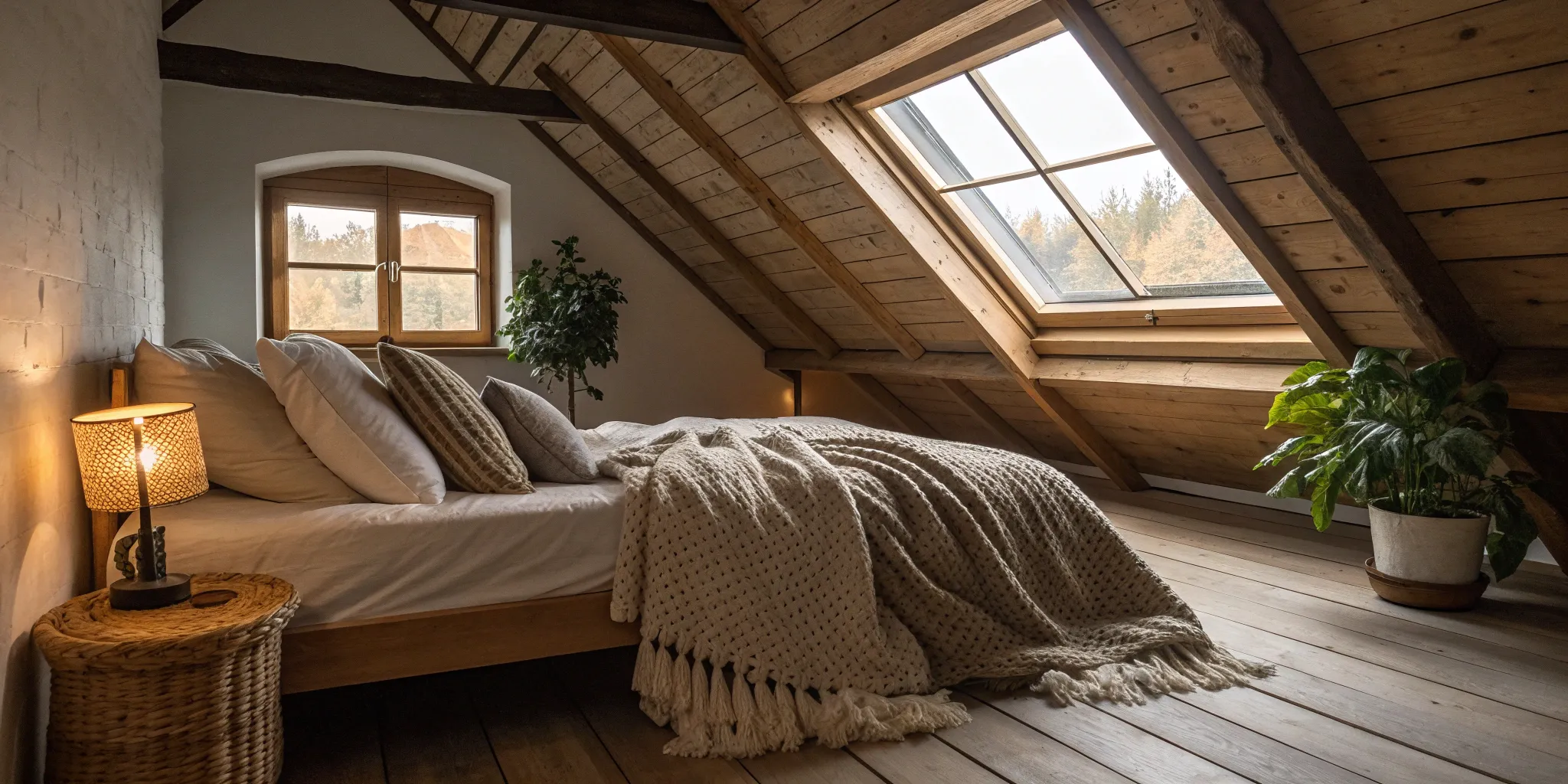
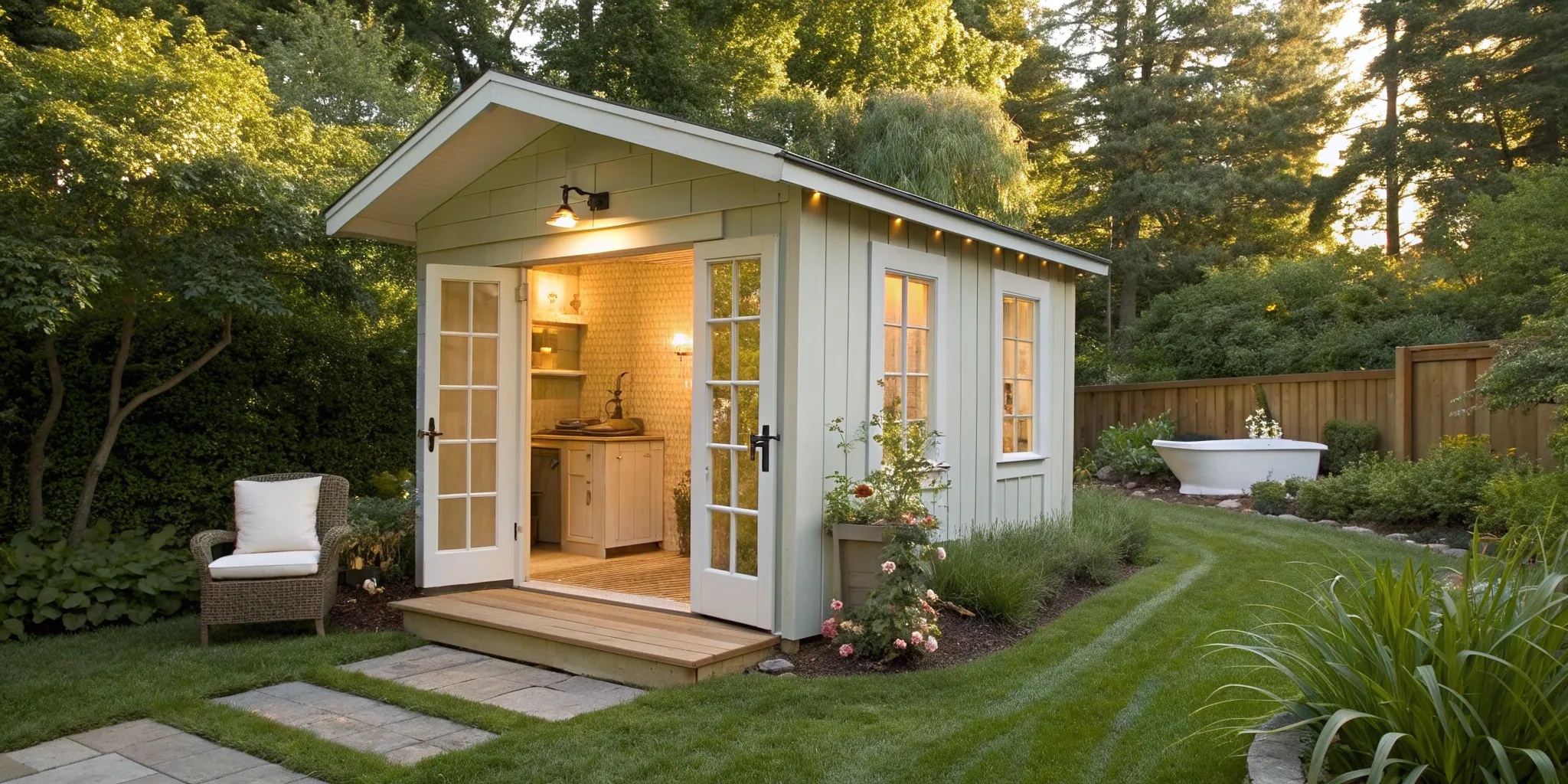
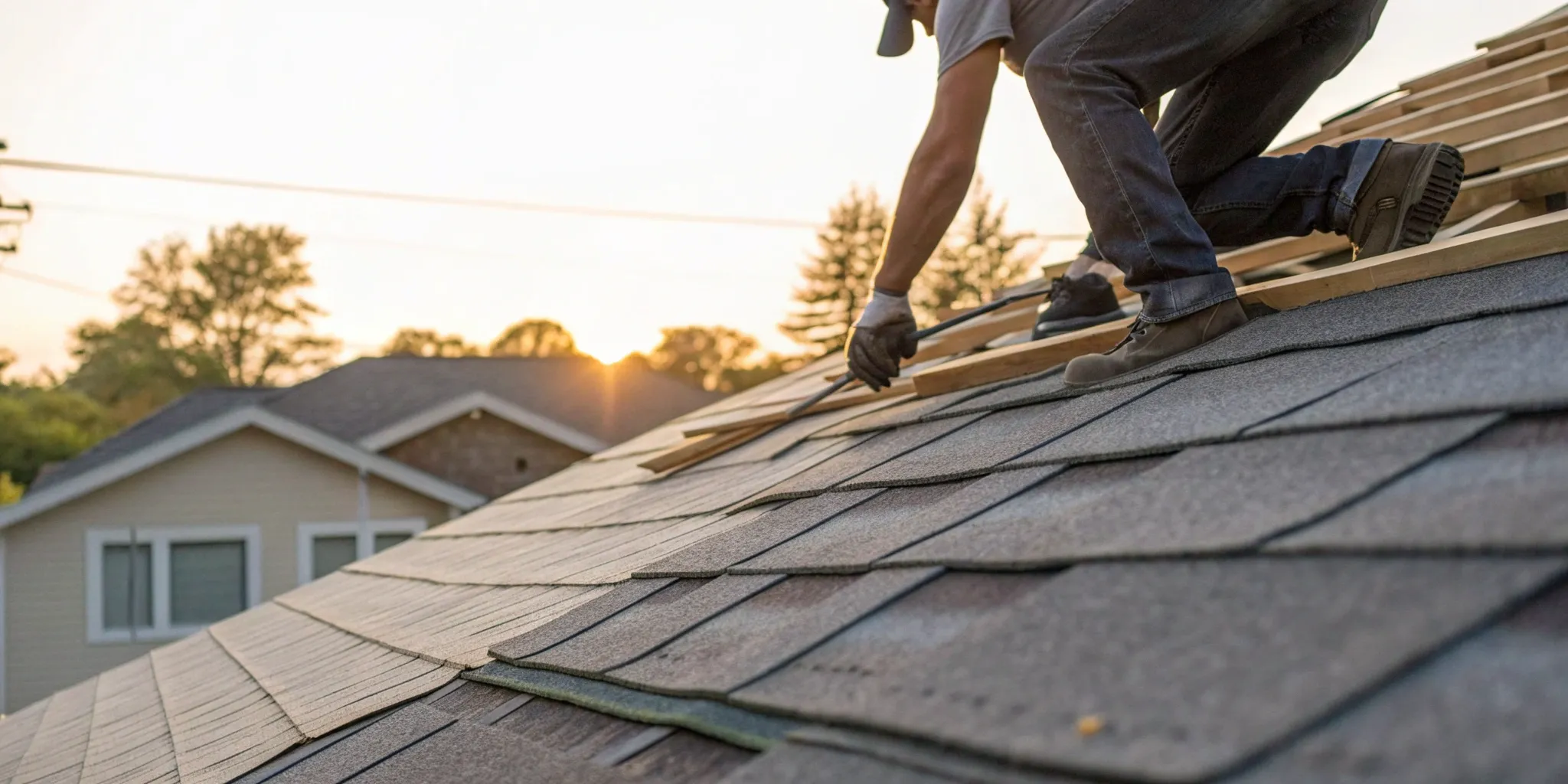

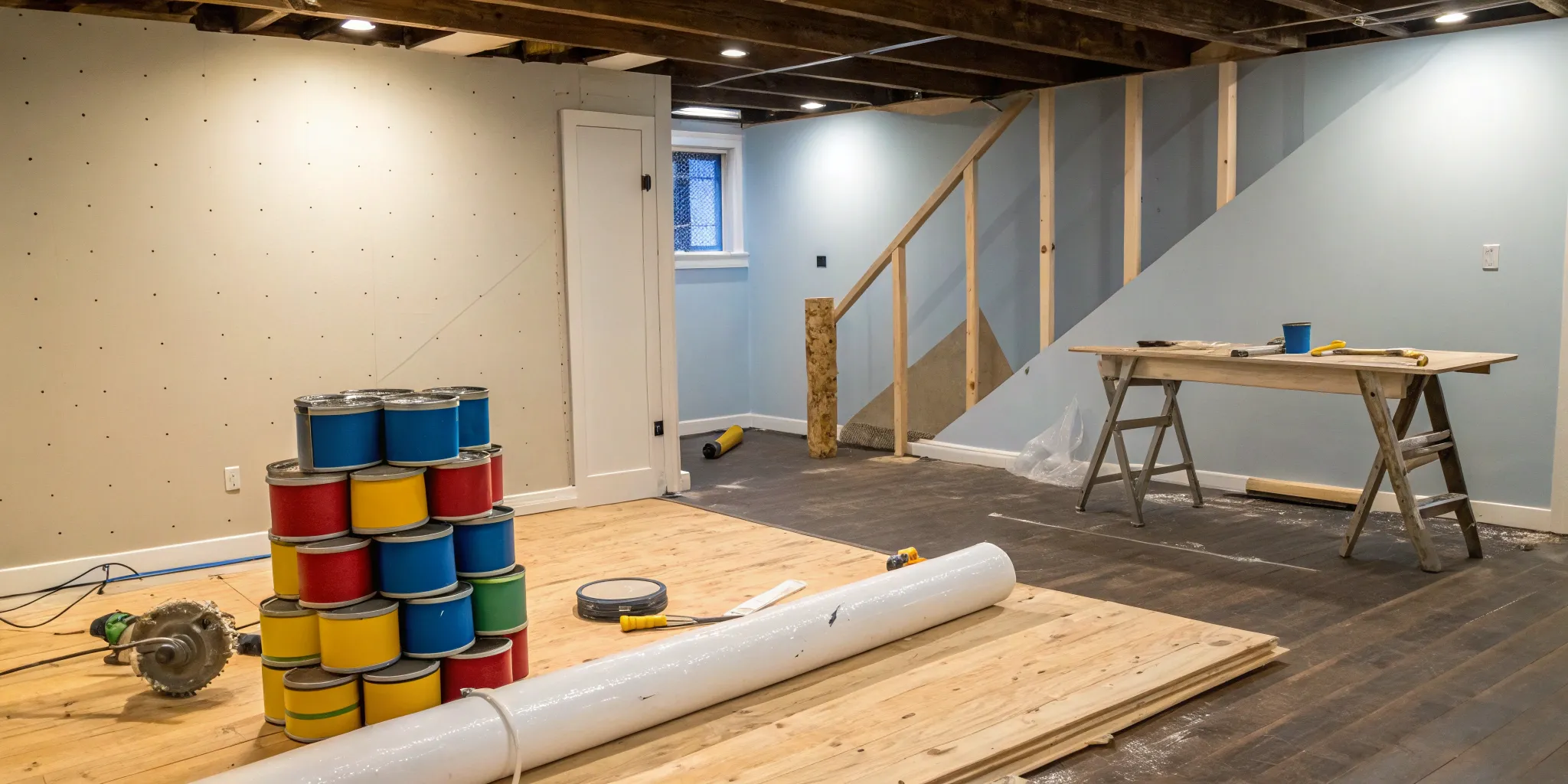

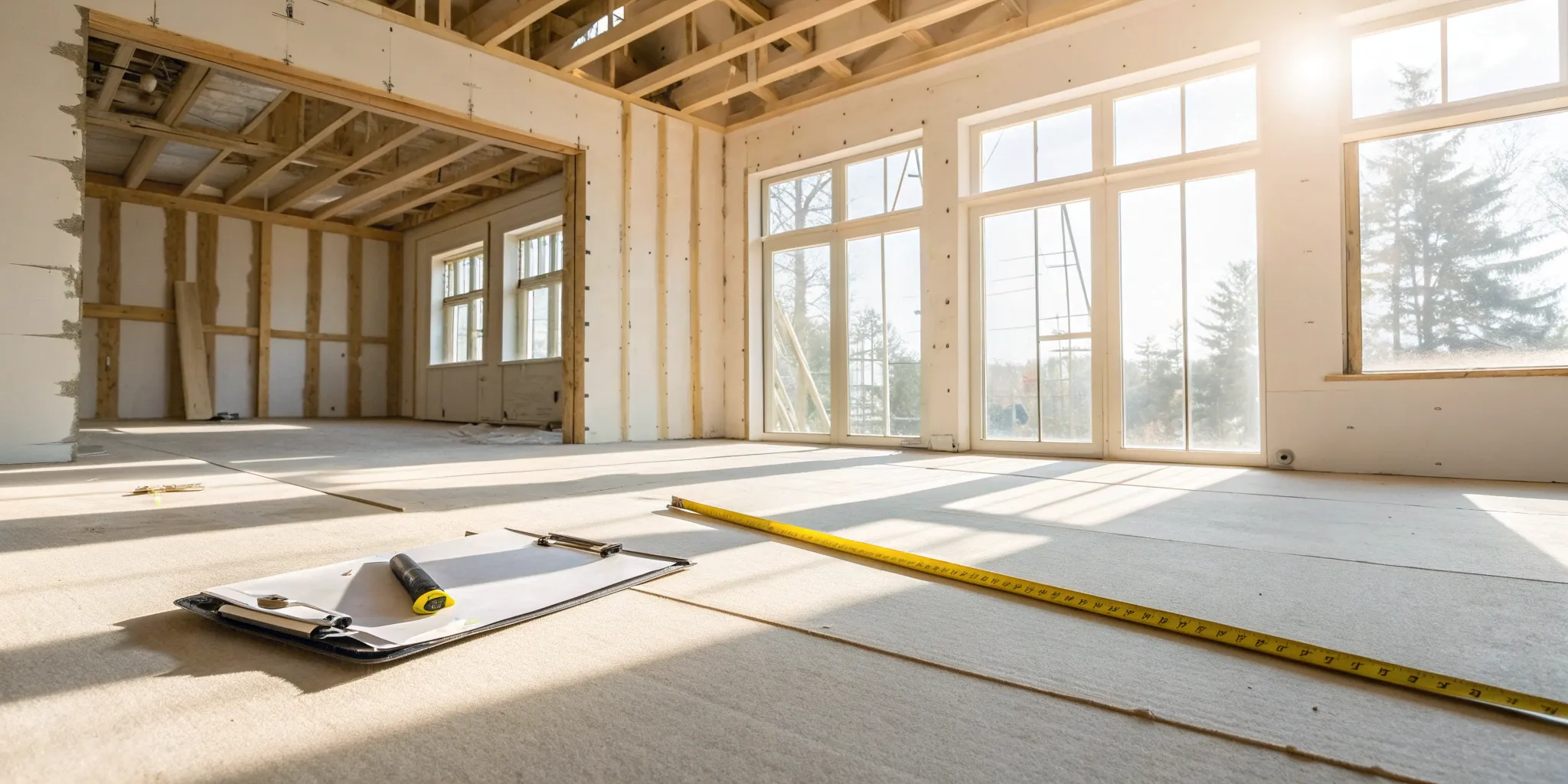
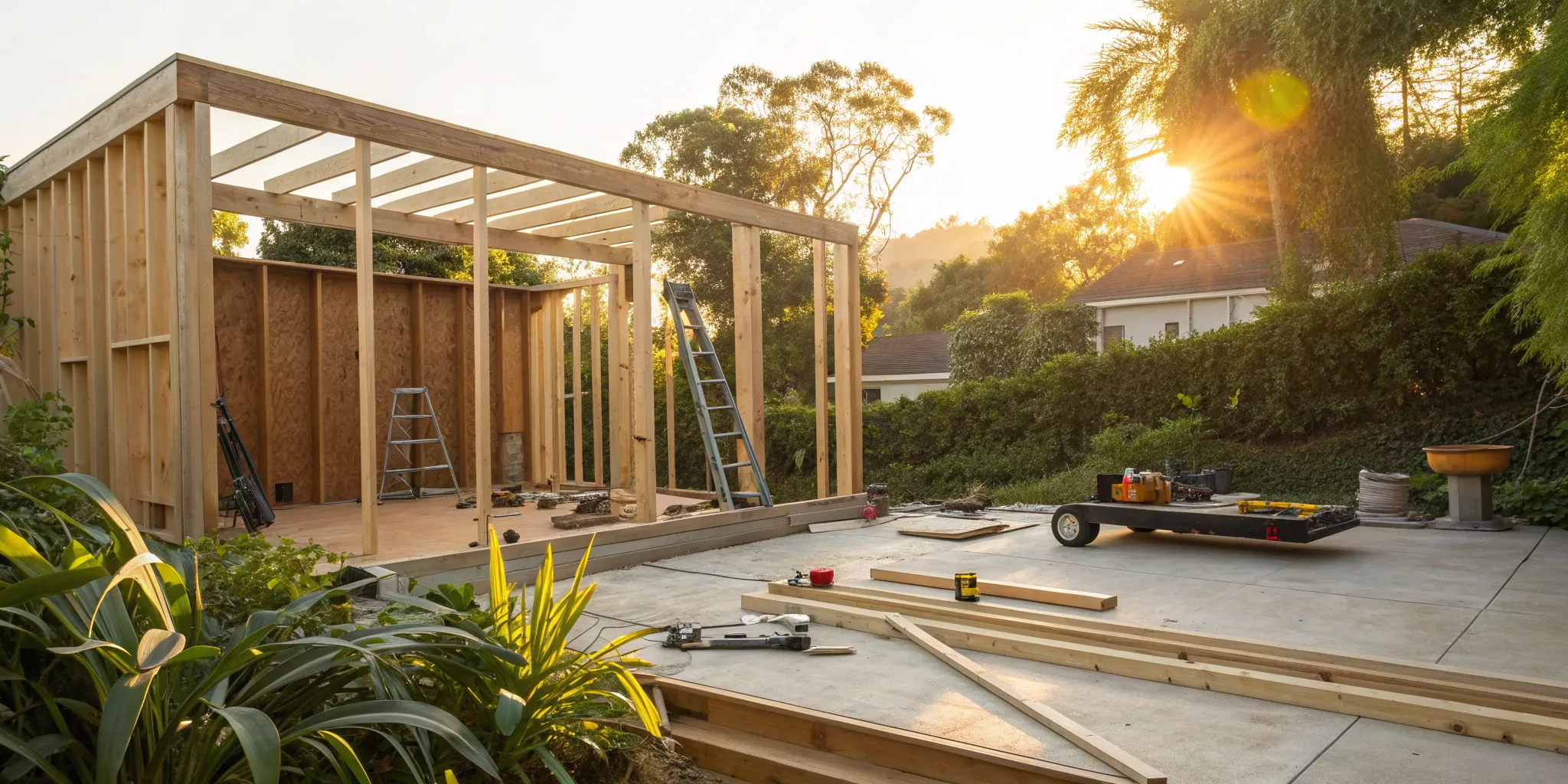
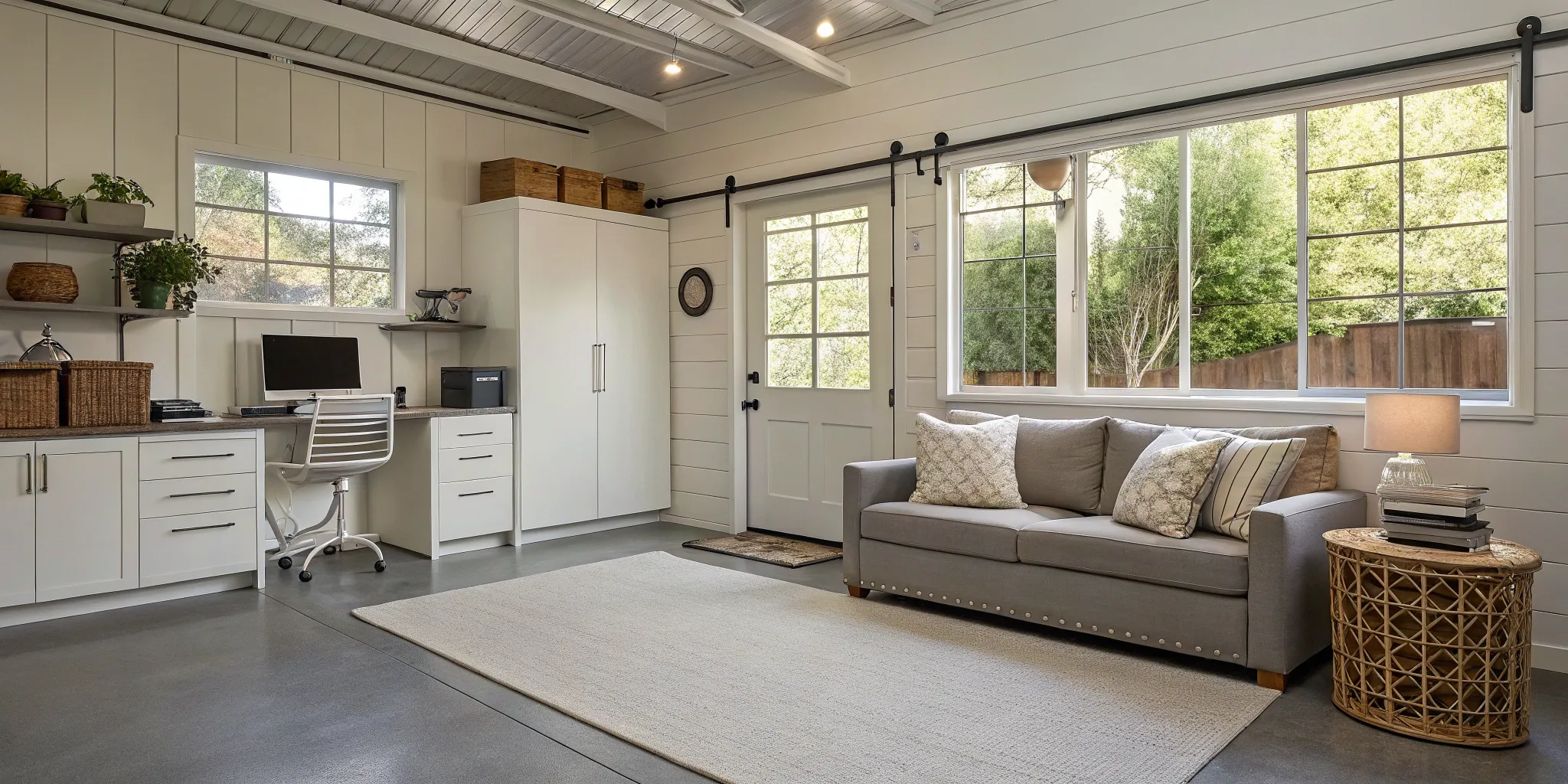
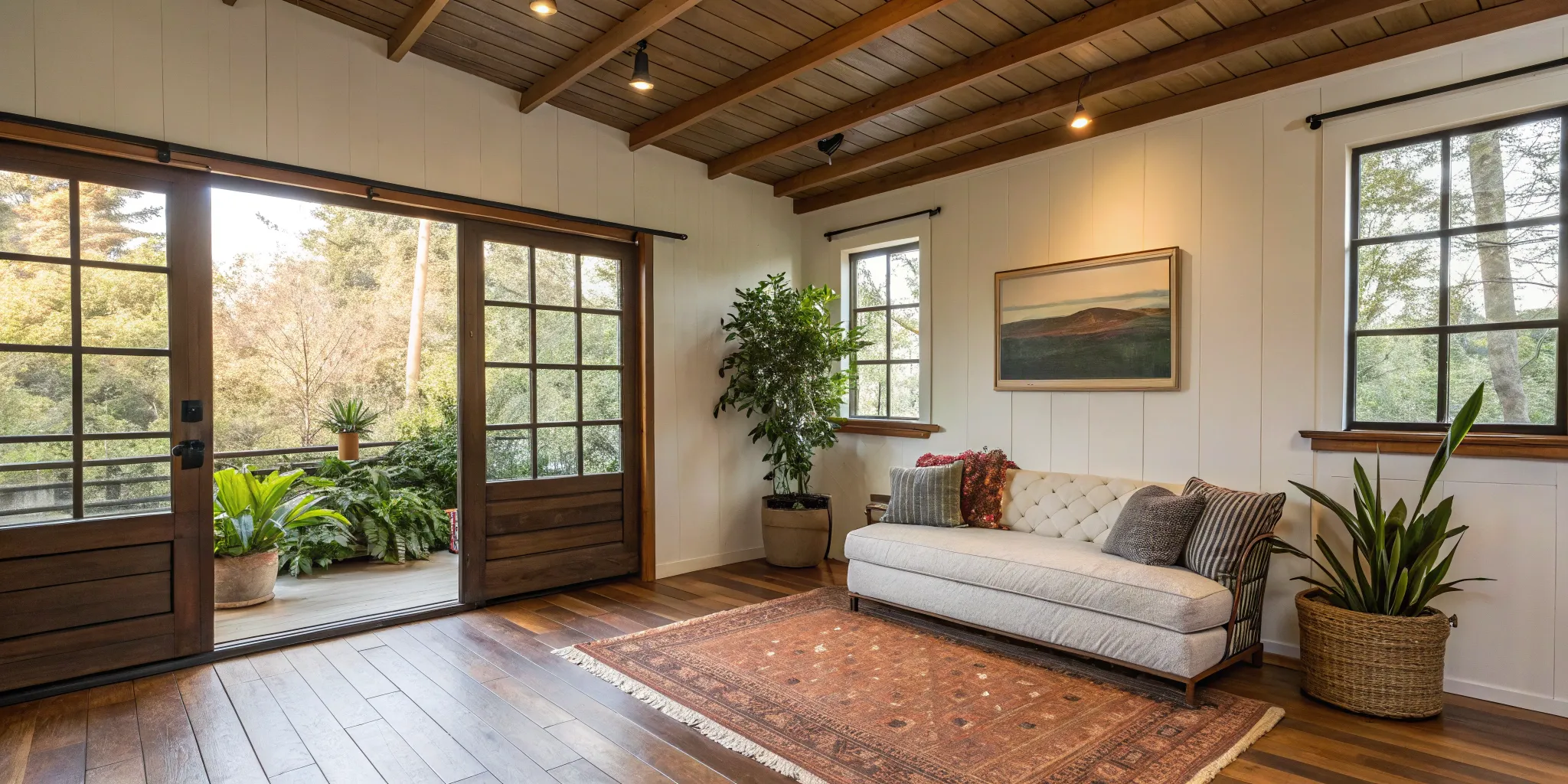
.png)
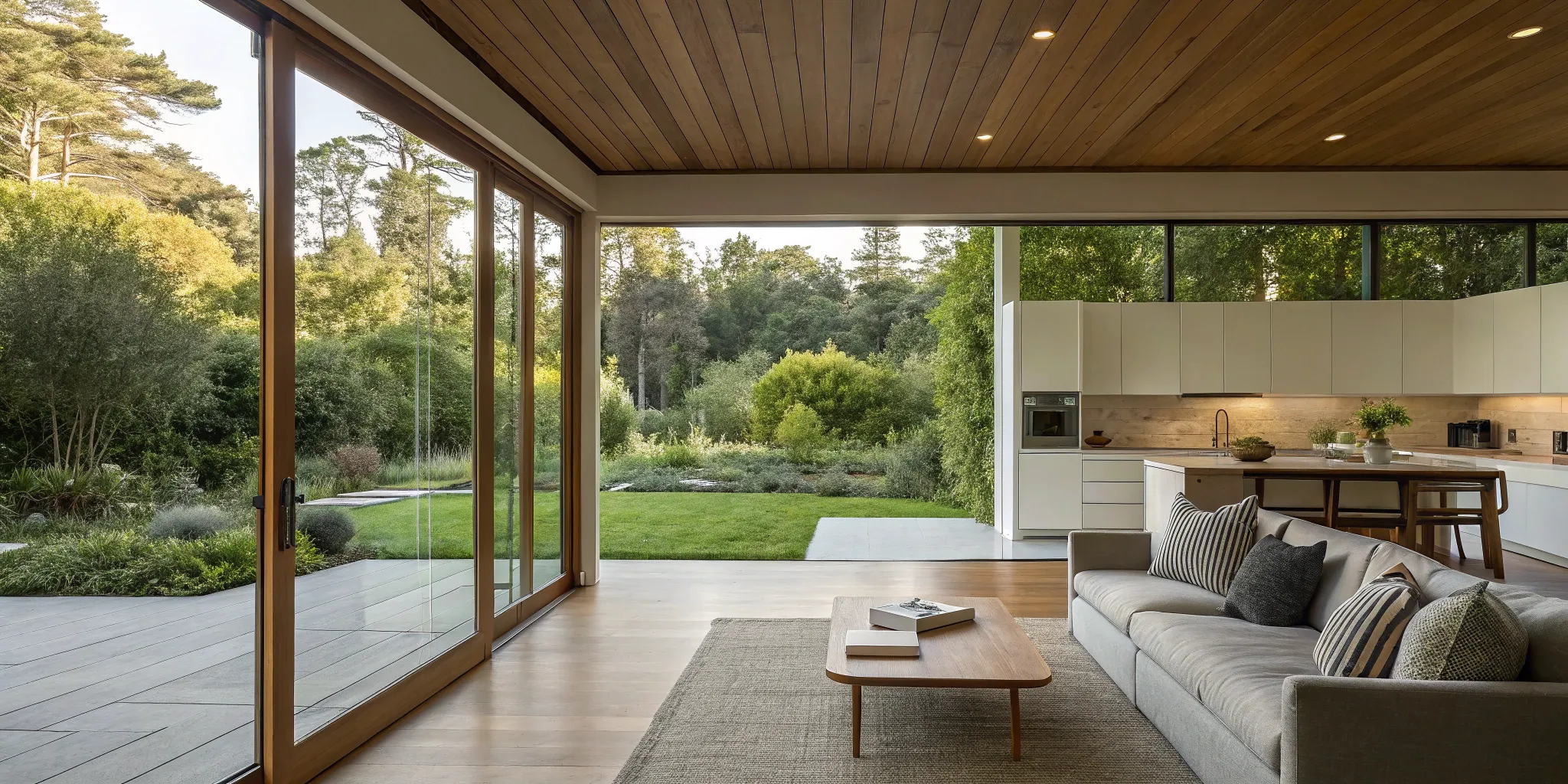
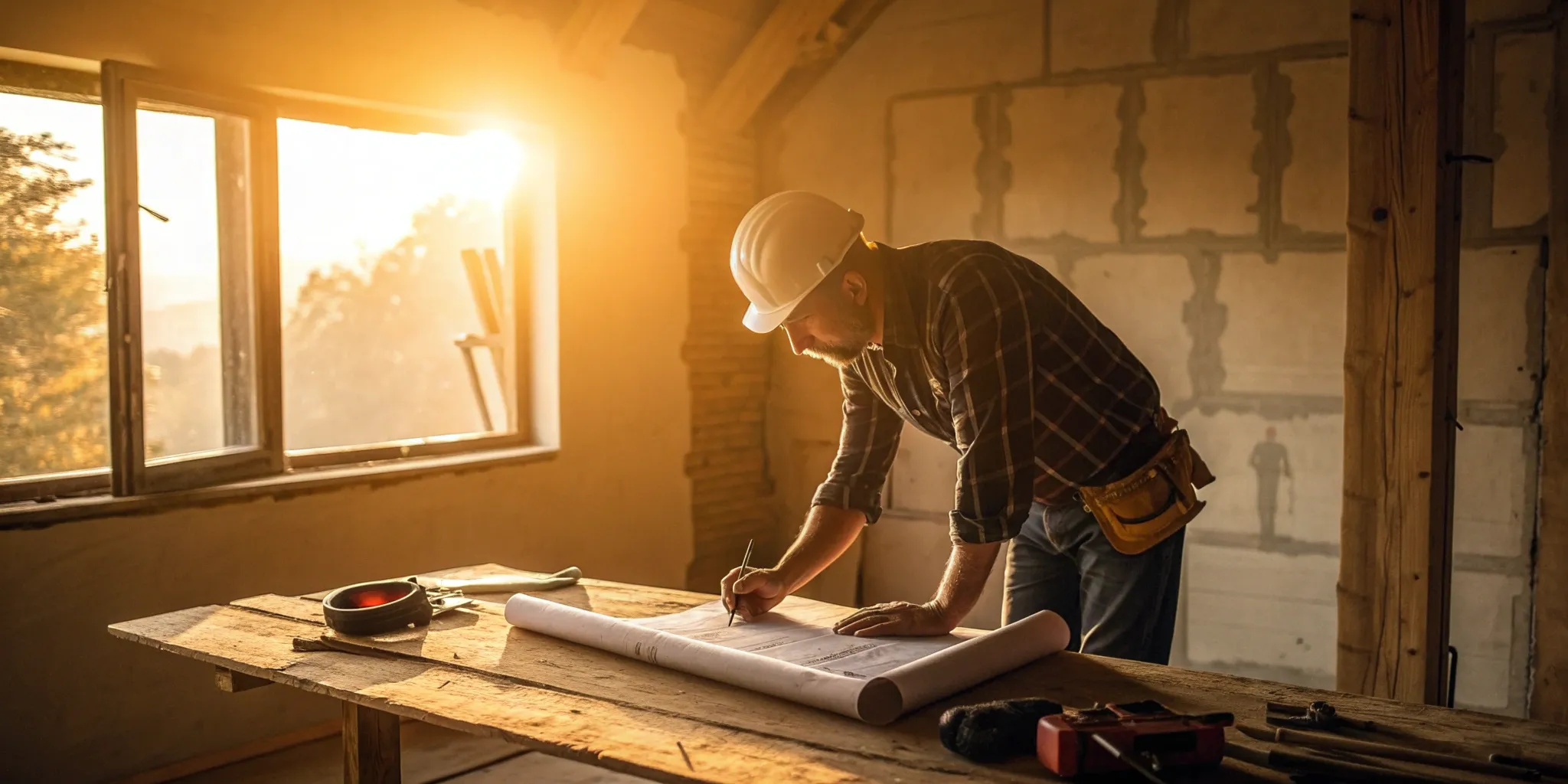
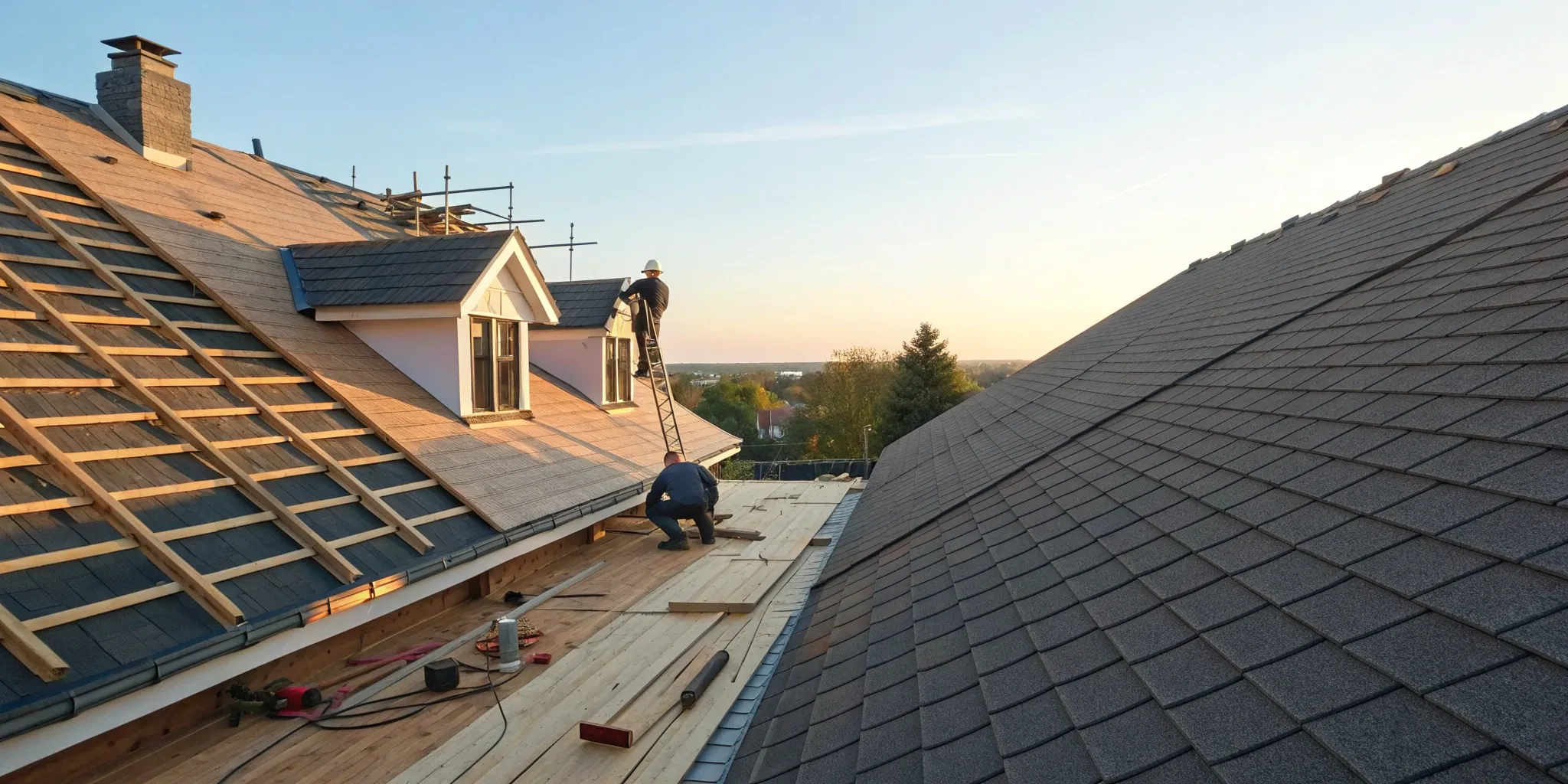
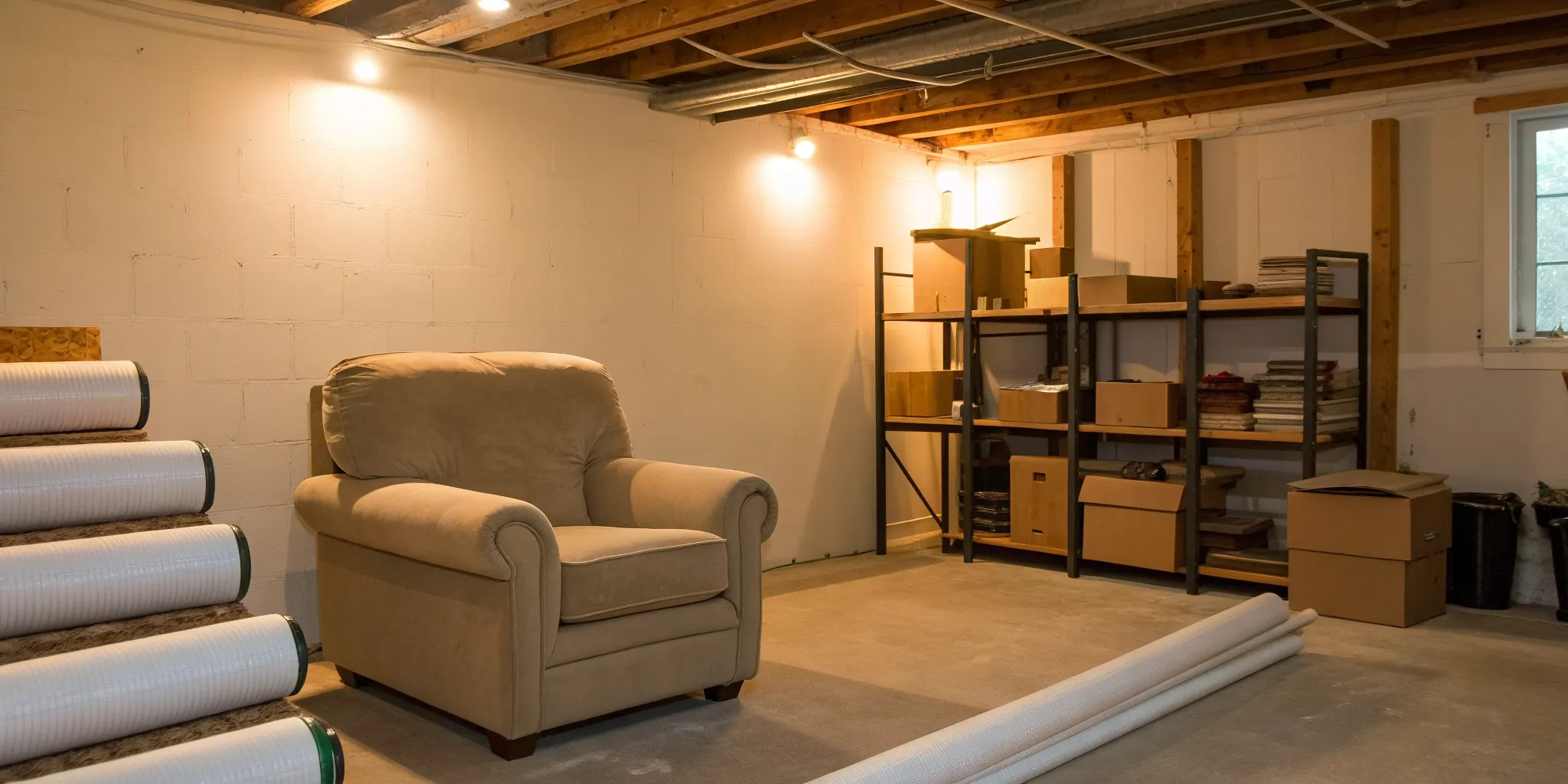
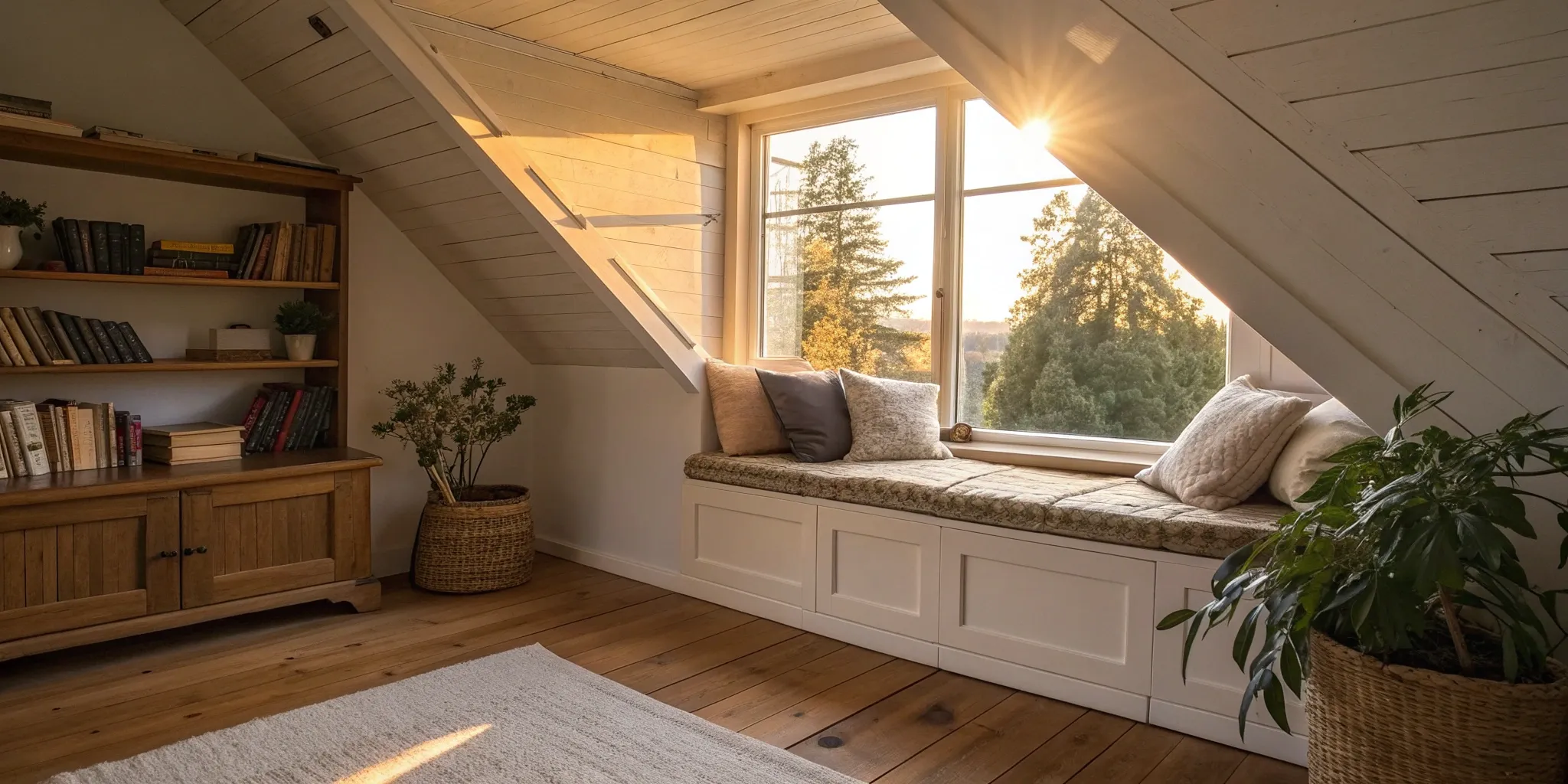
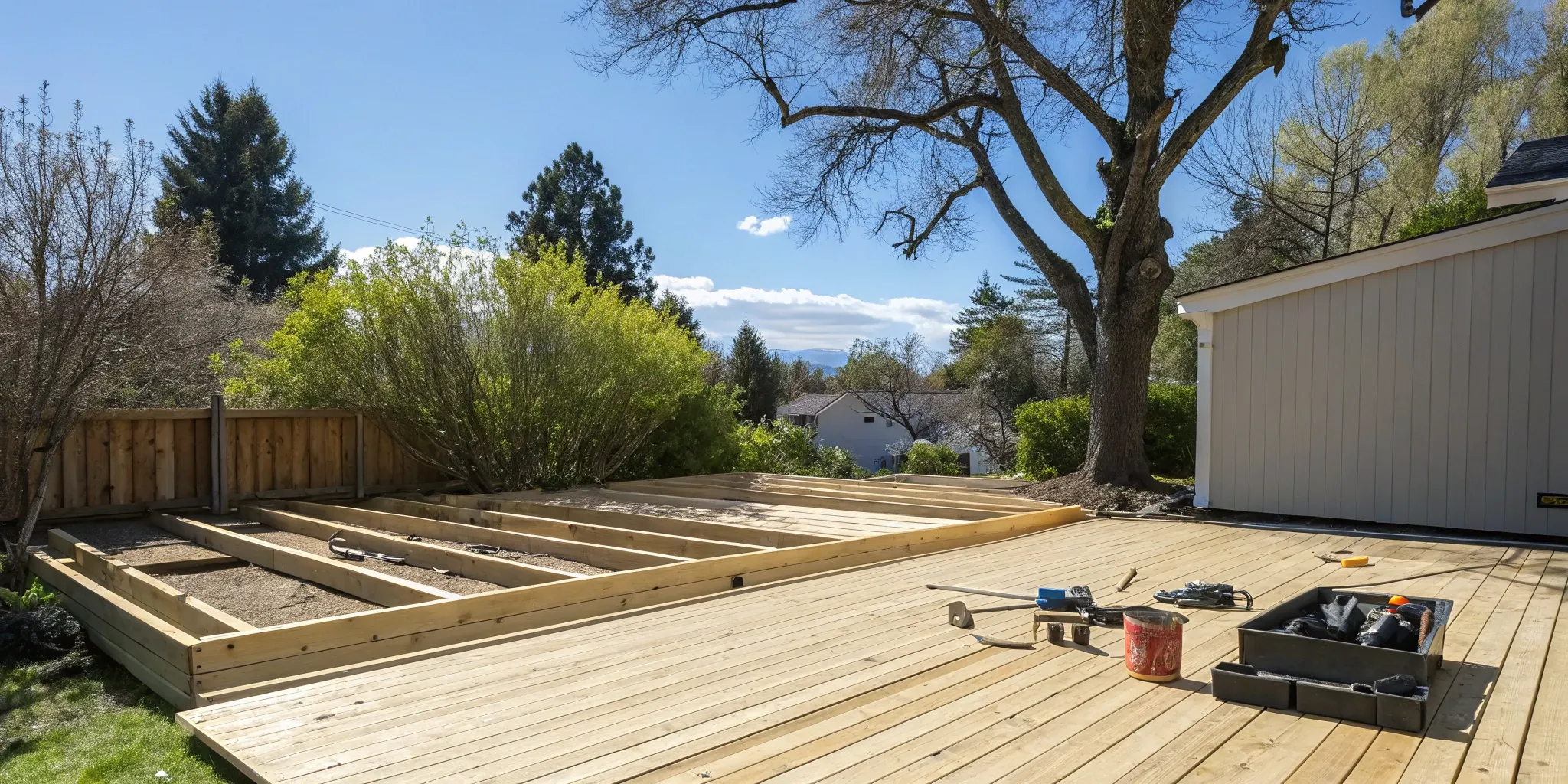
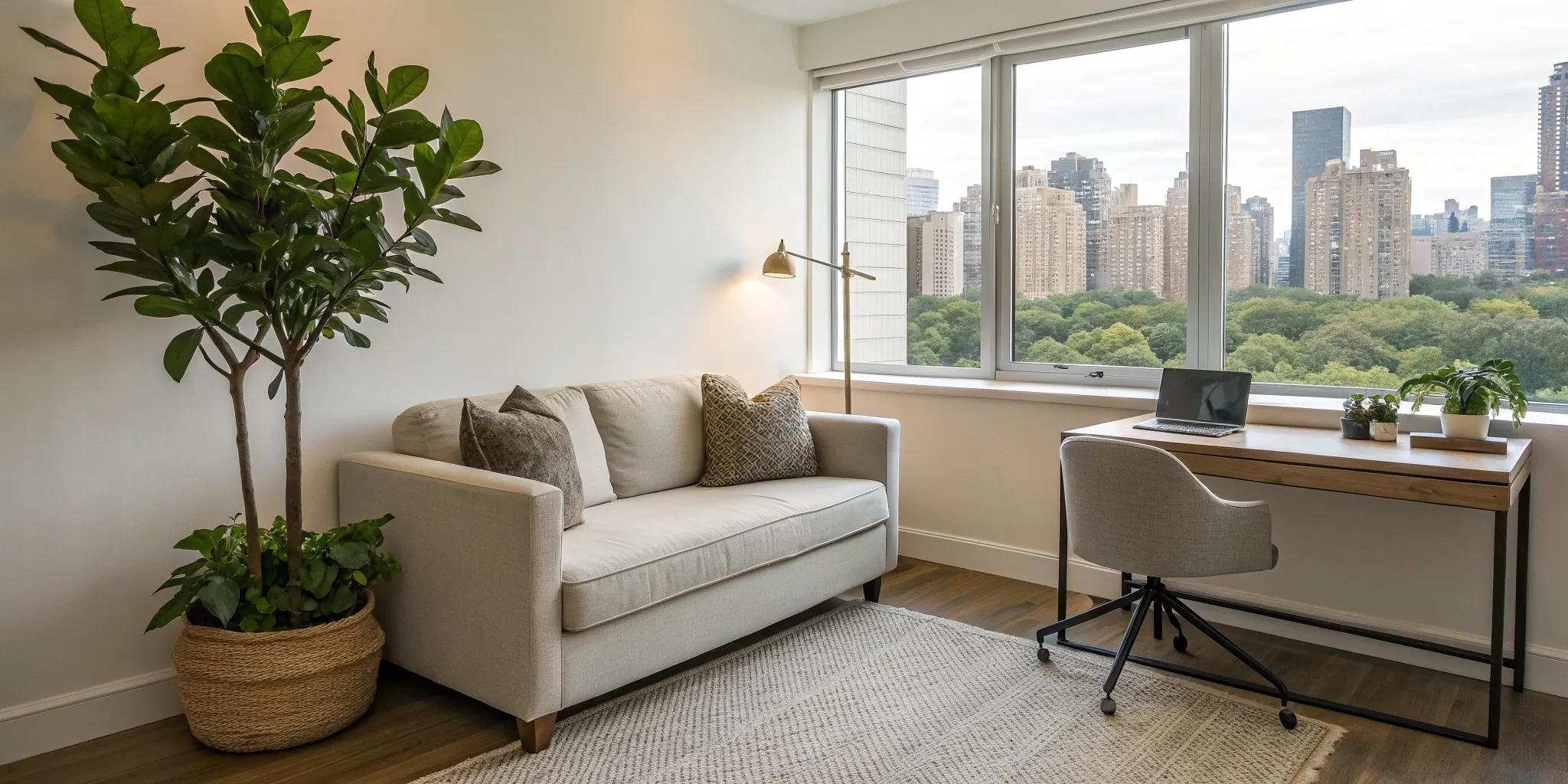
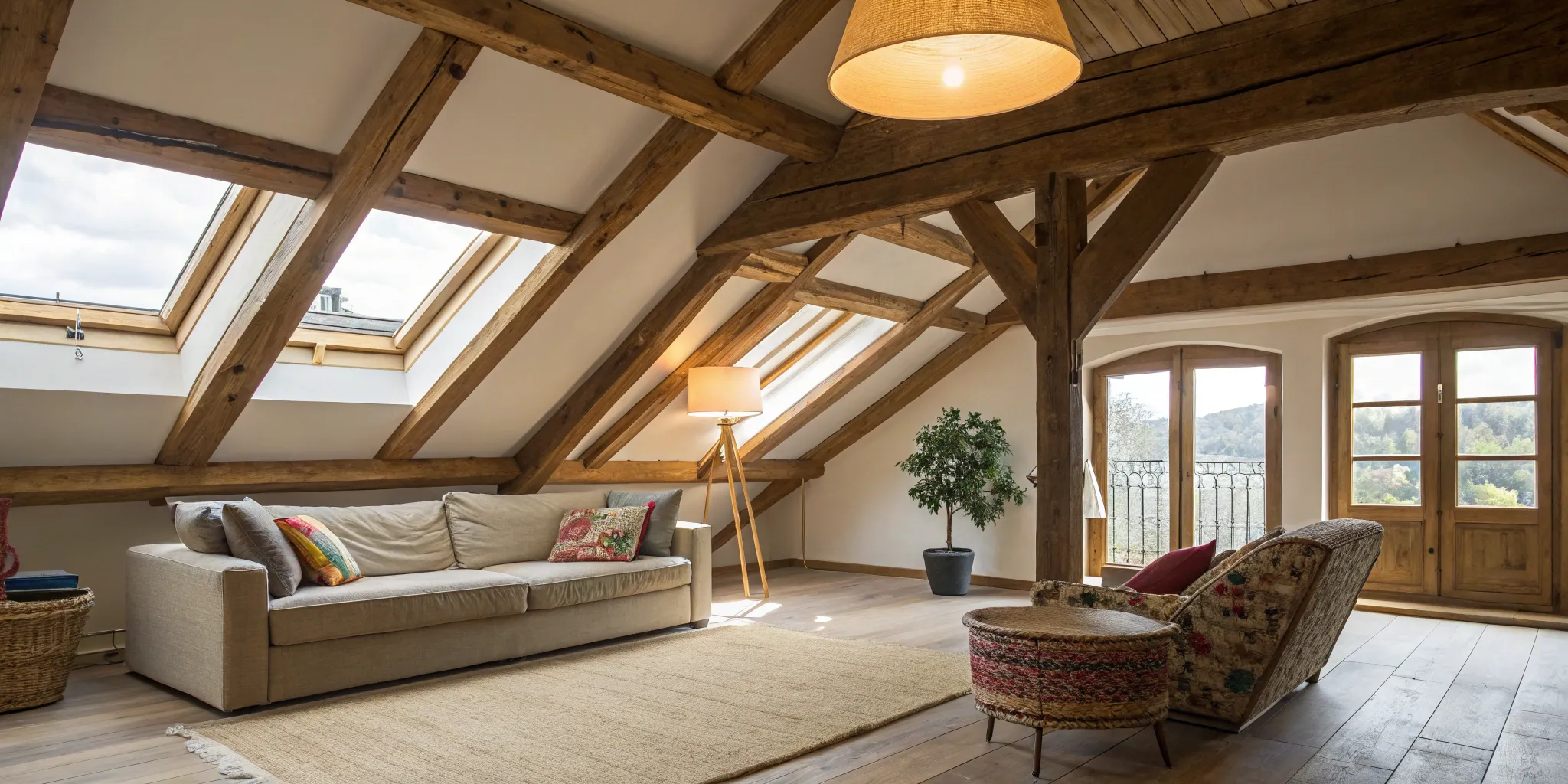



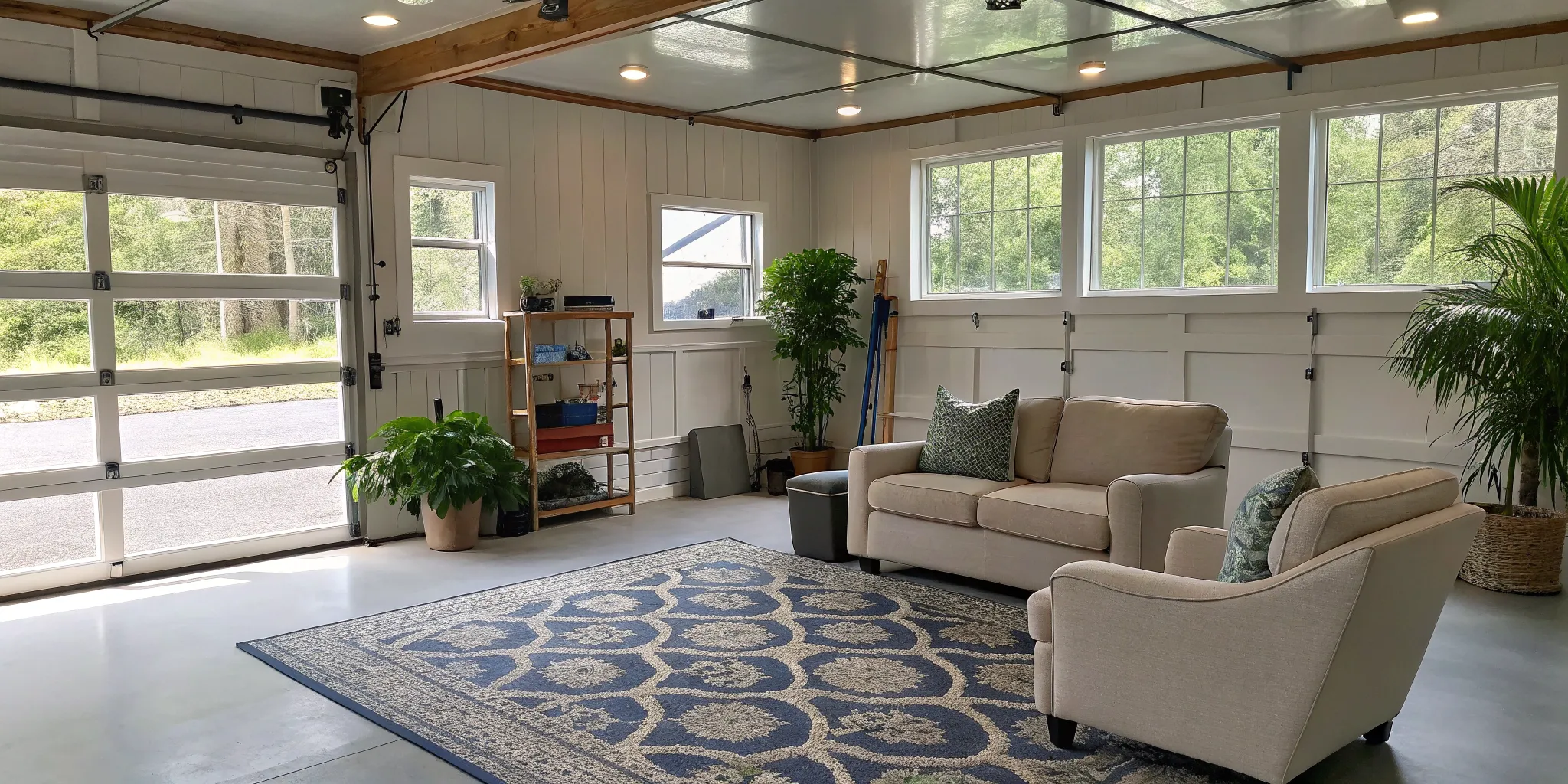



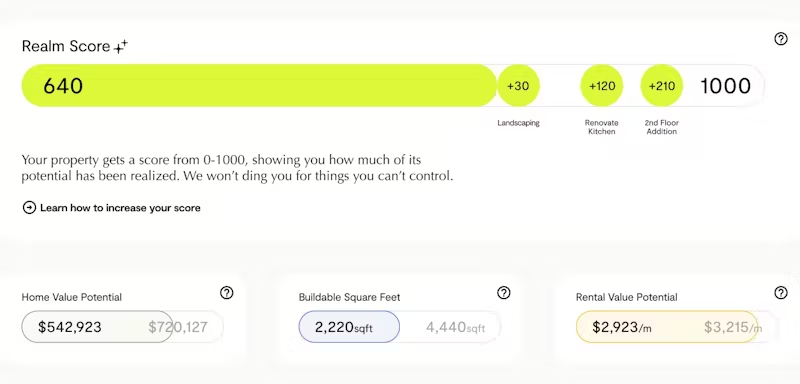
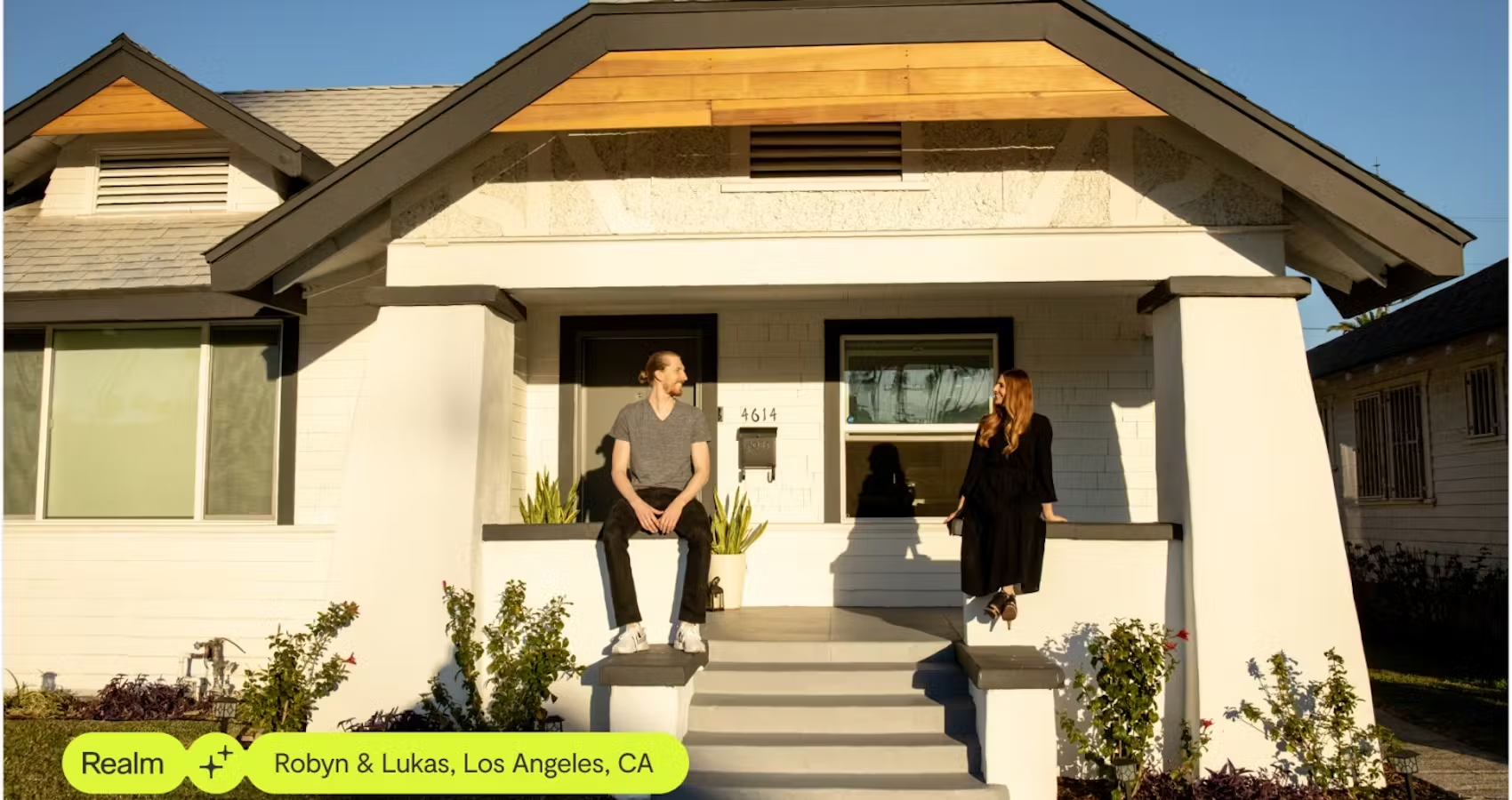
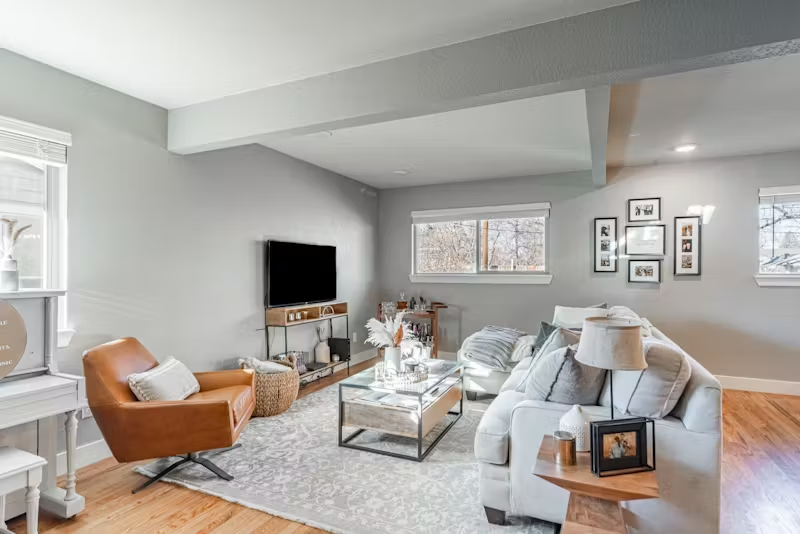
.avif)


